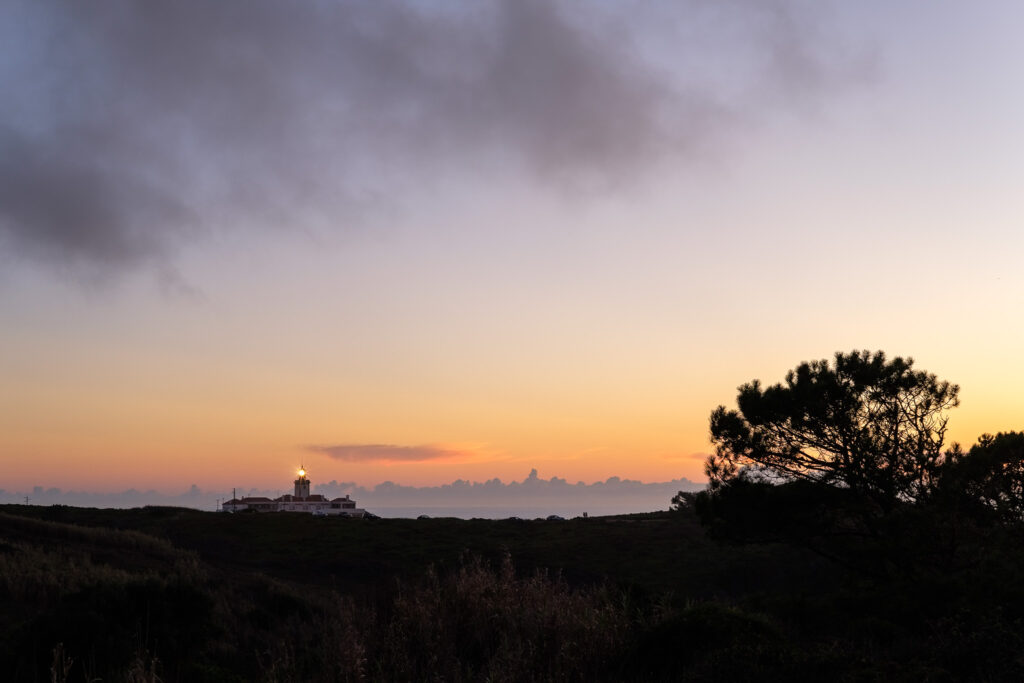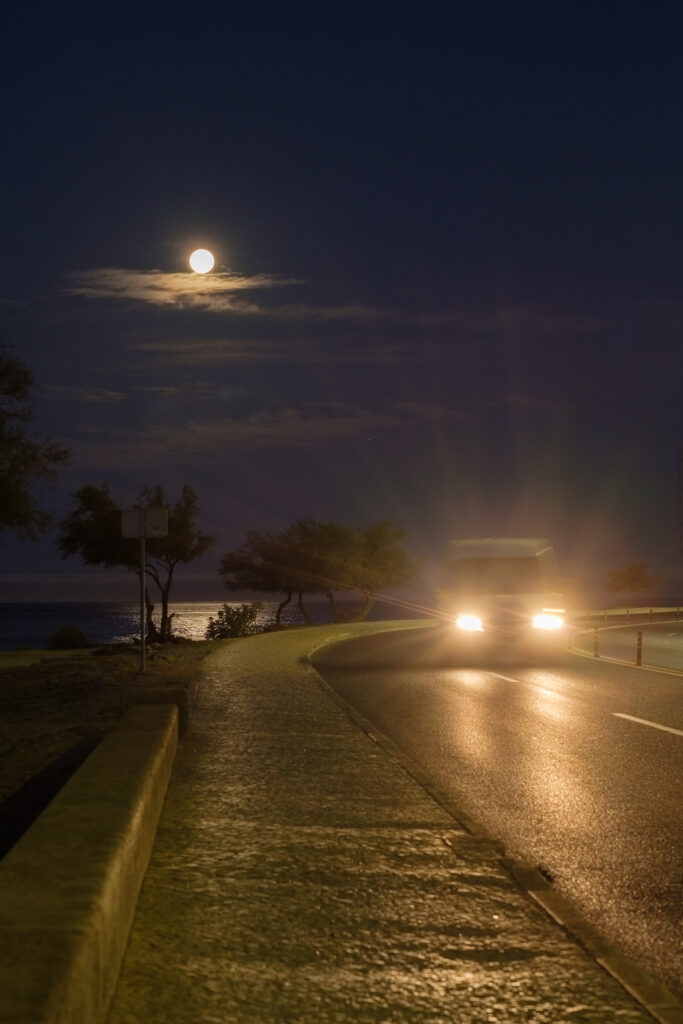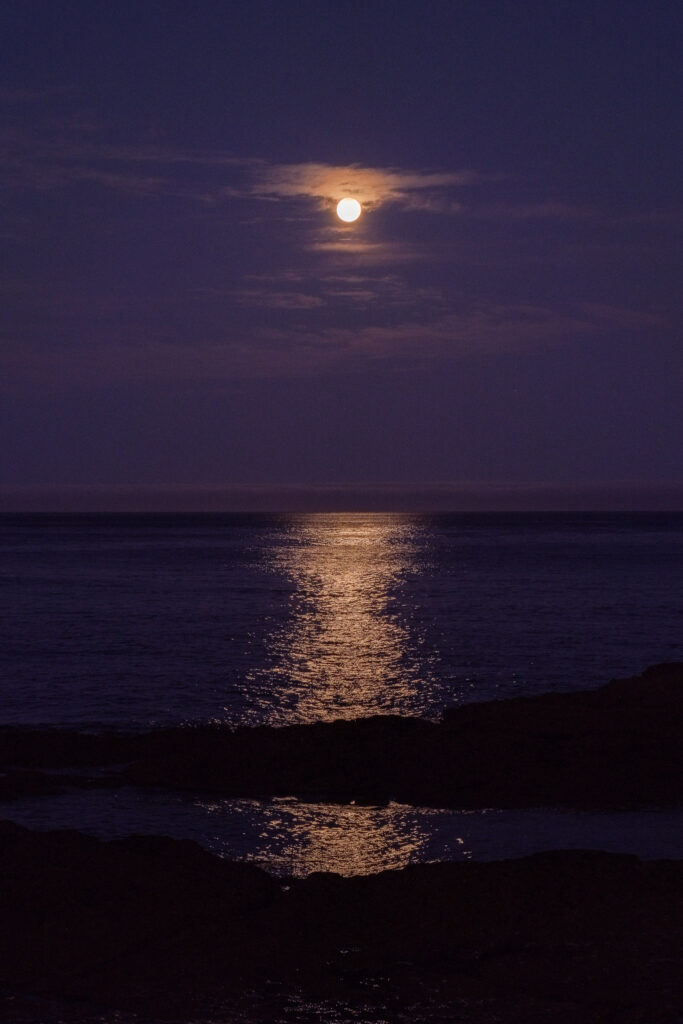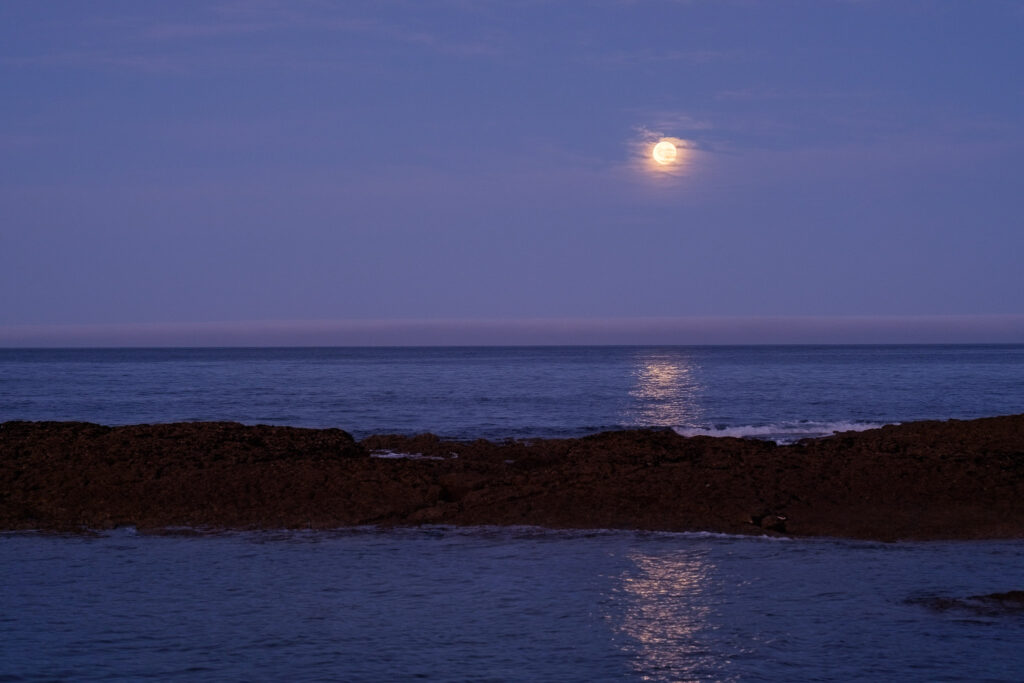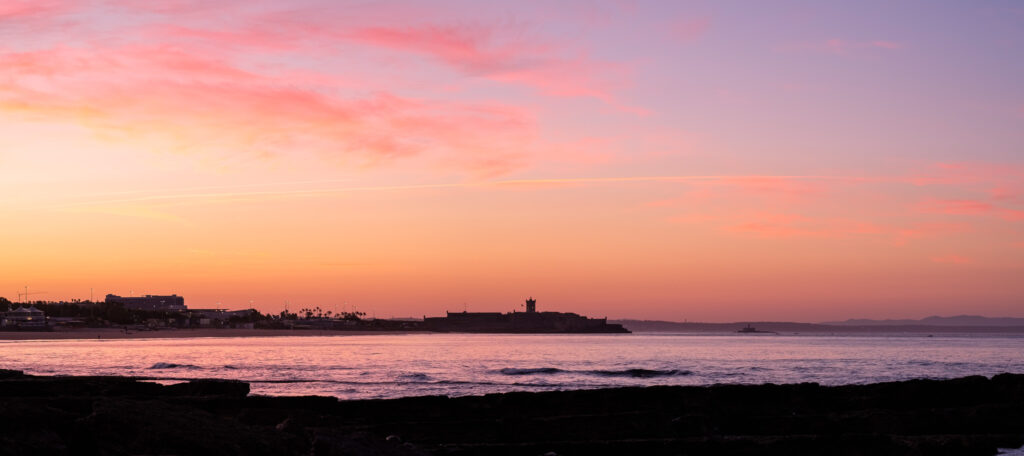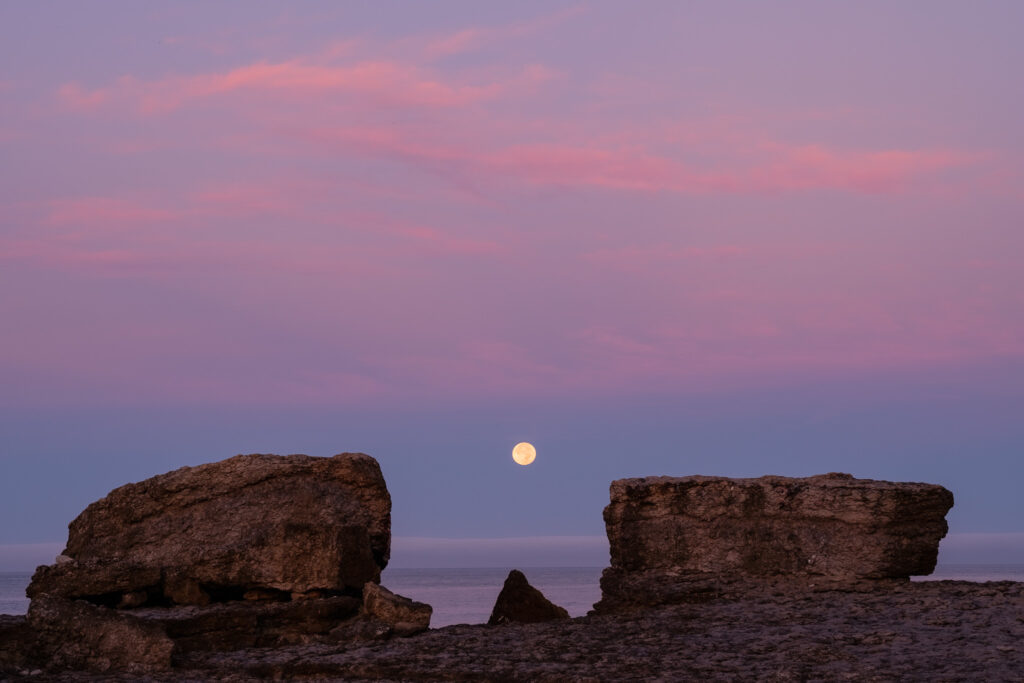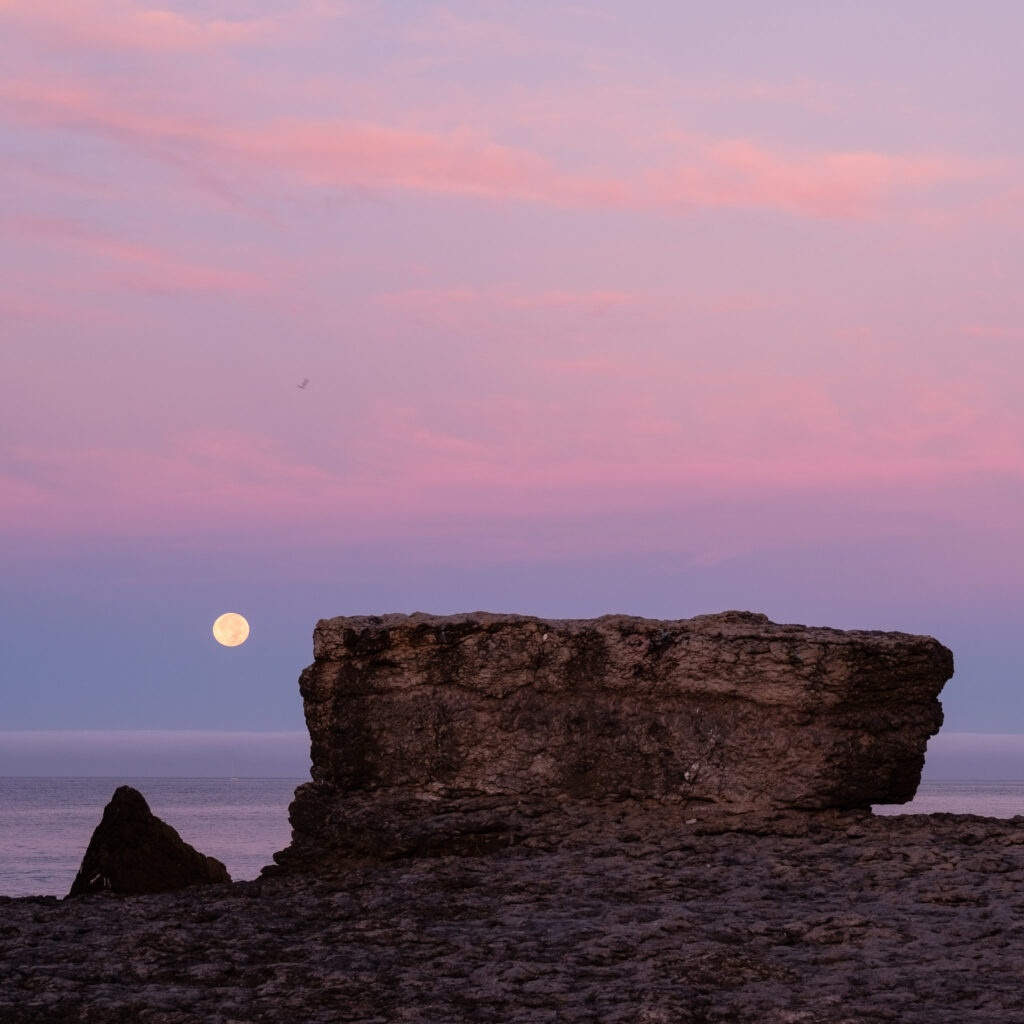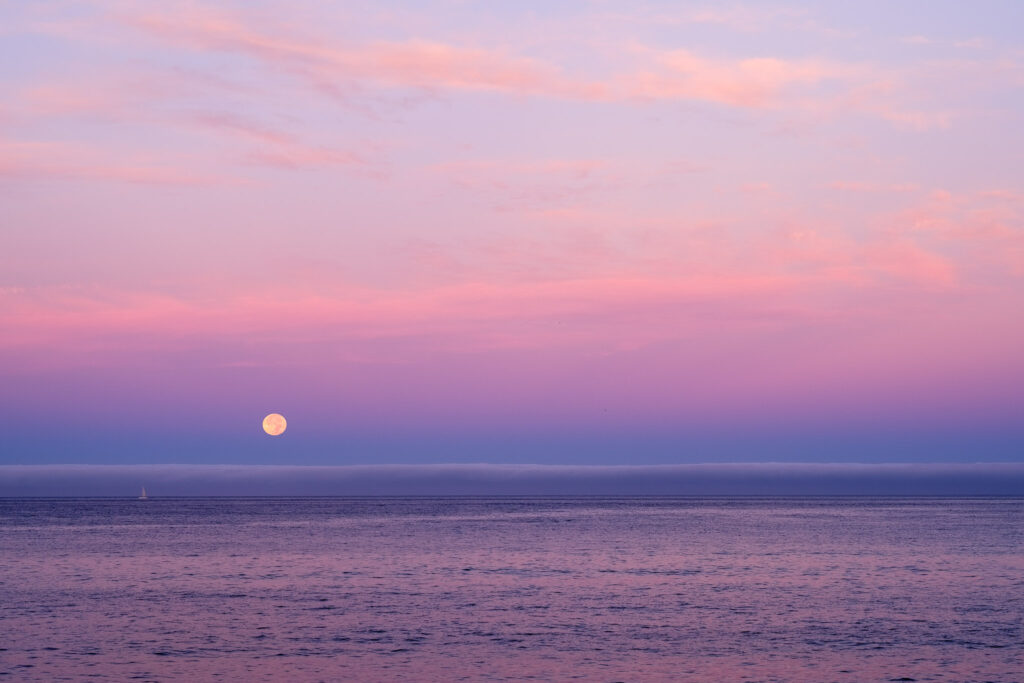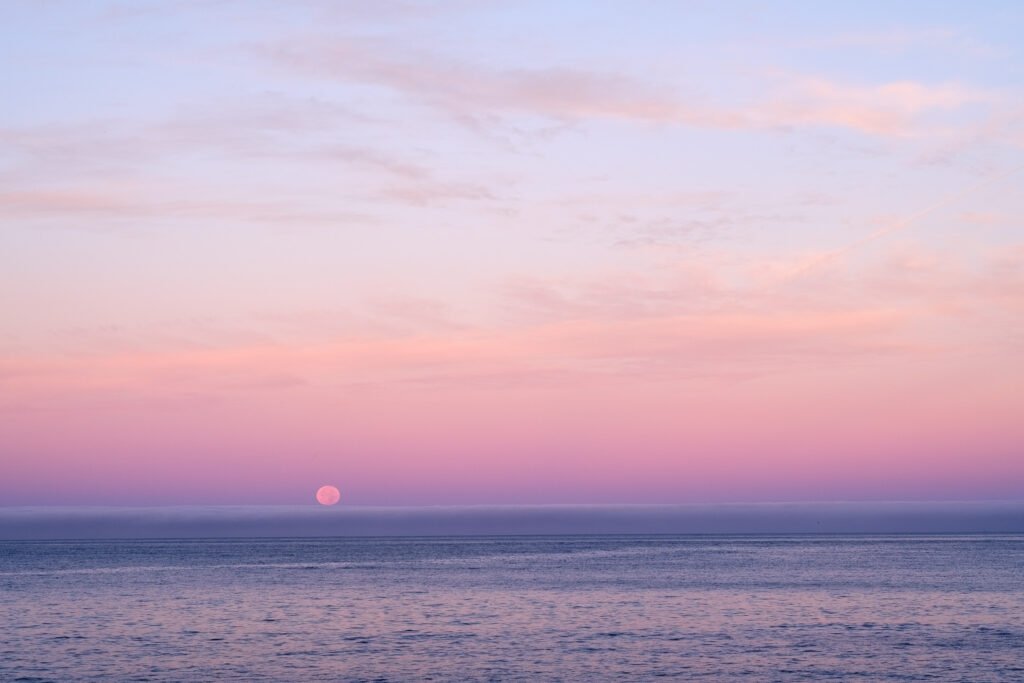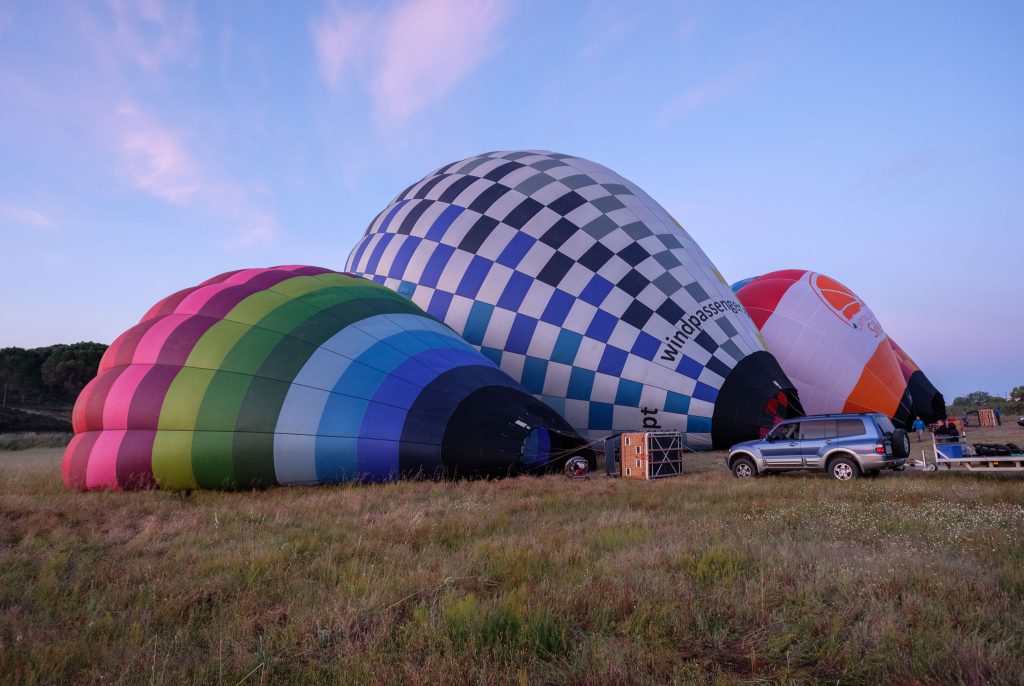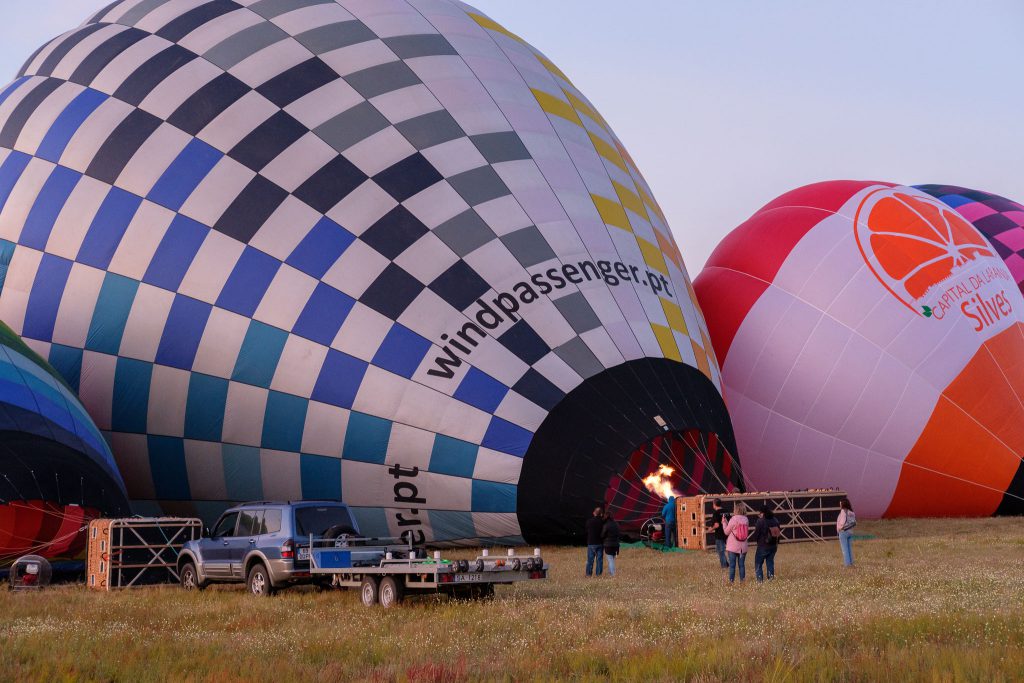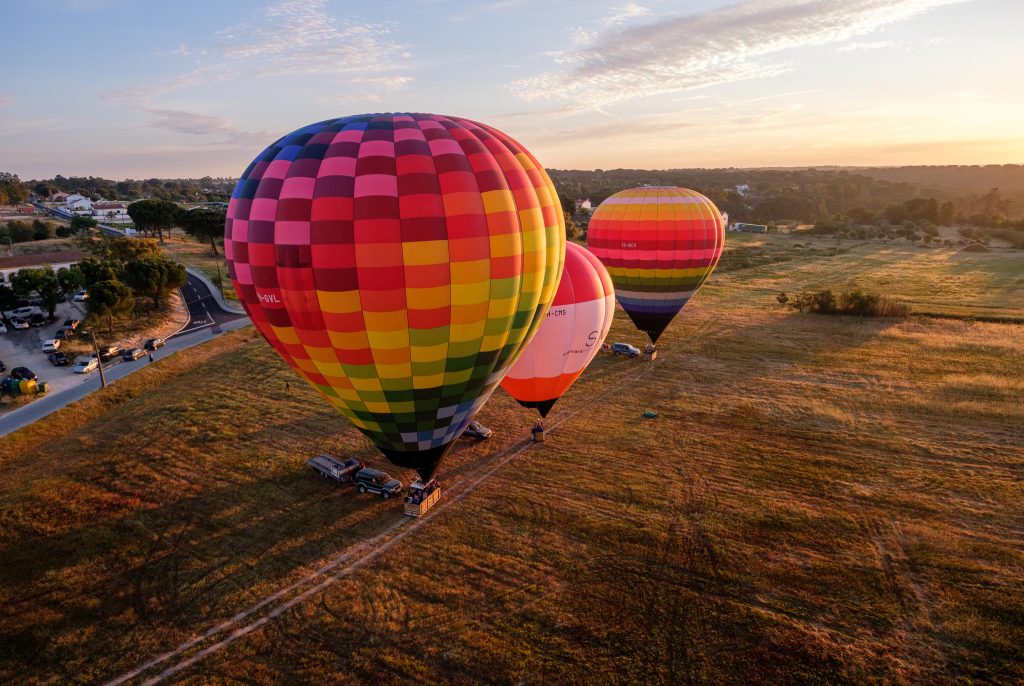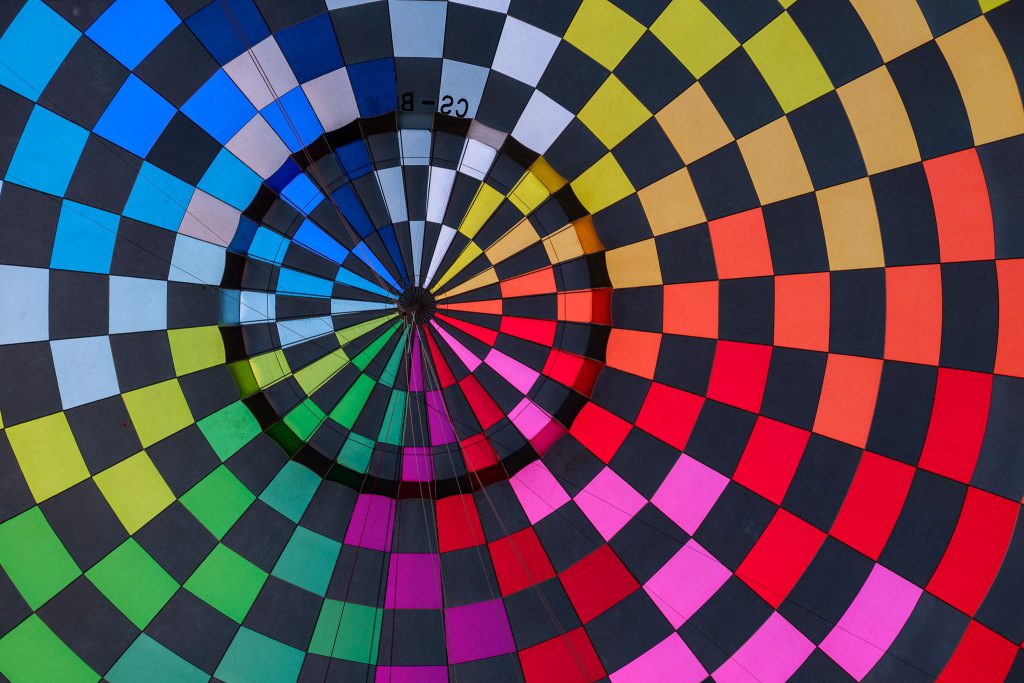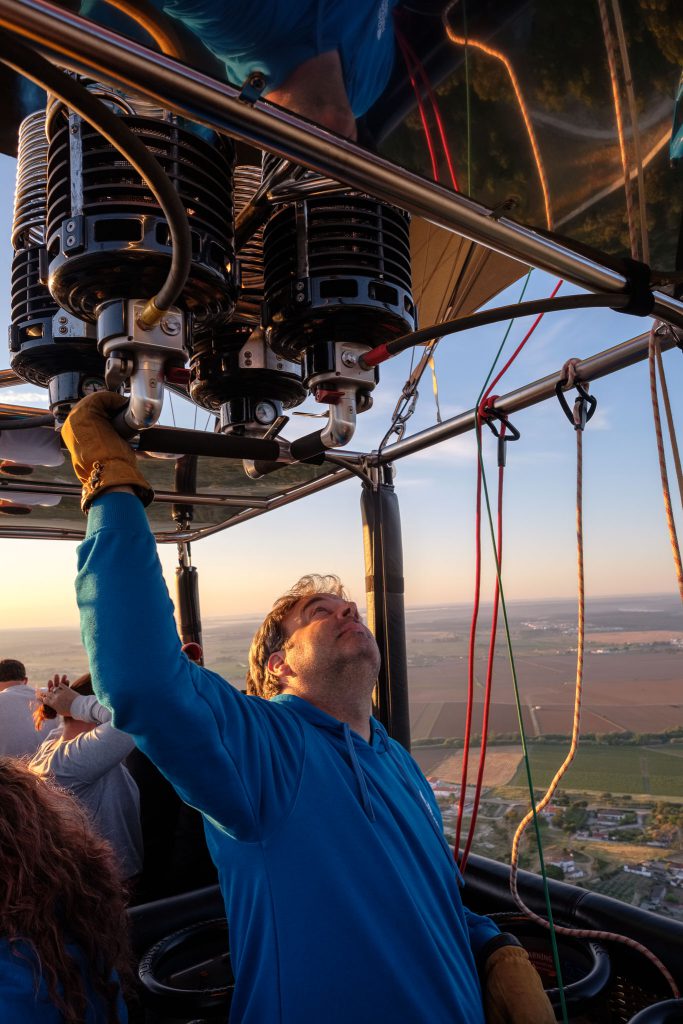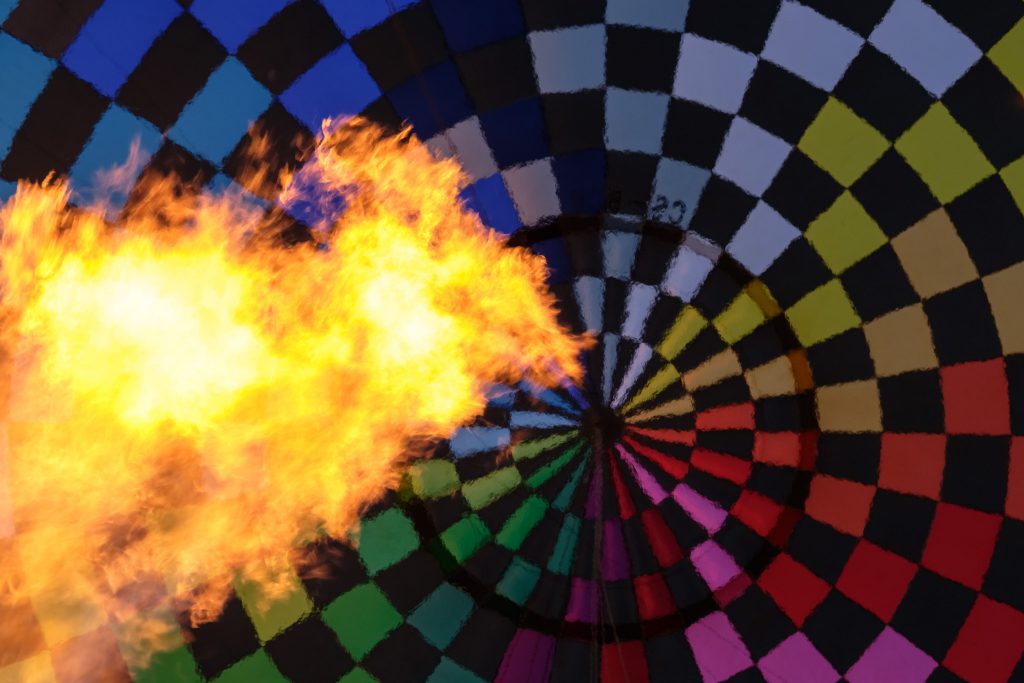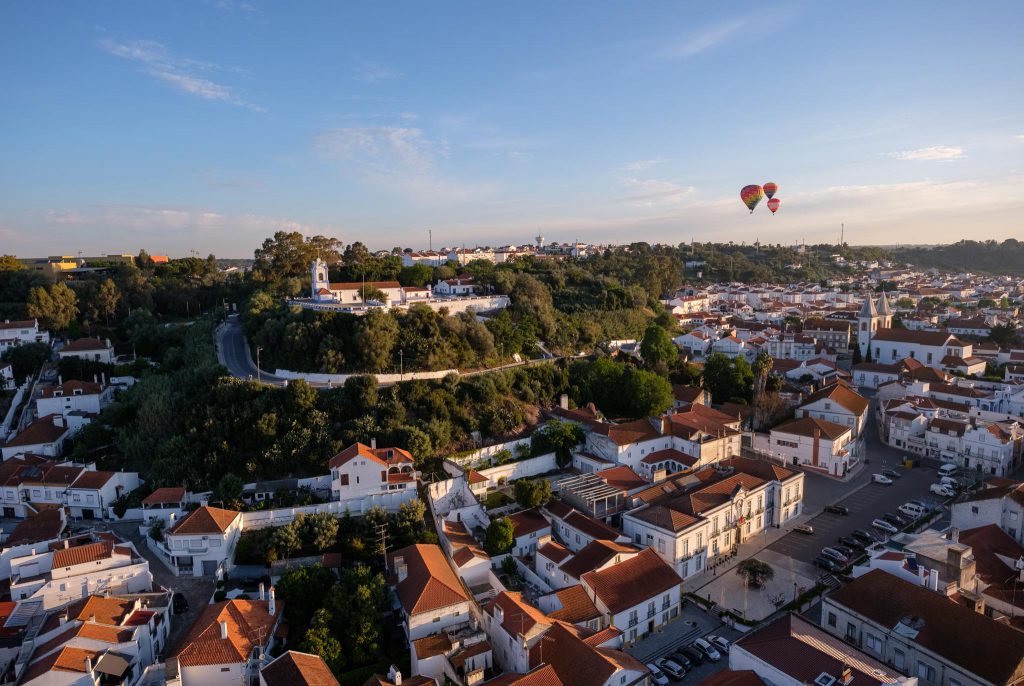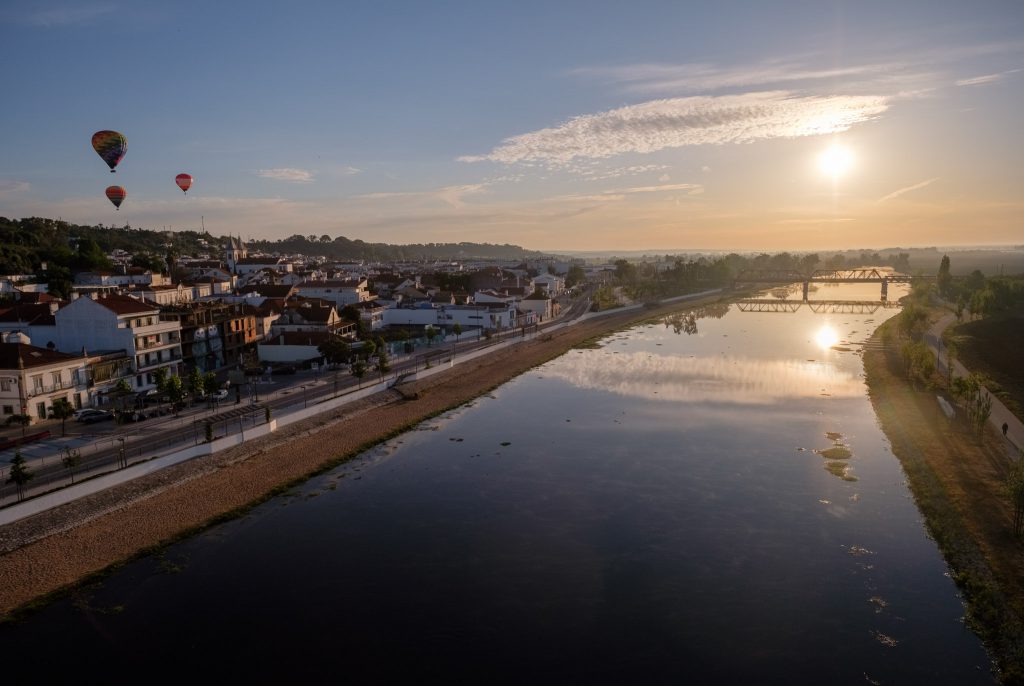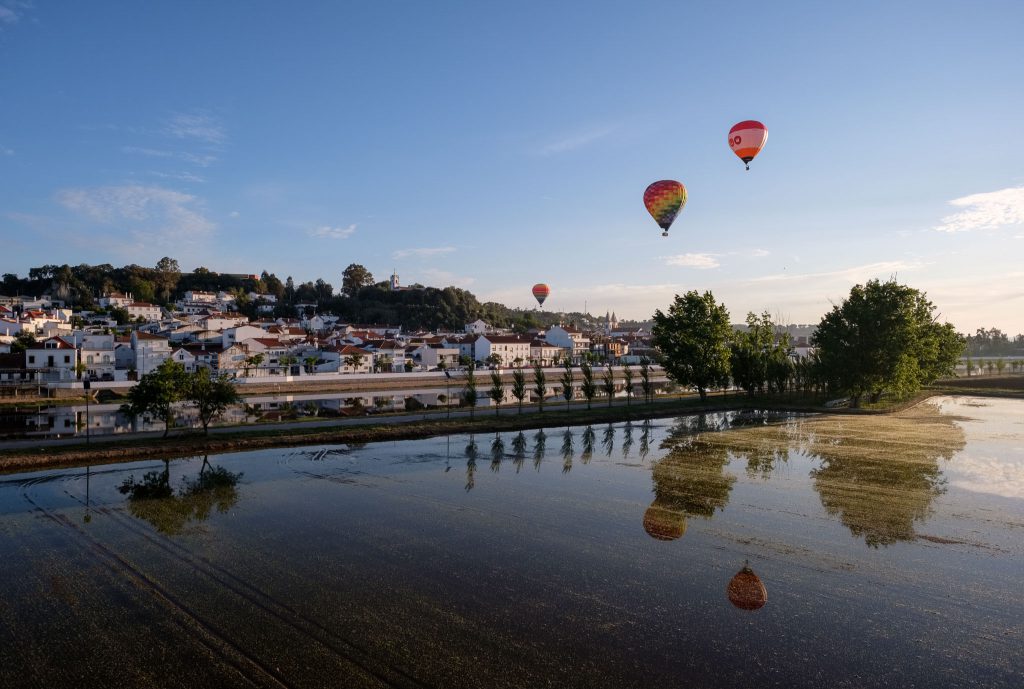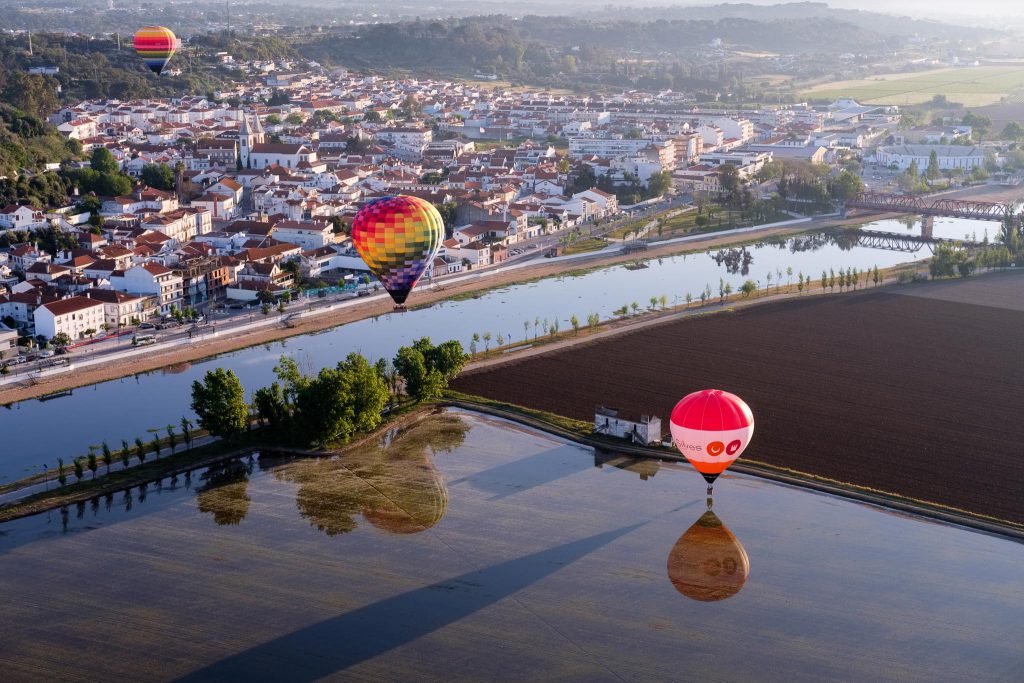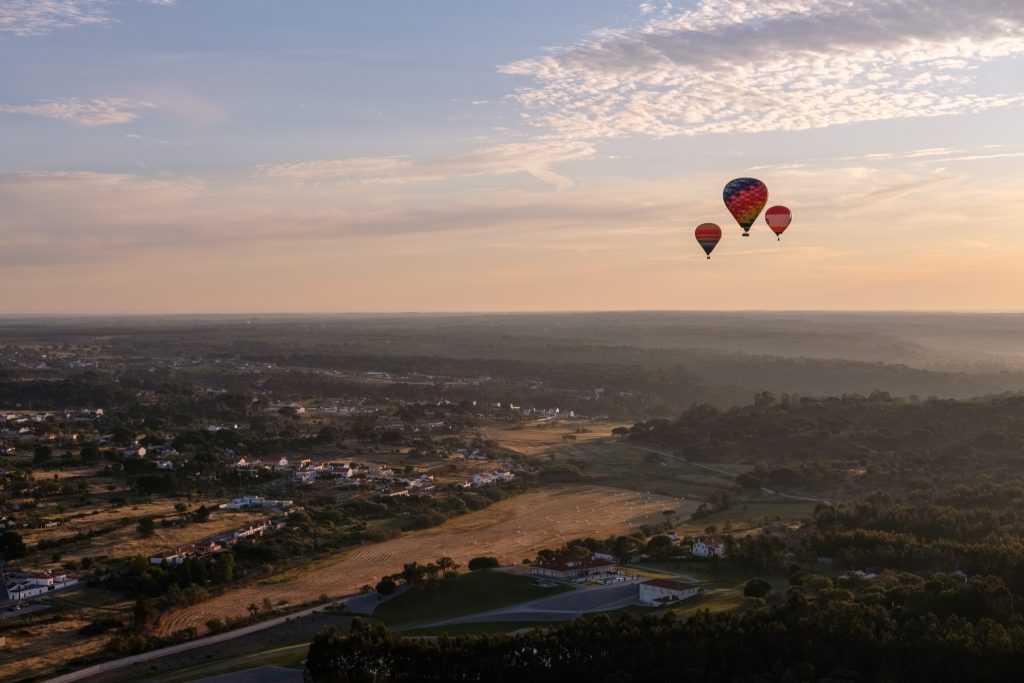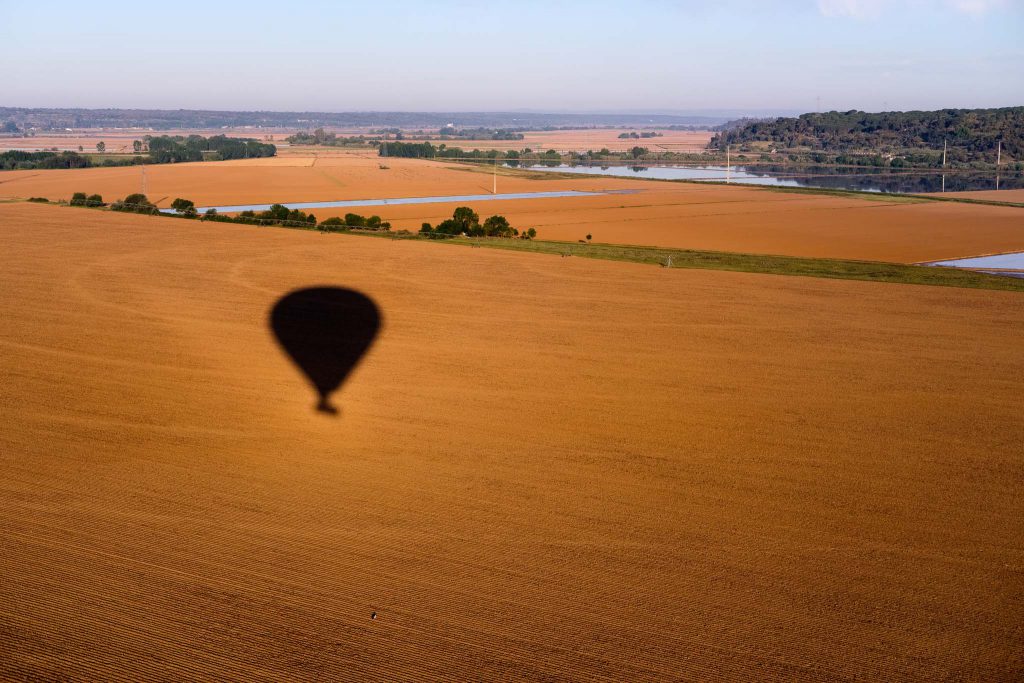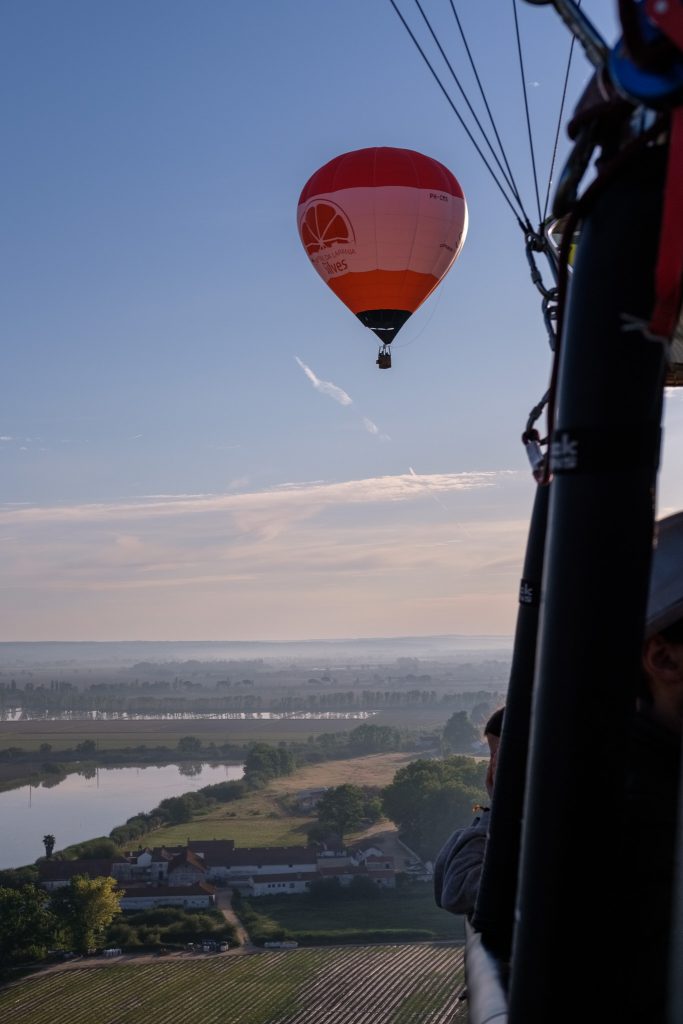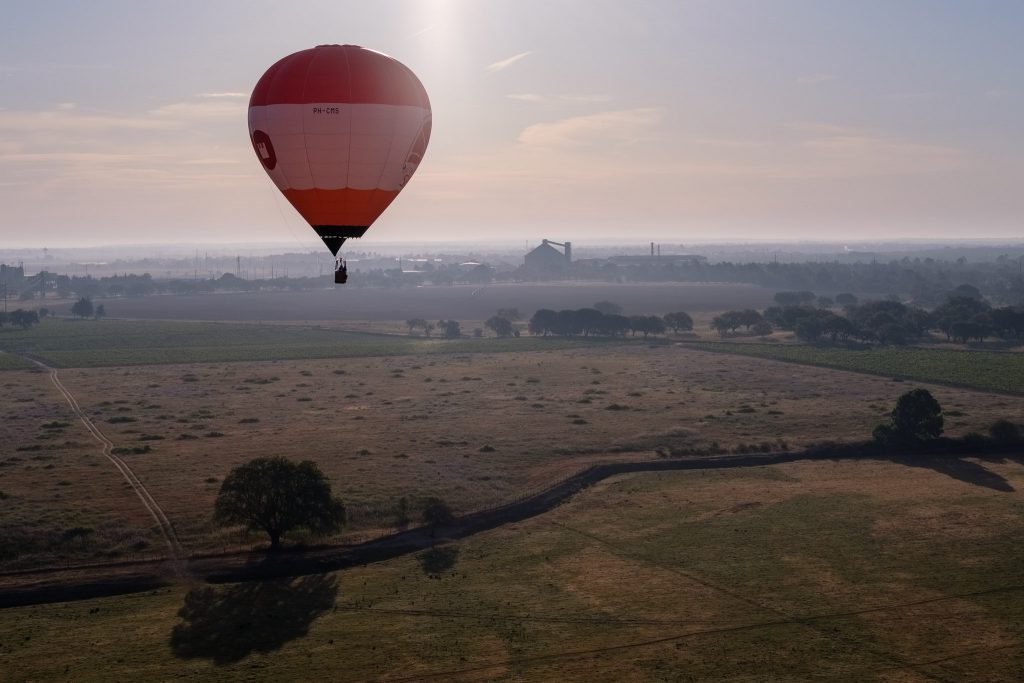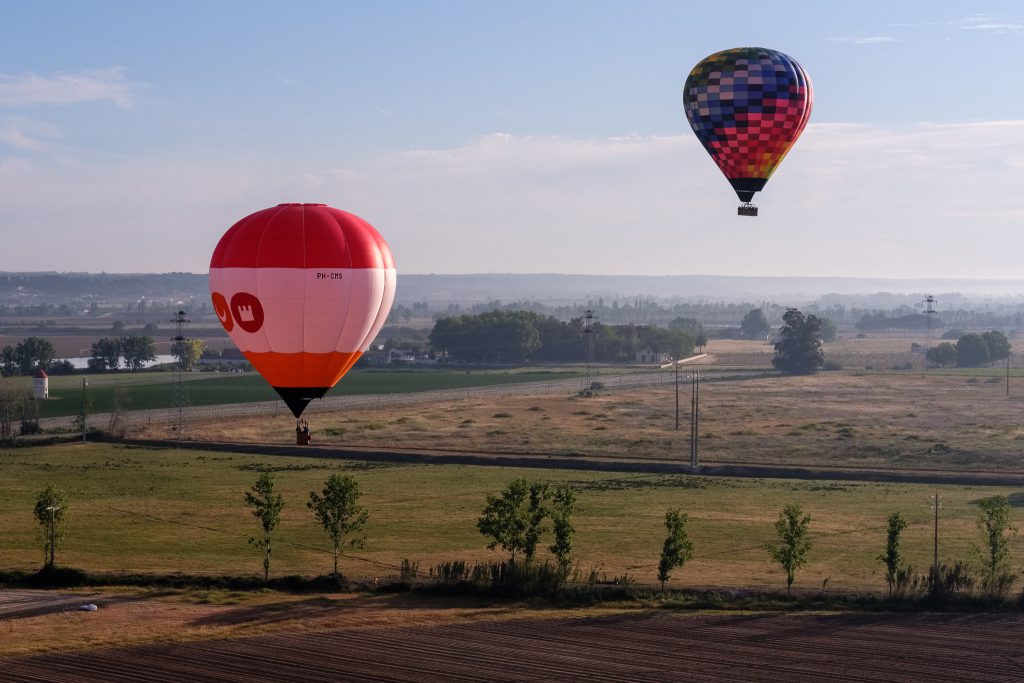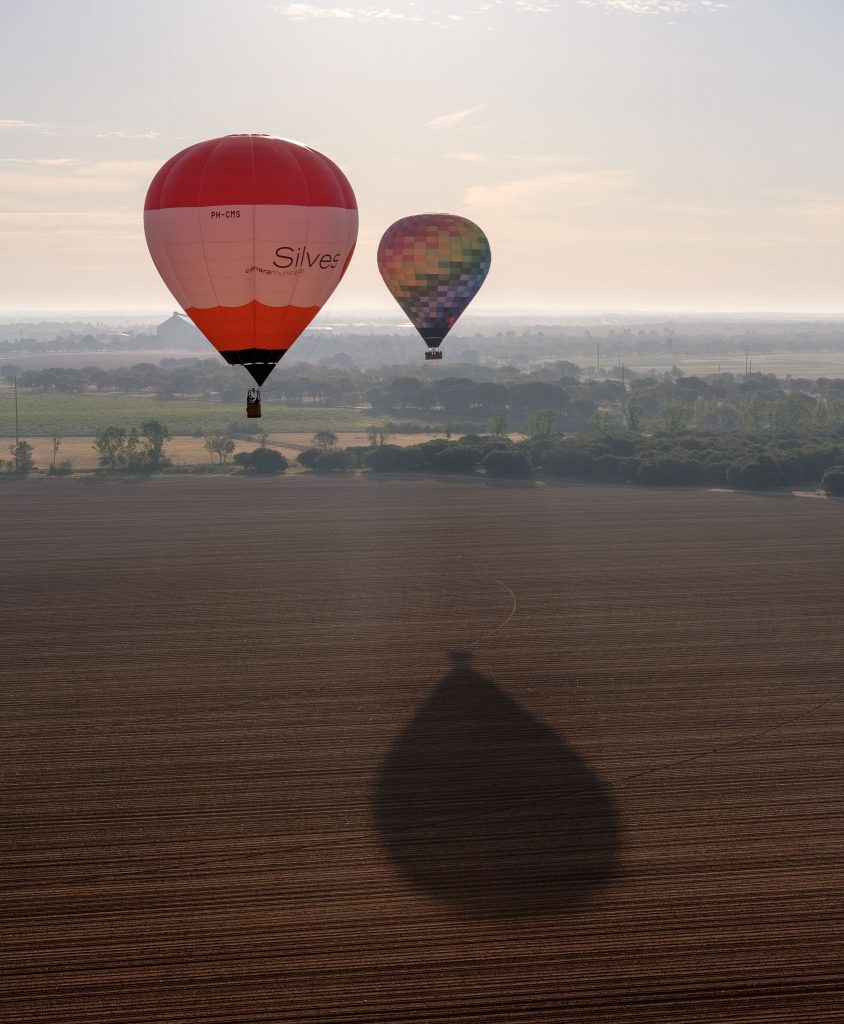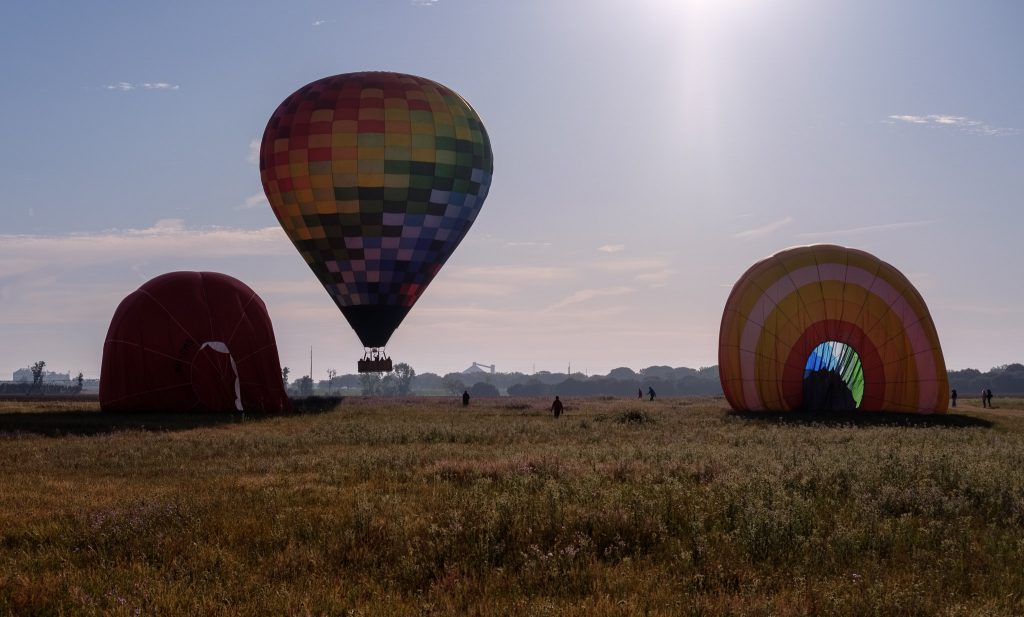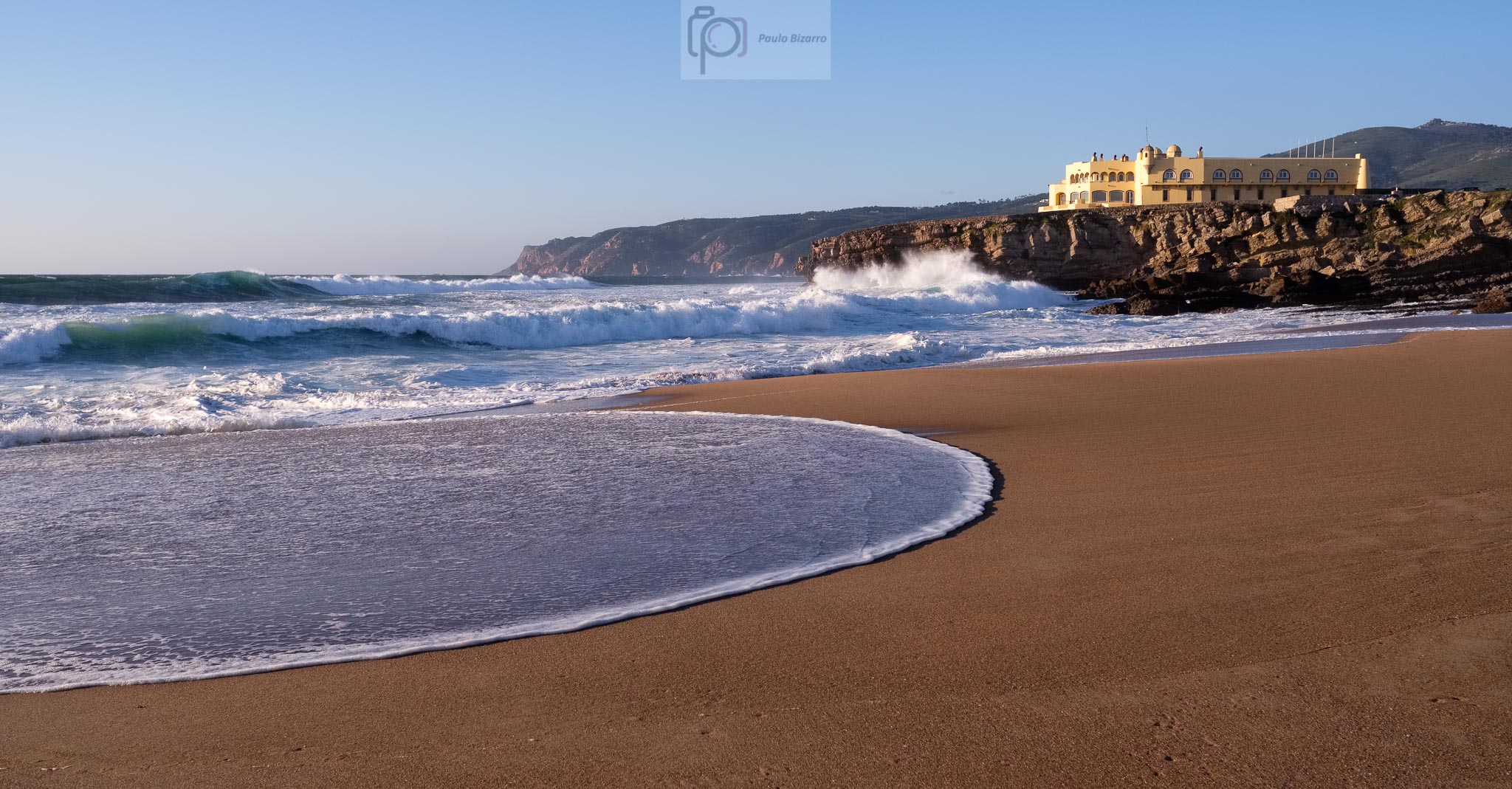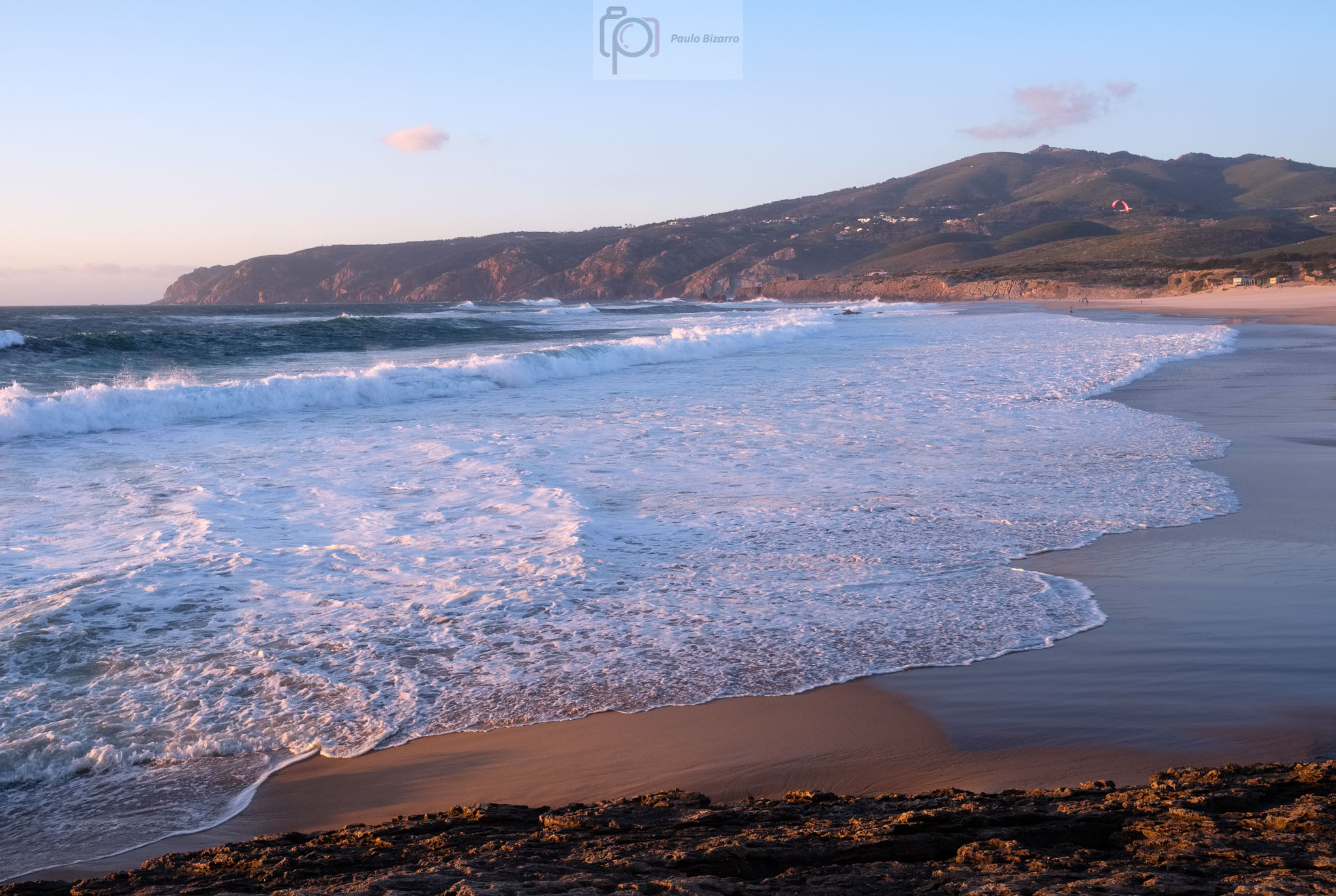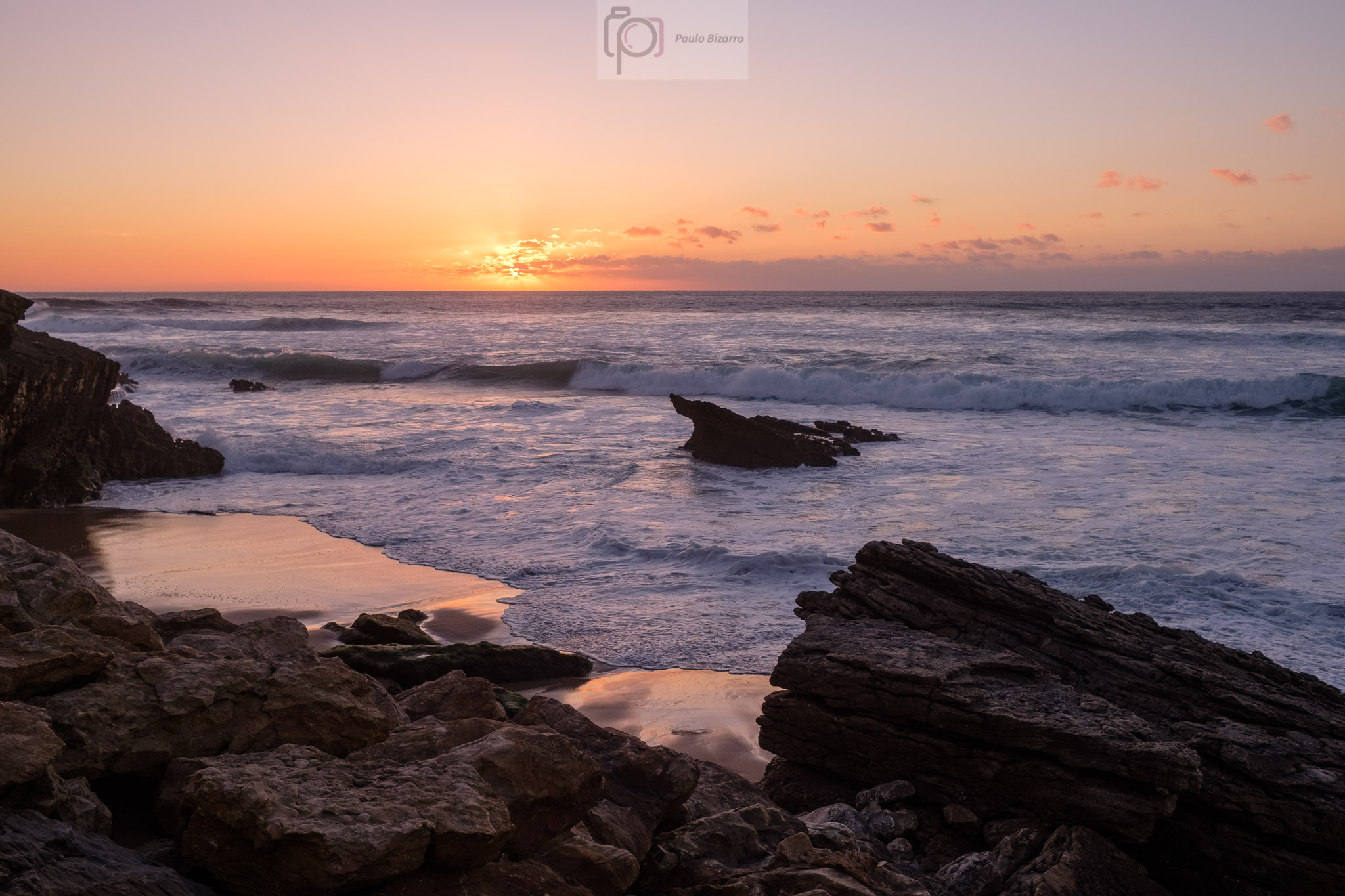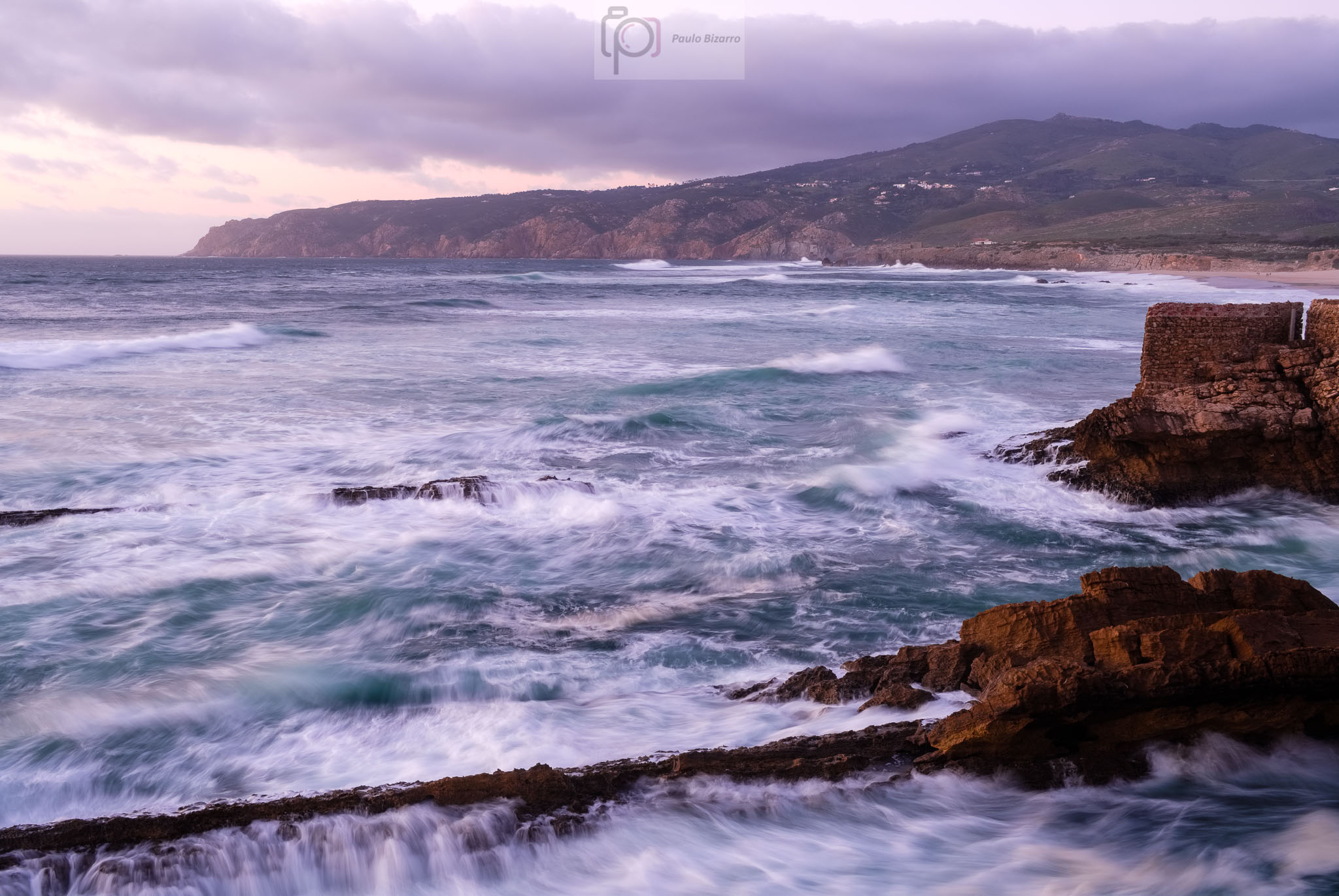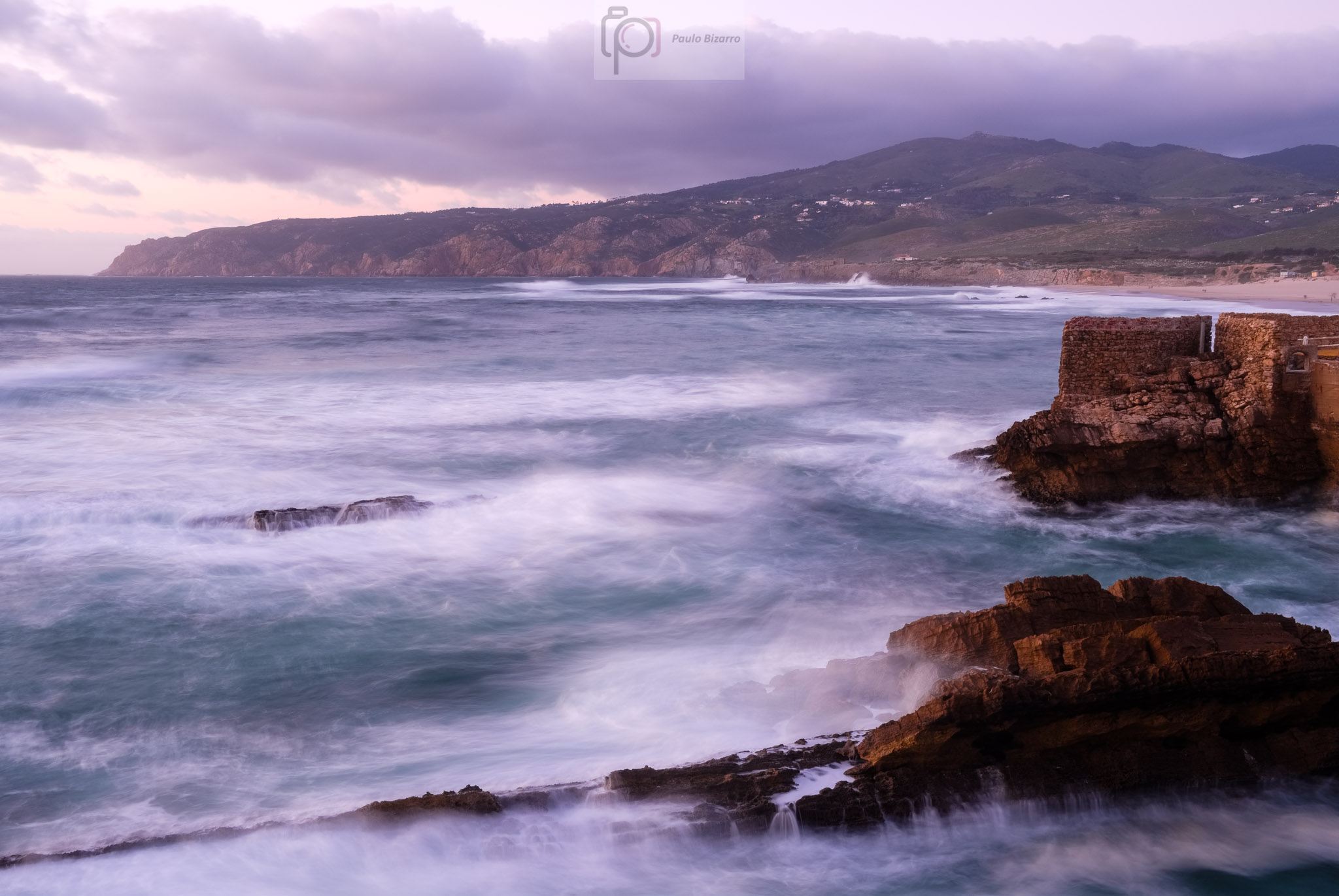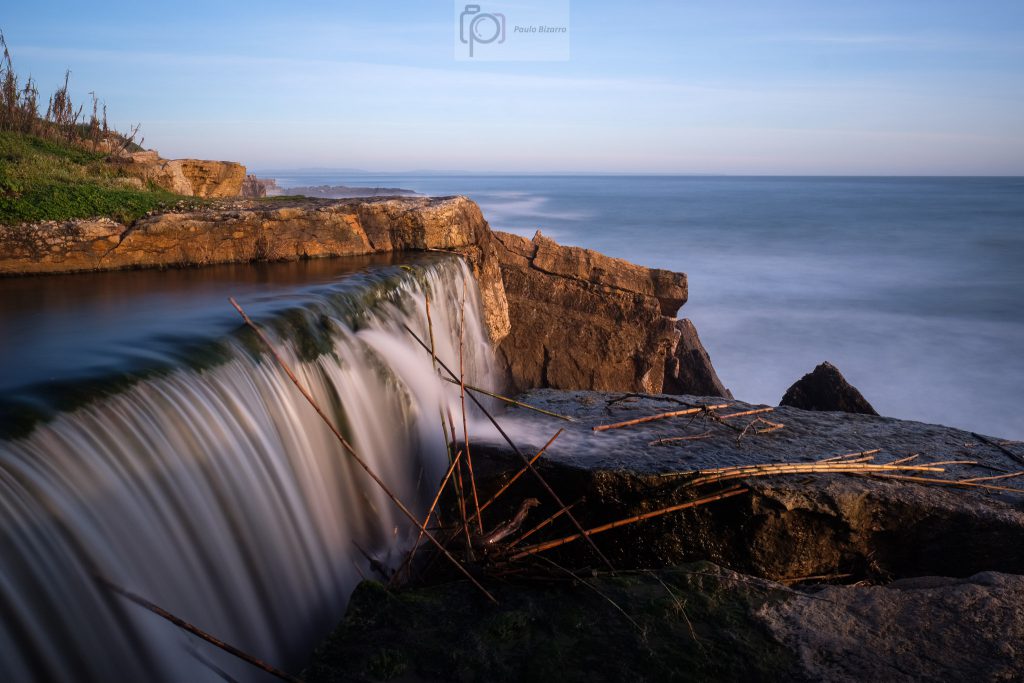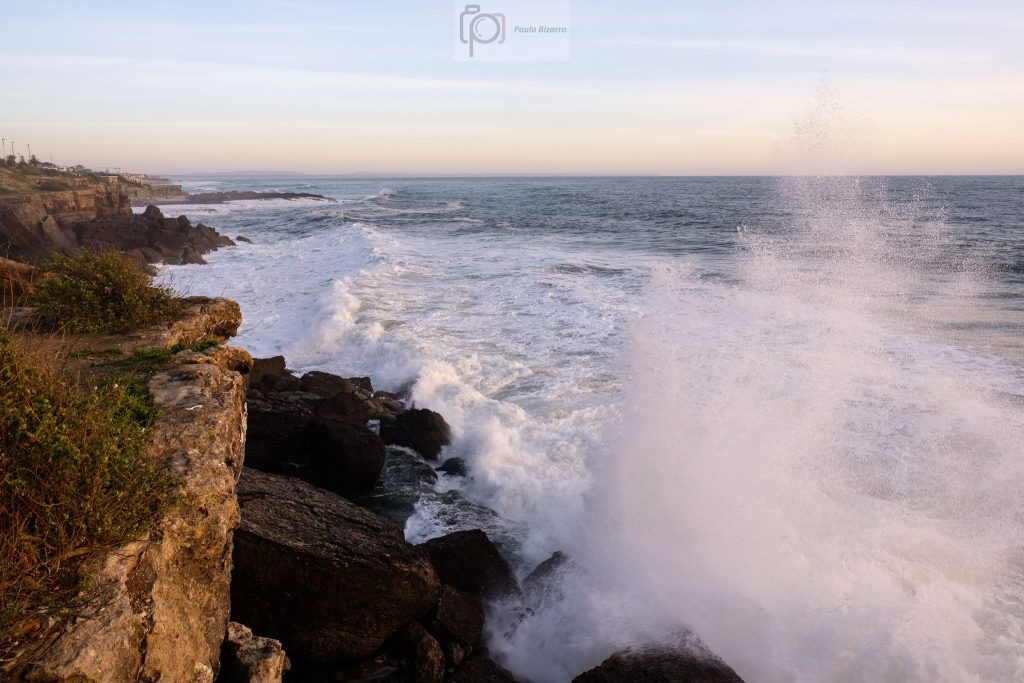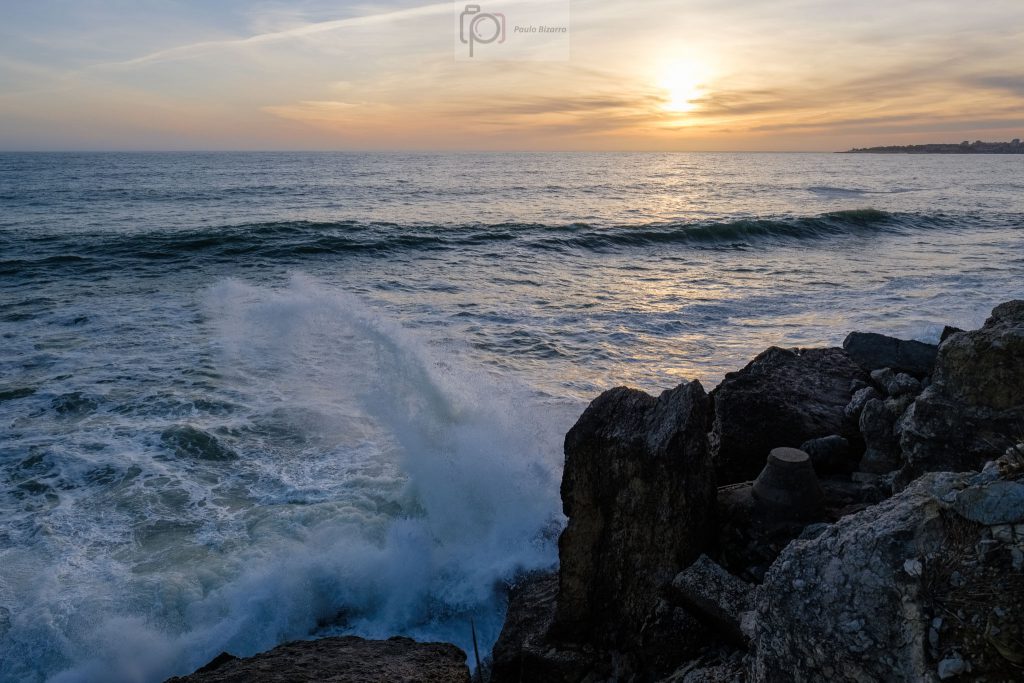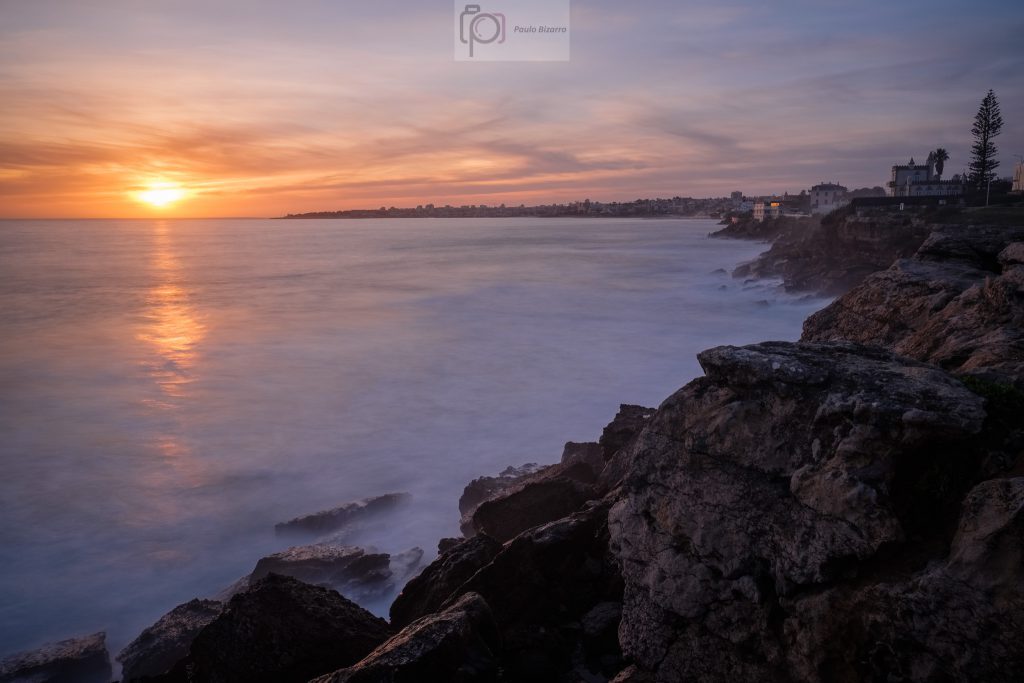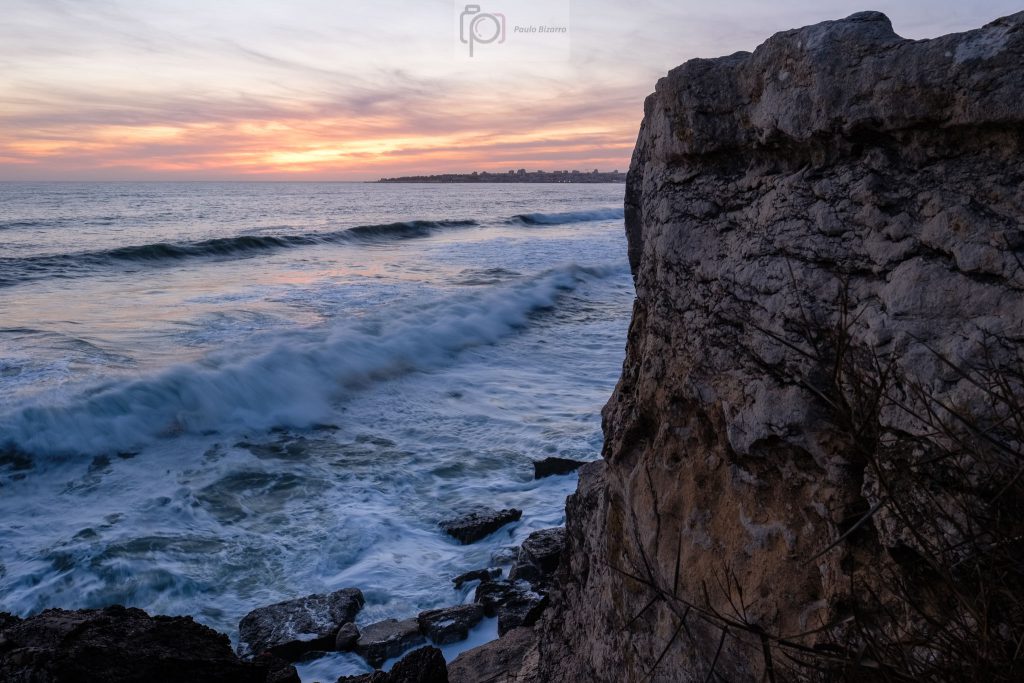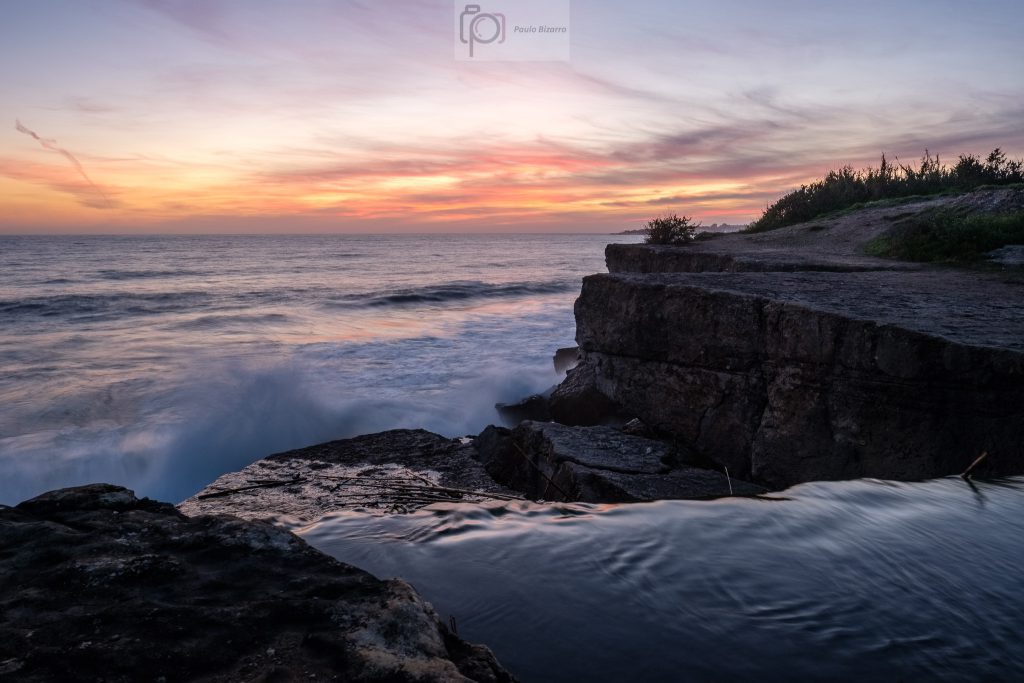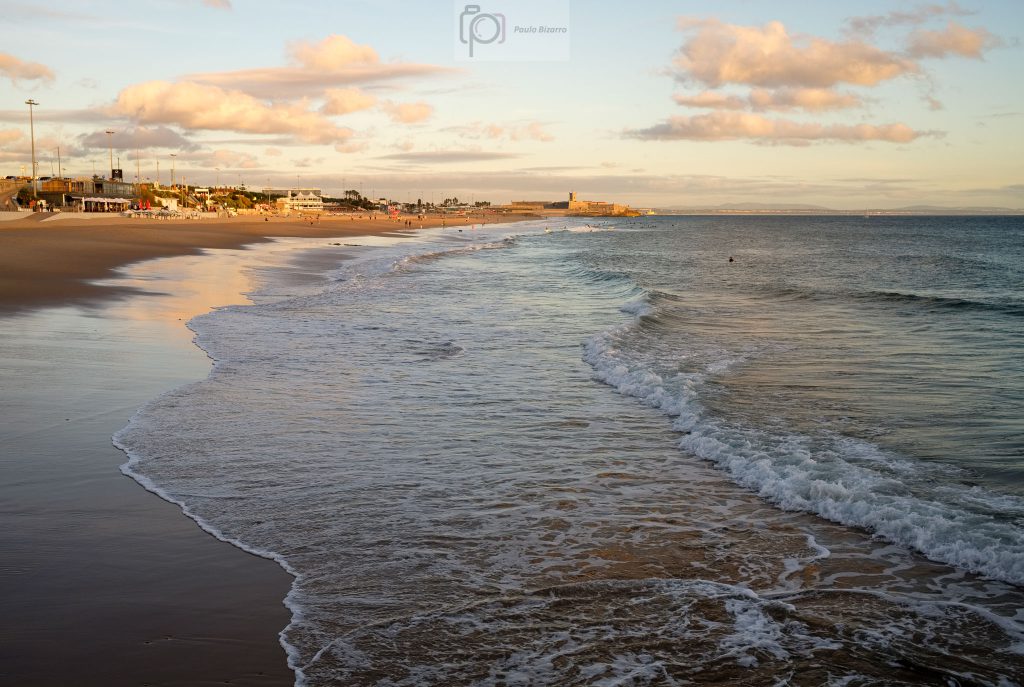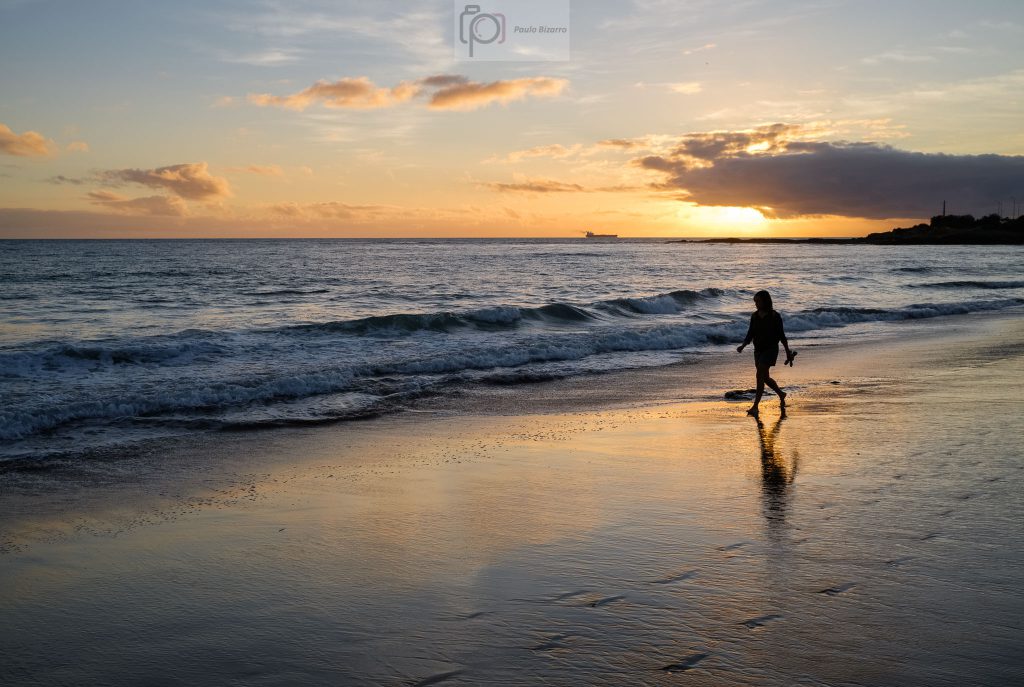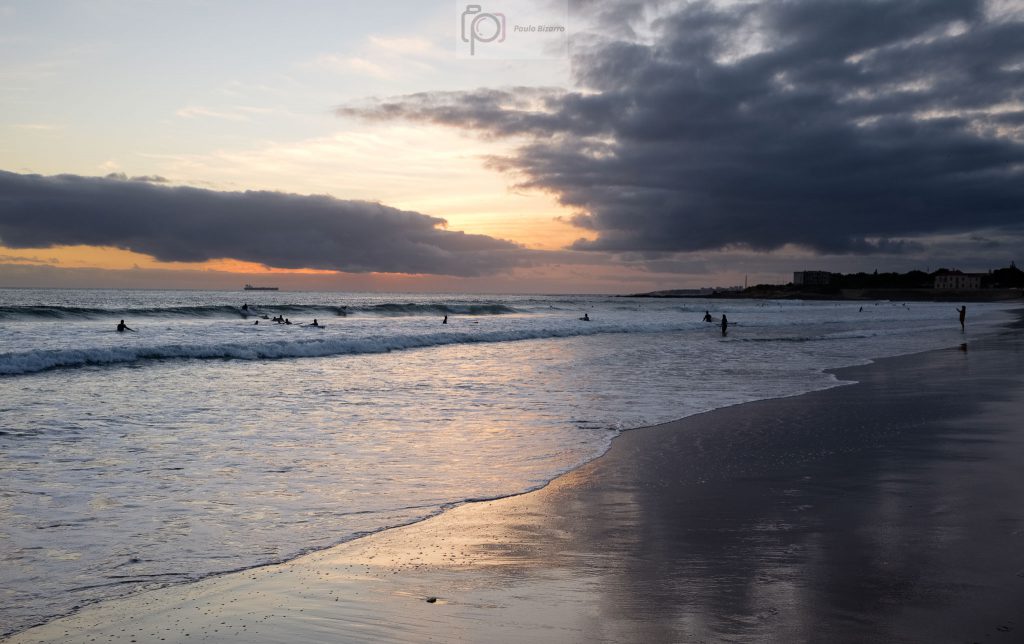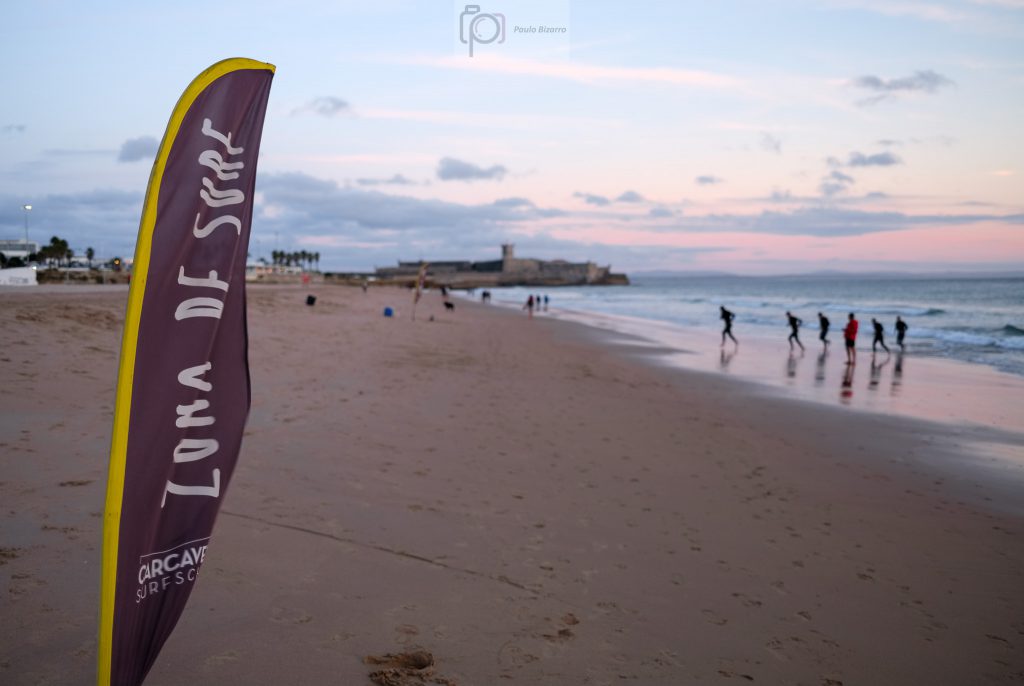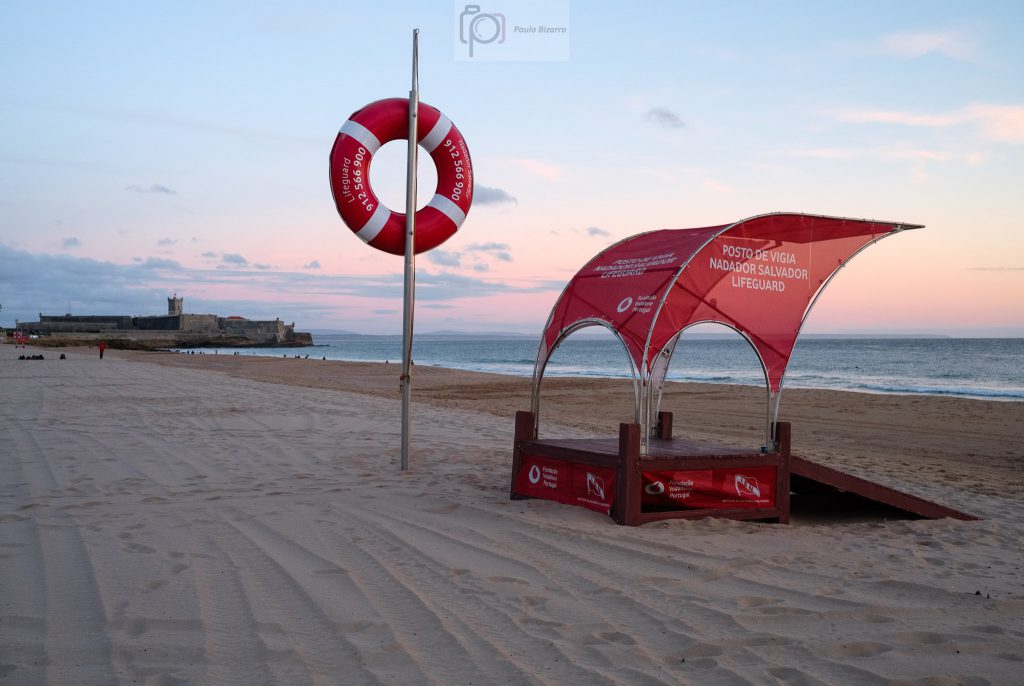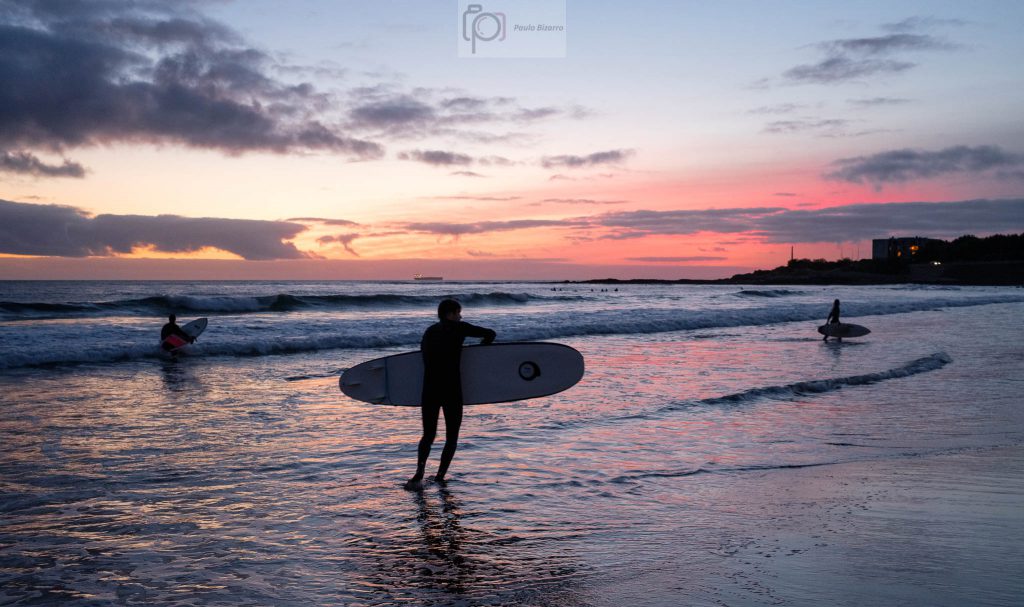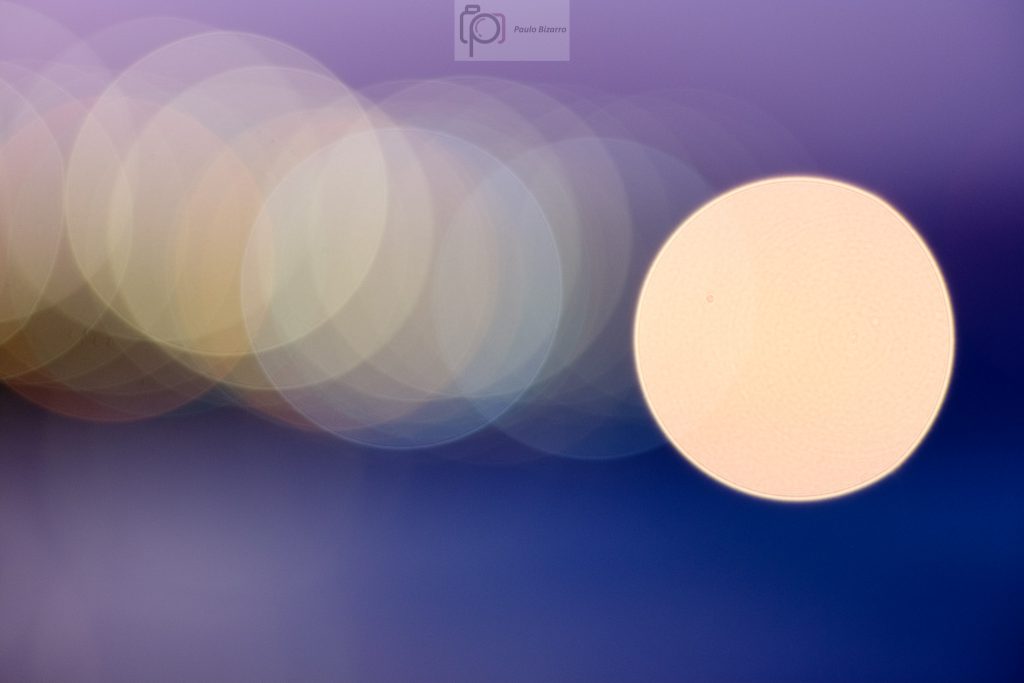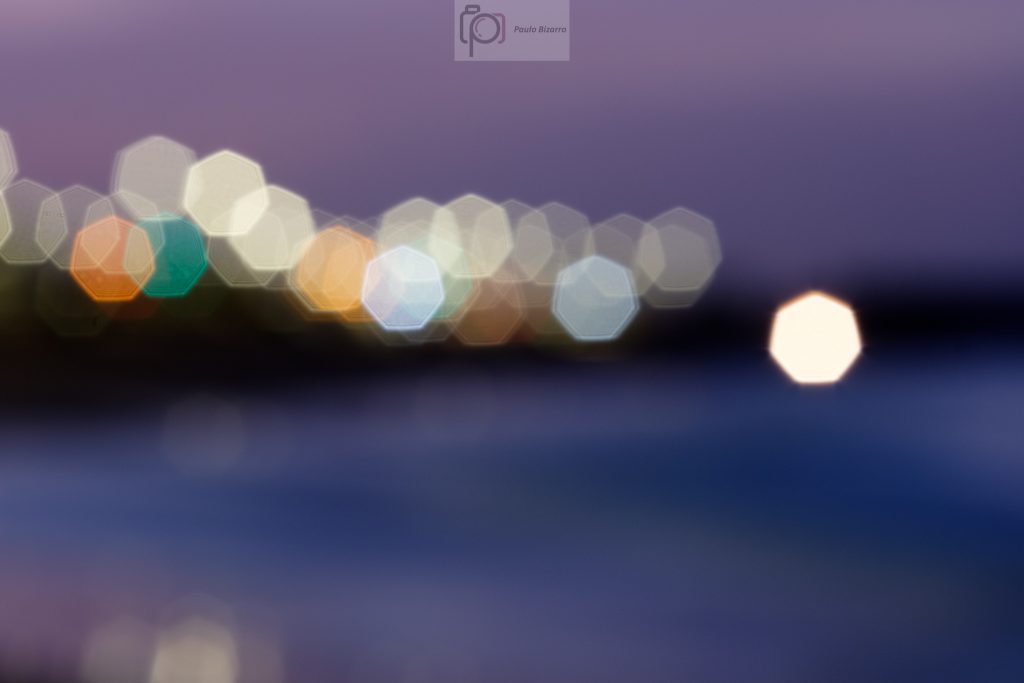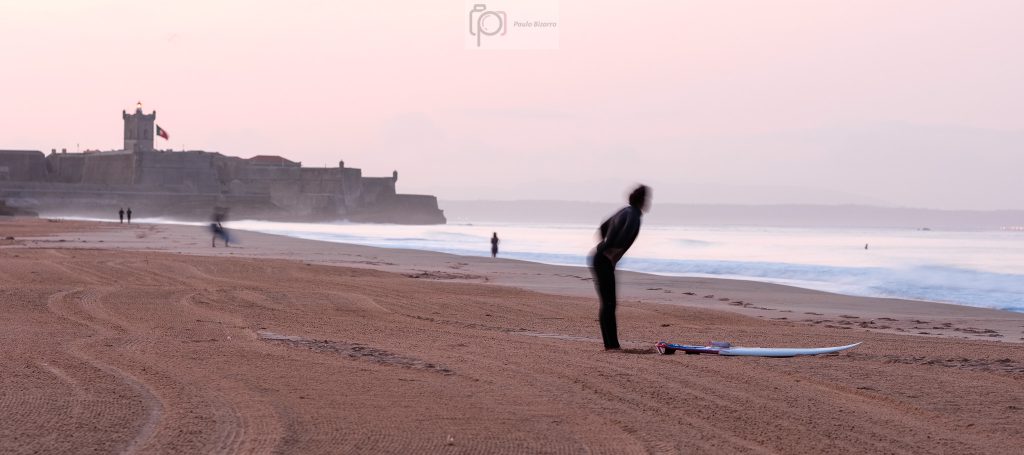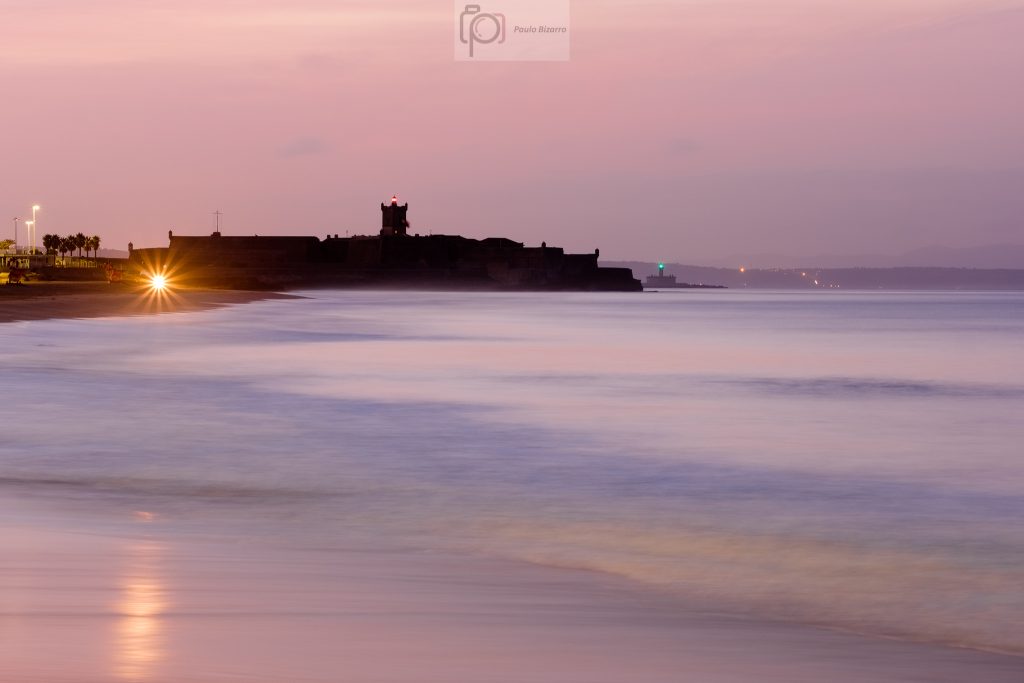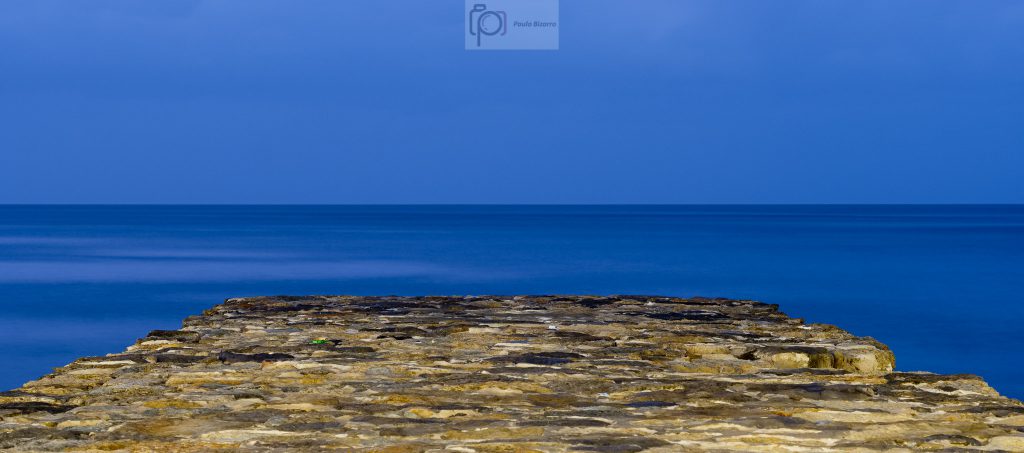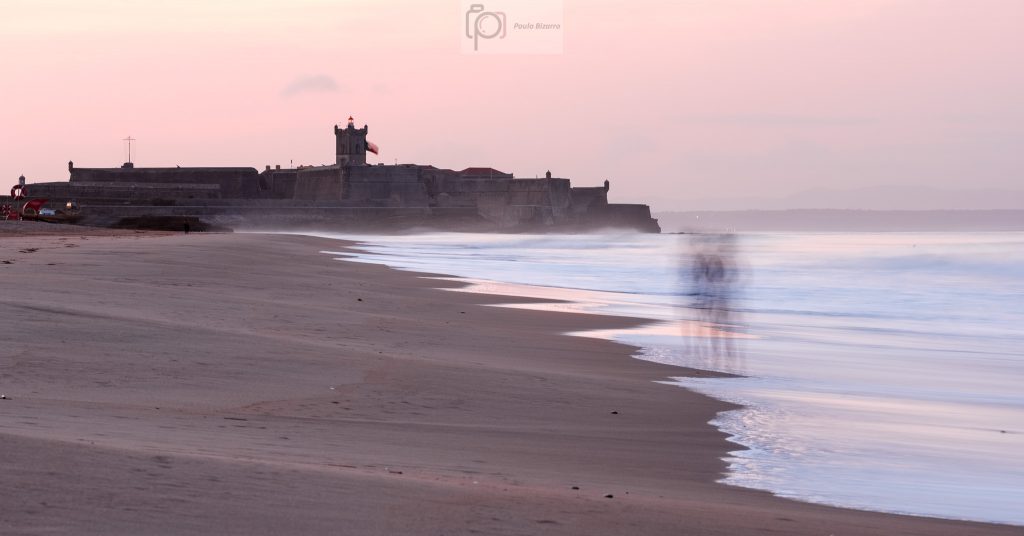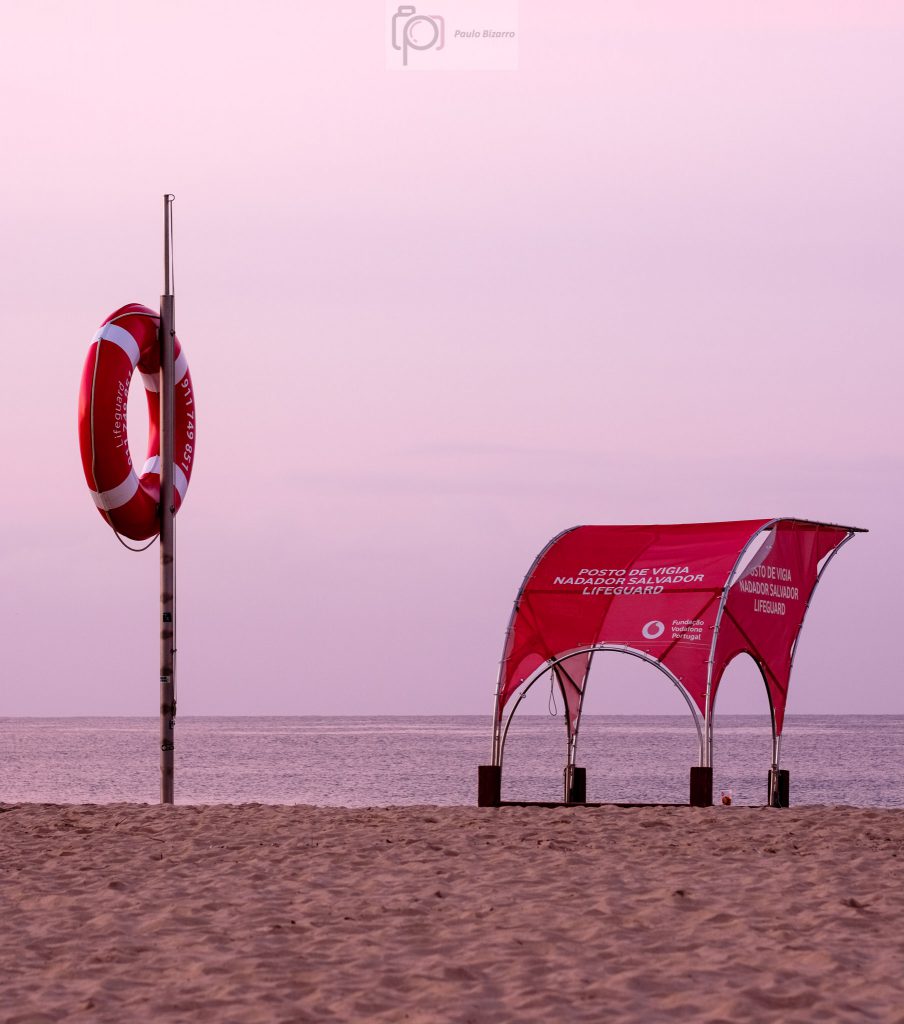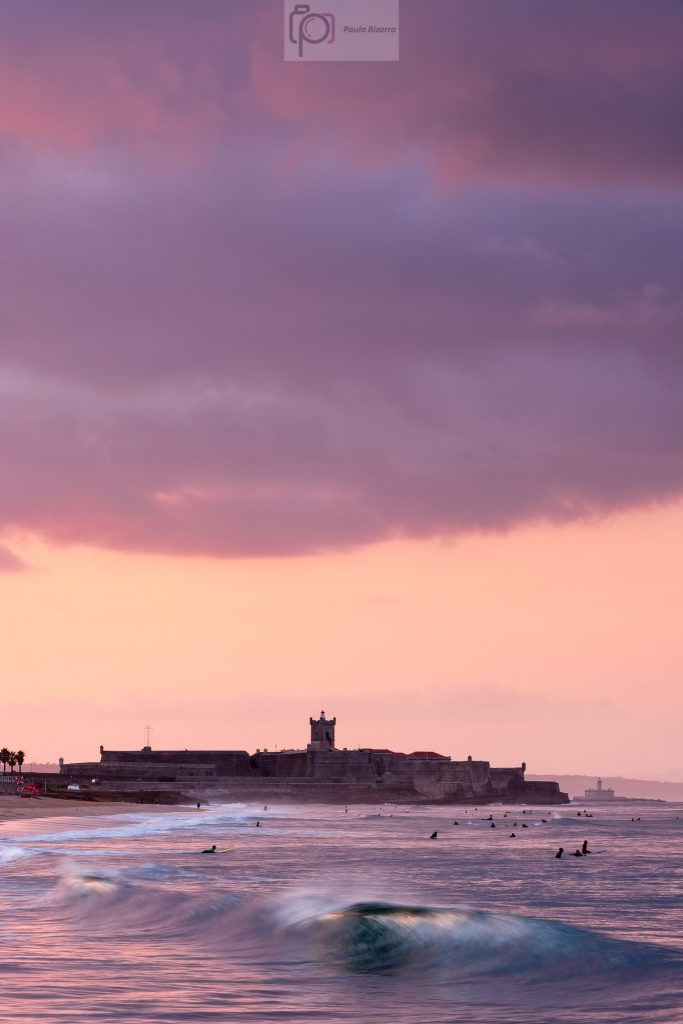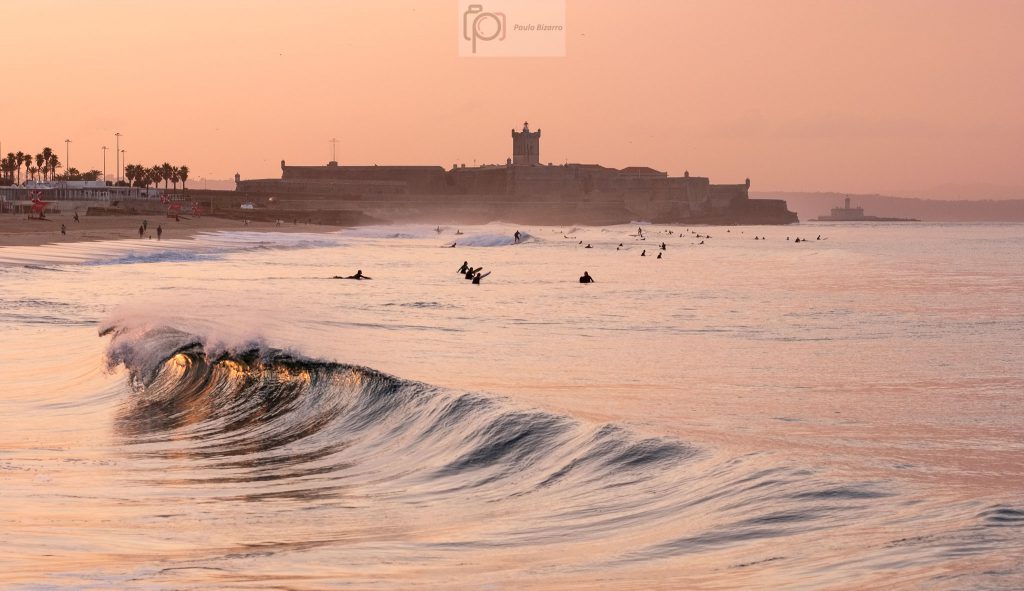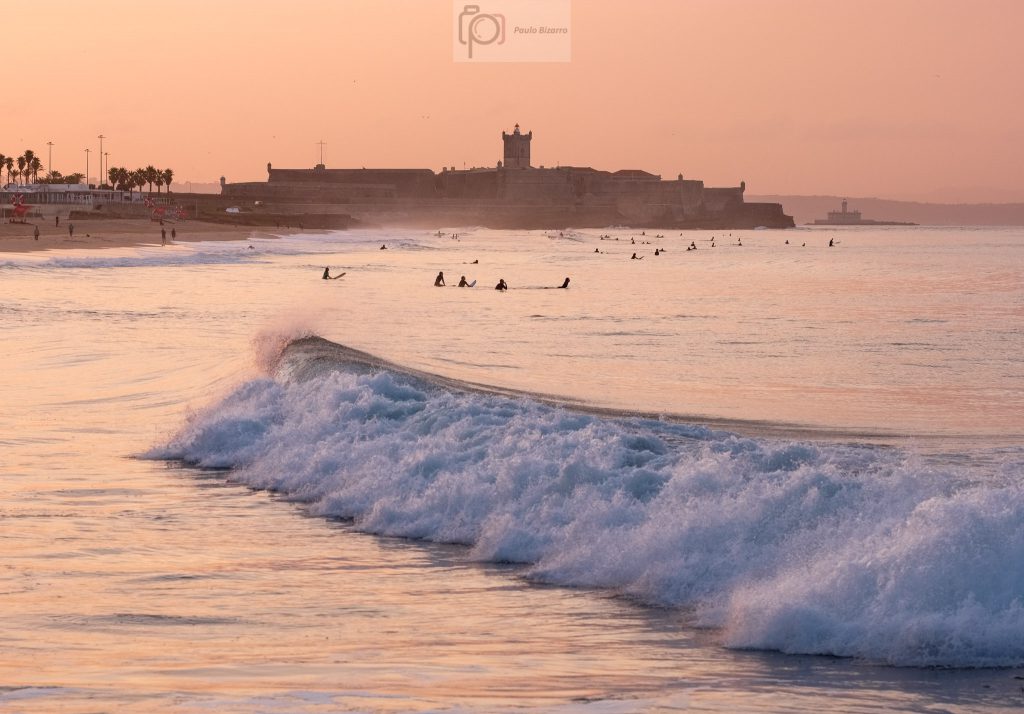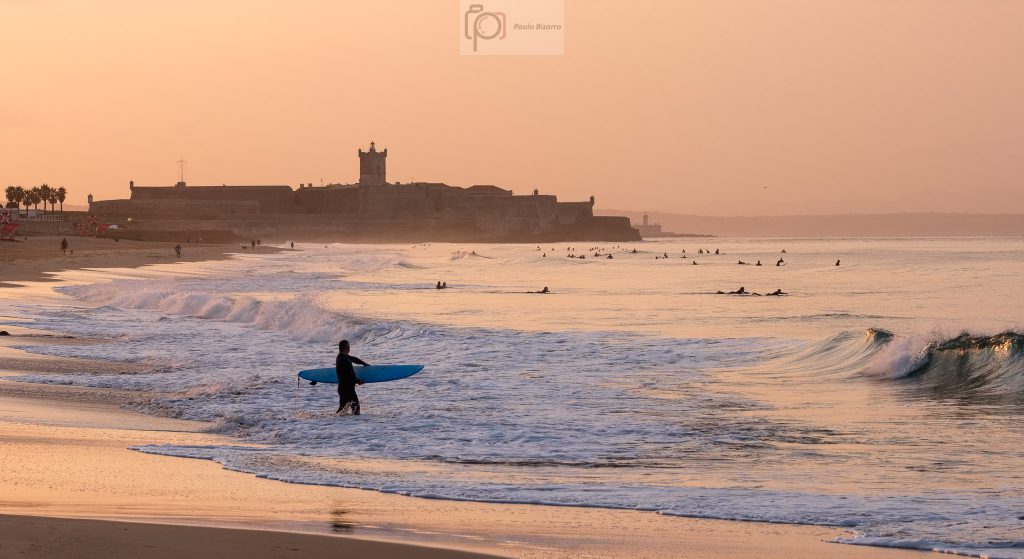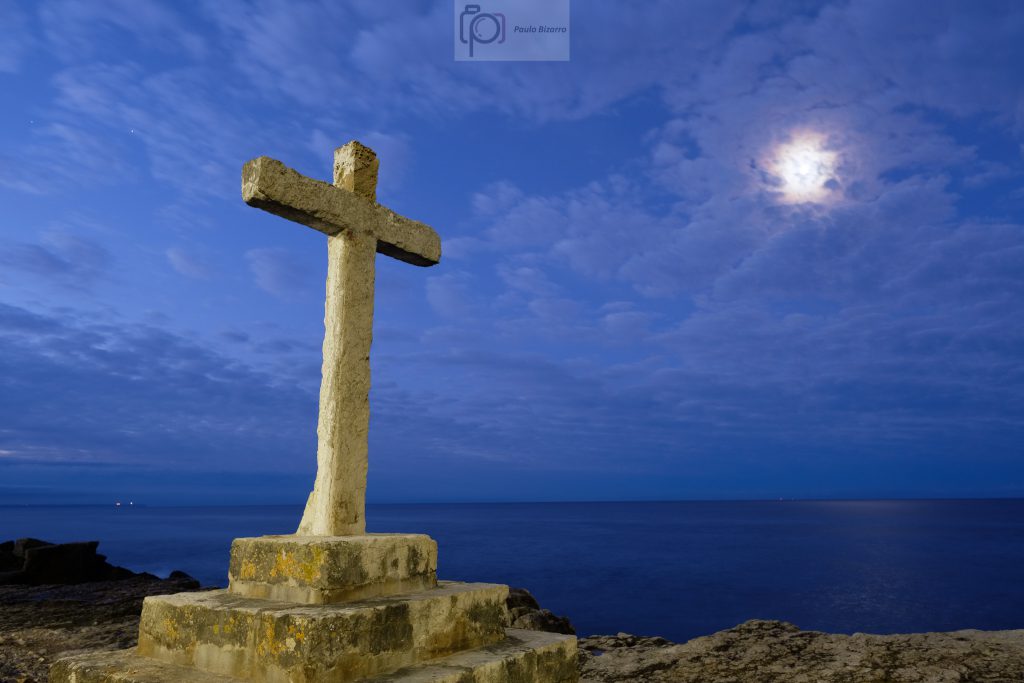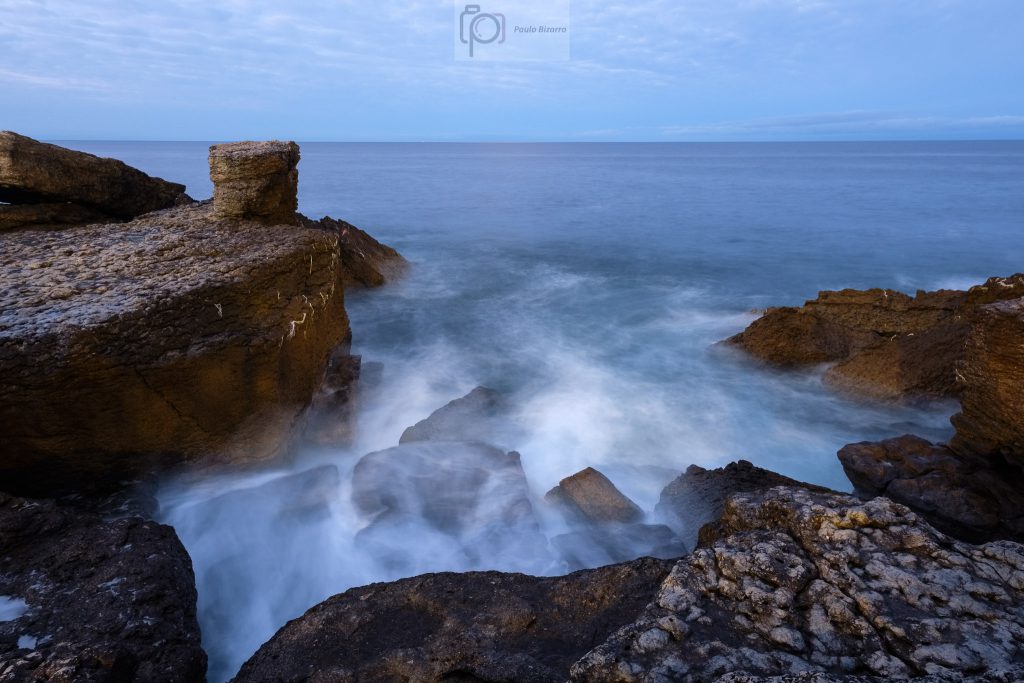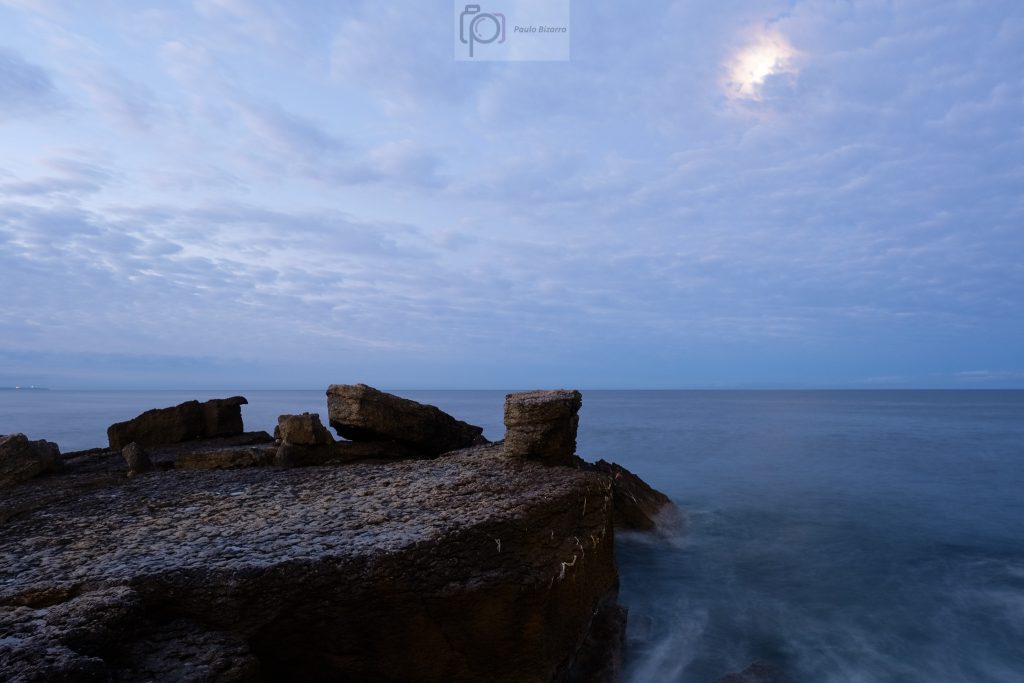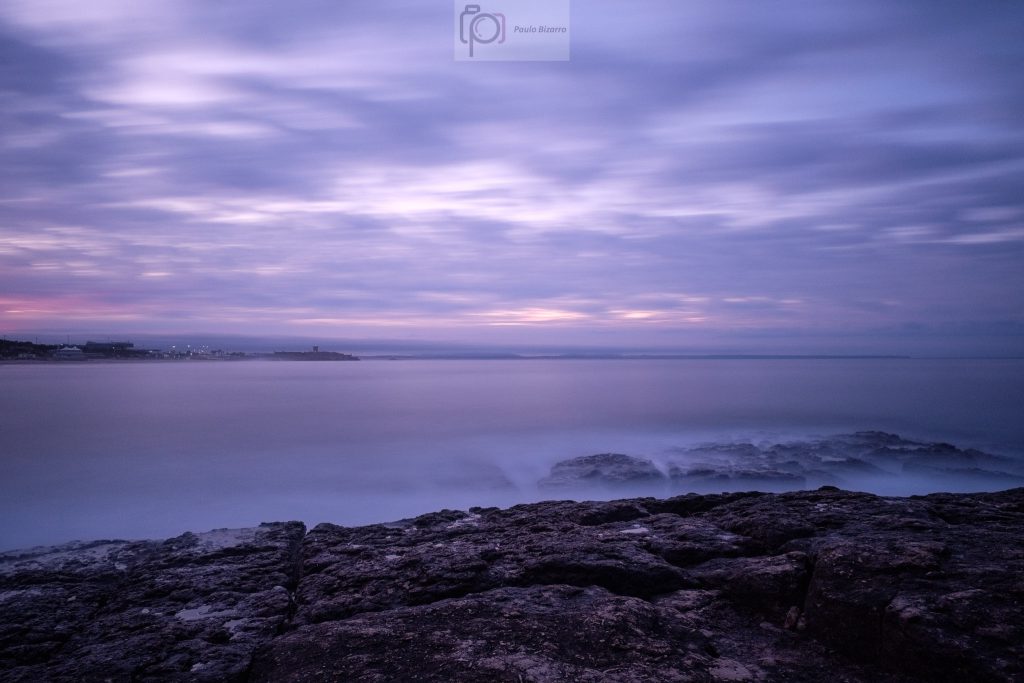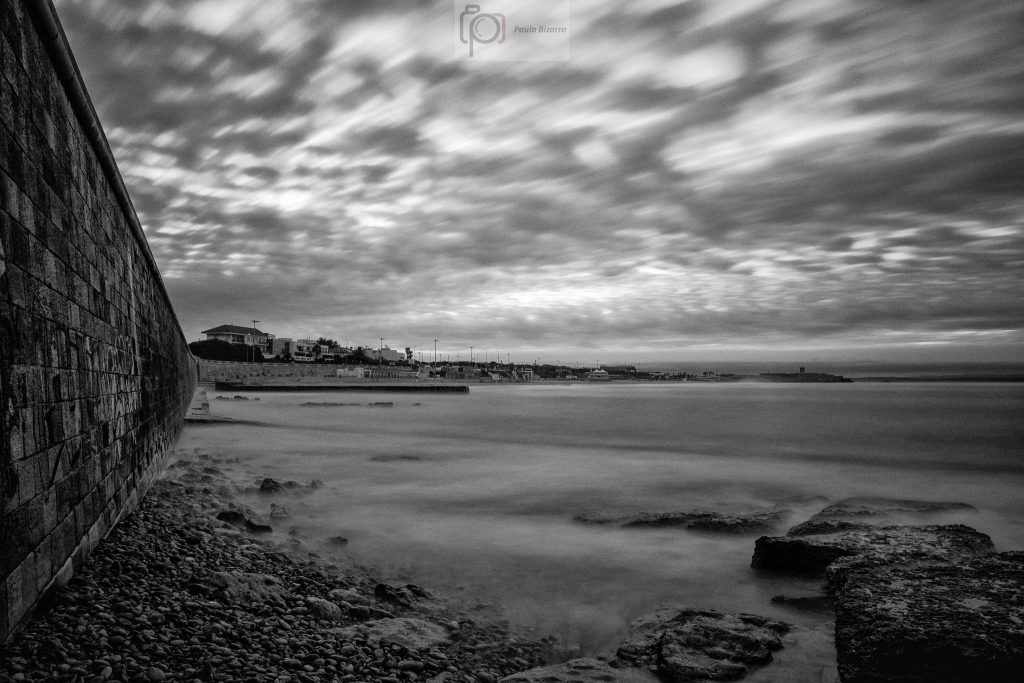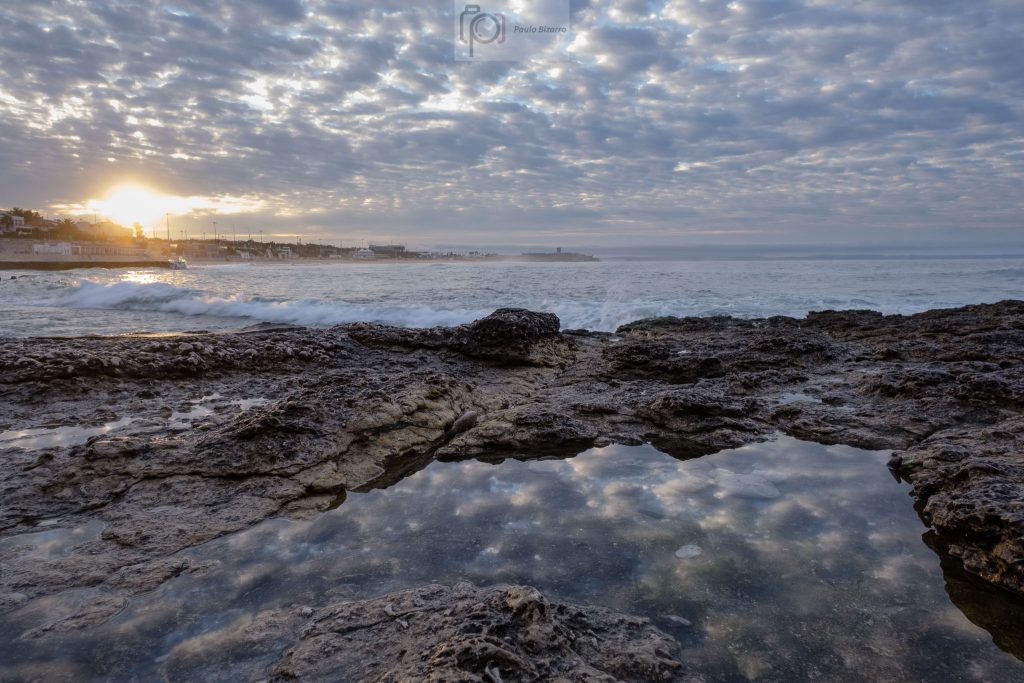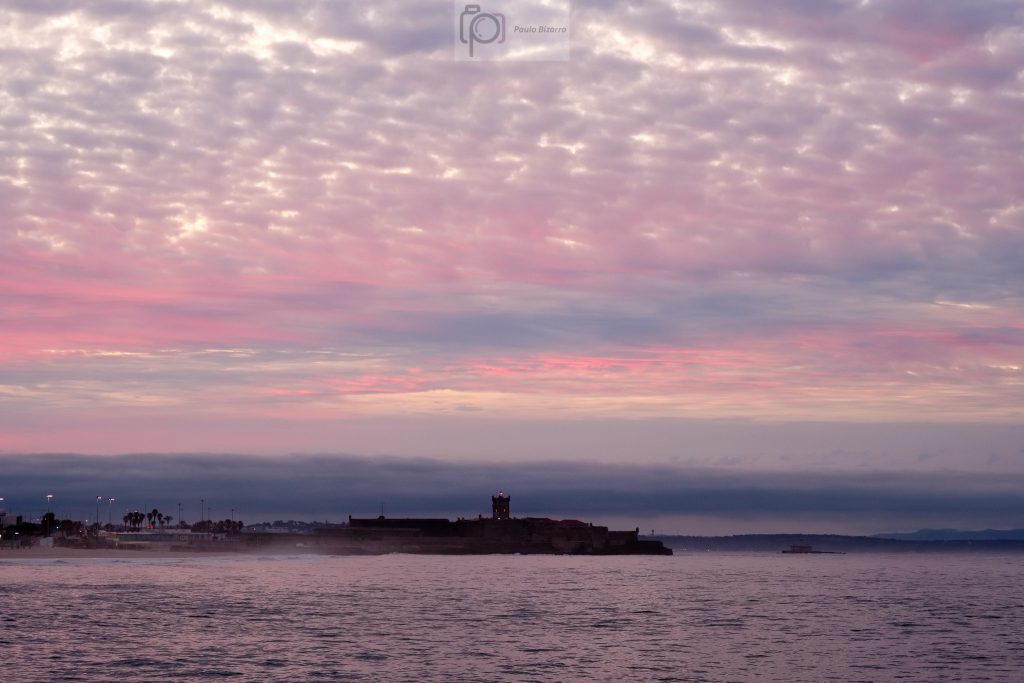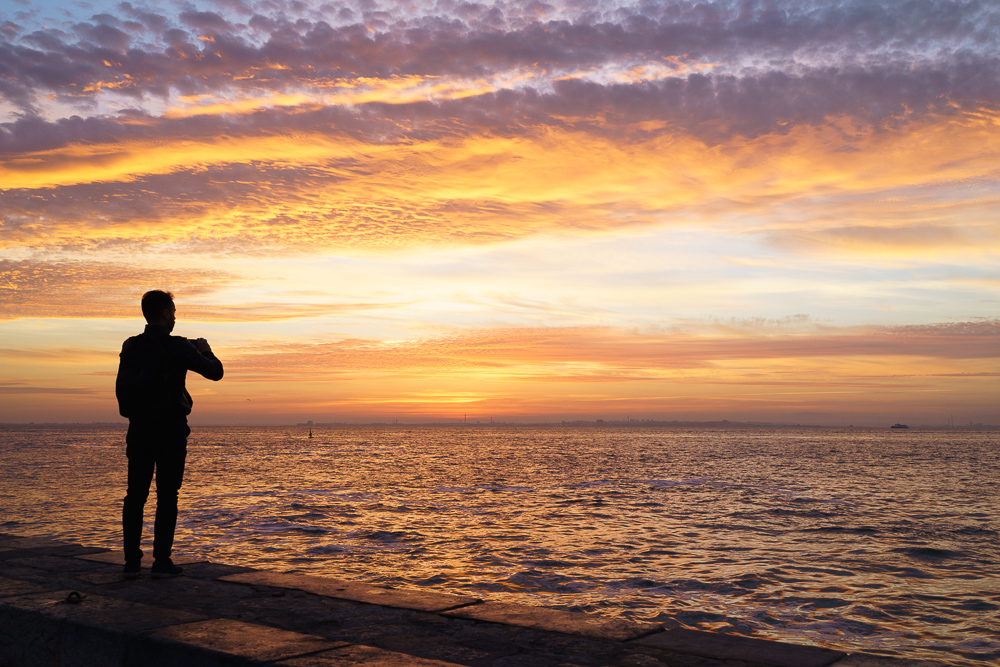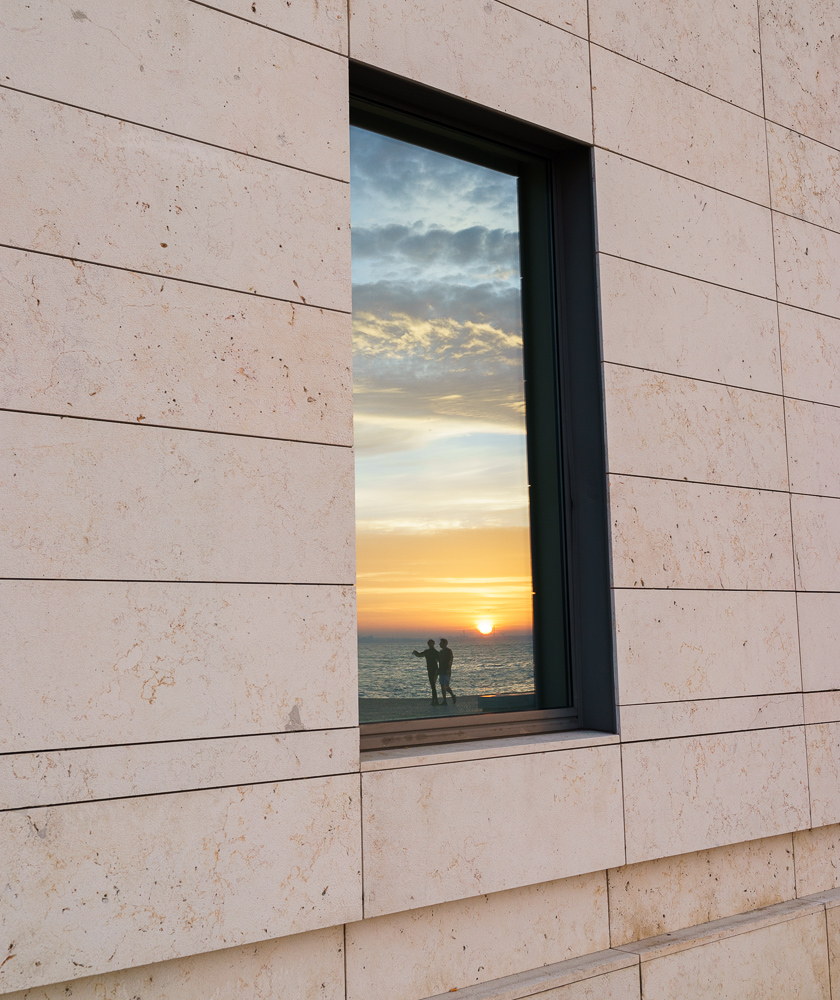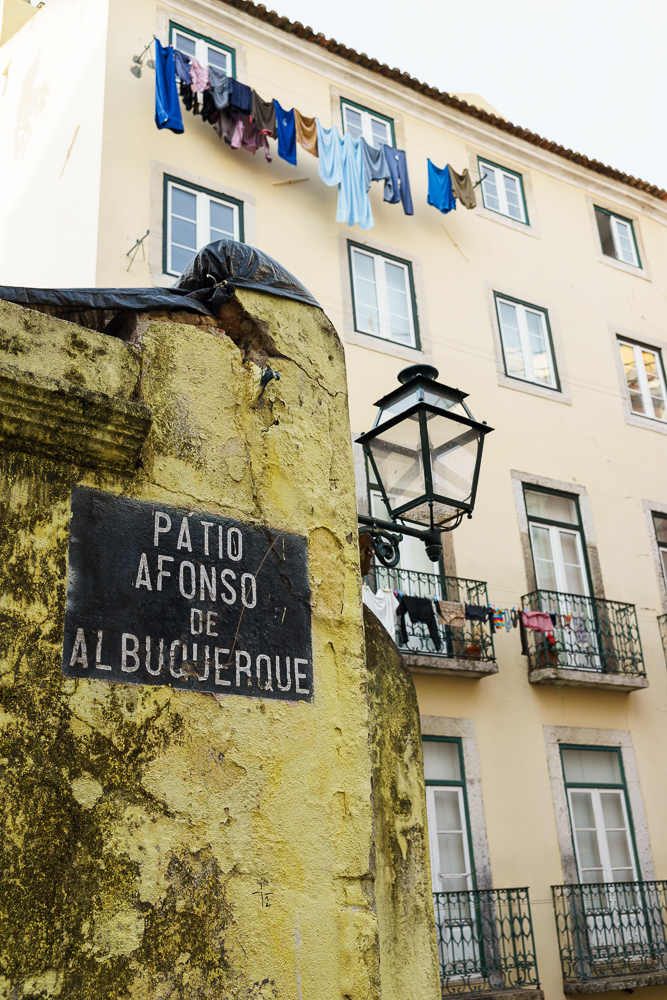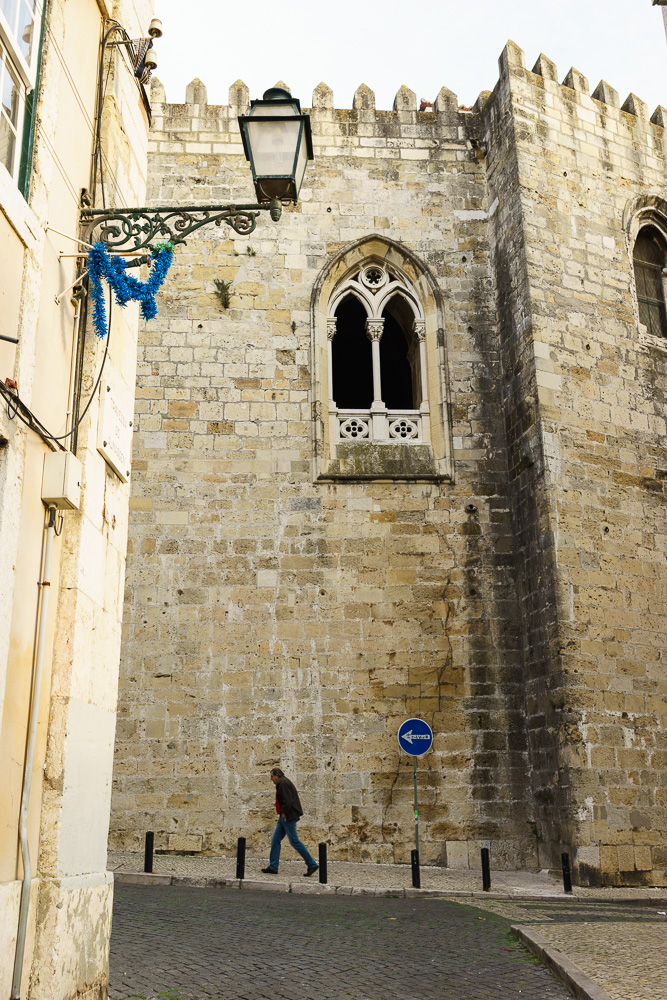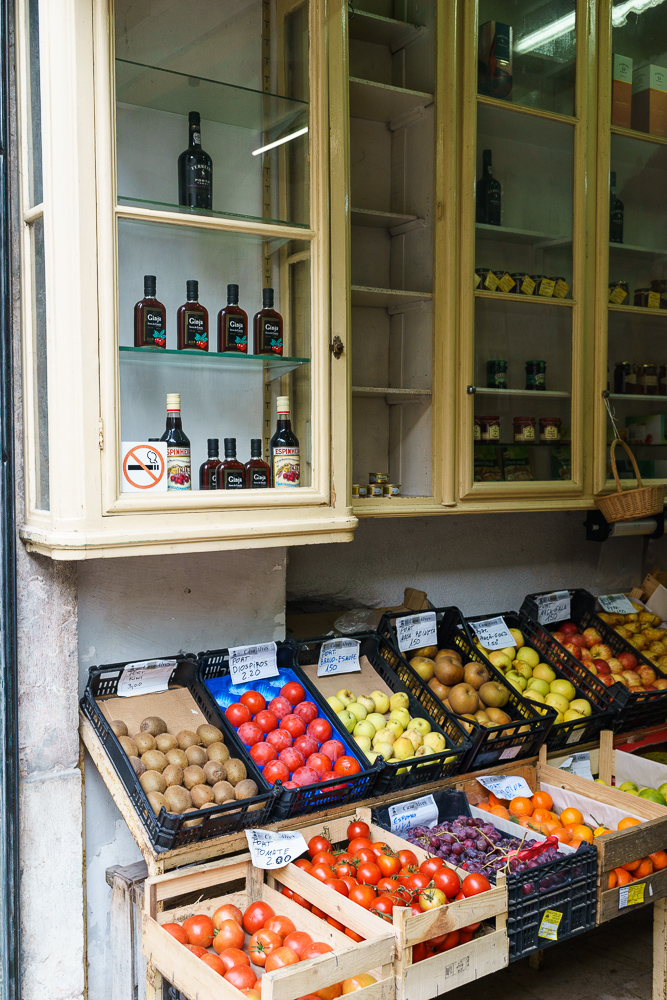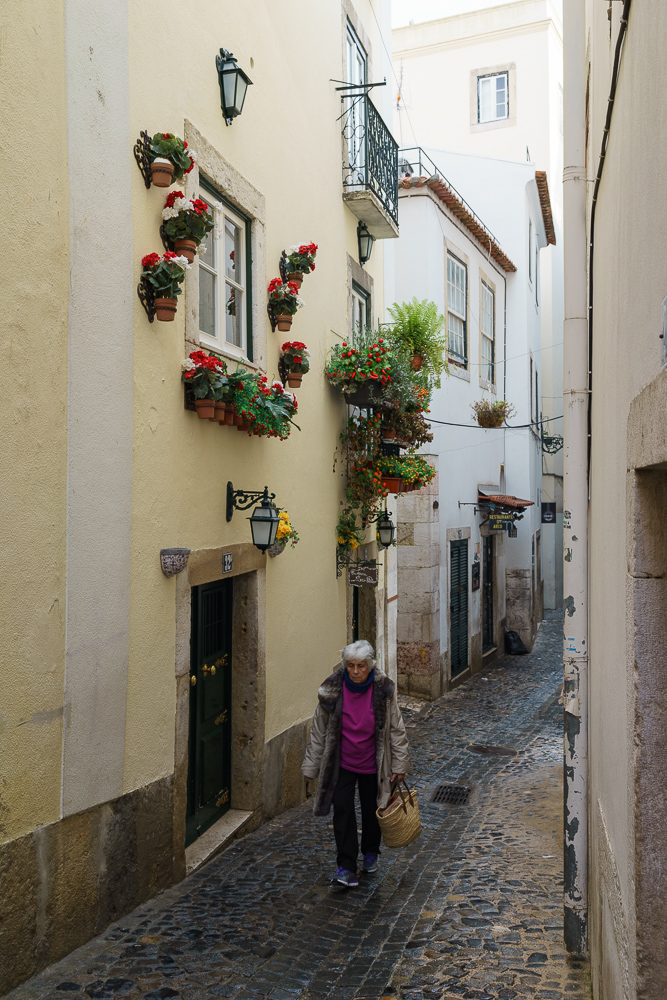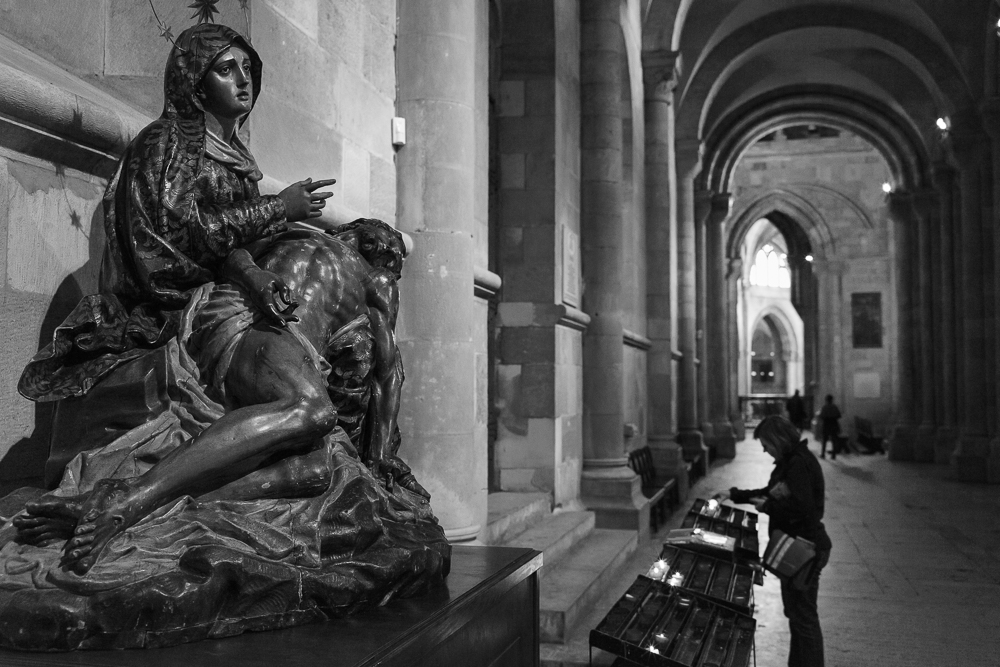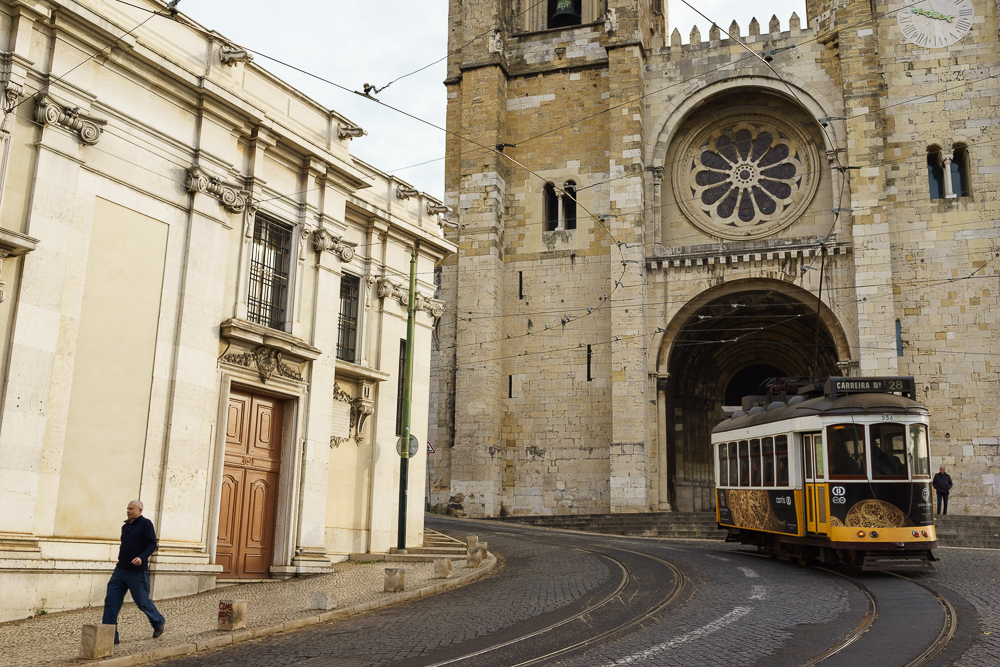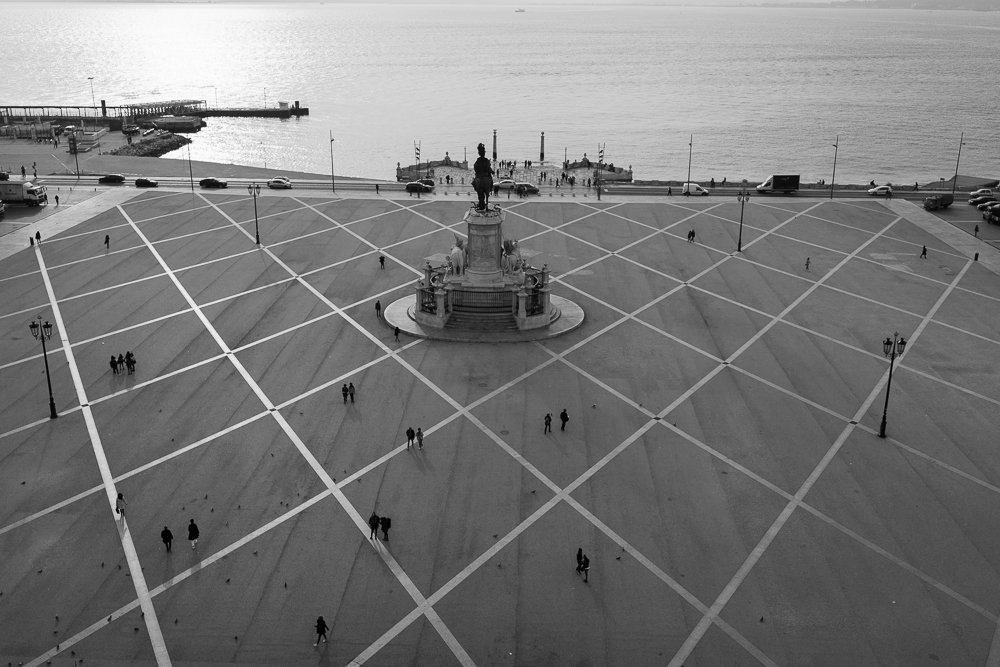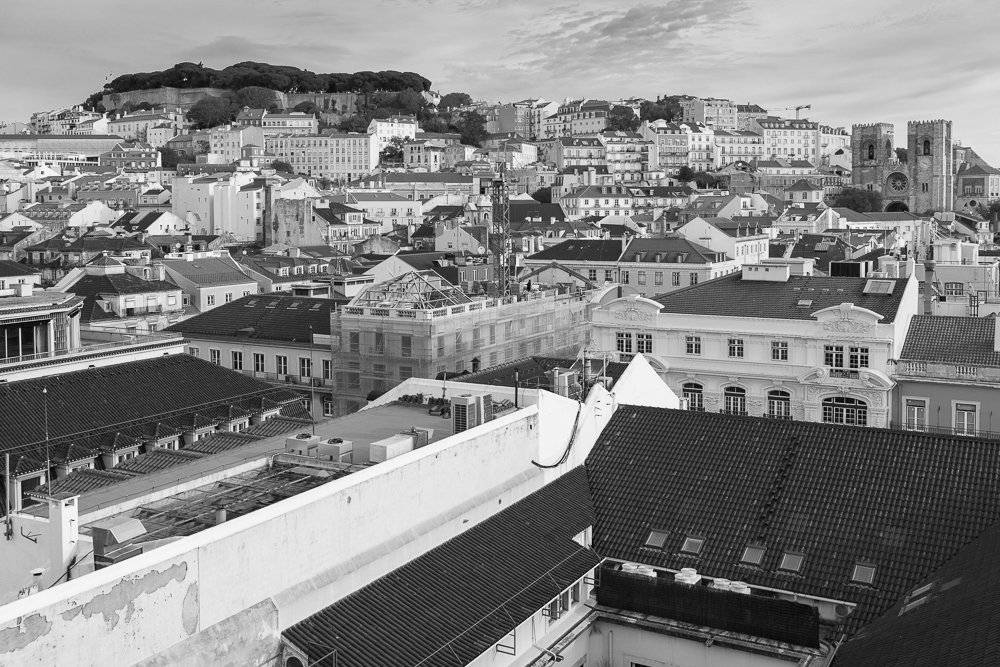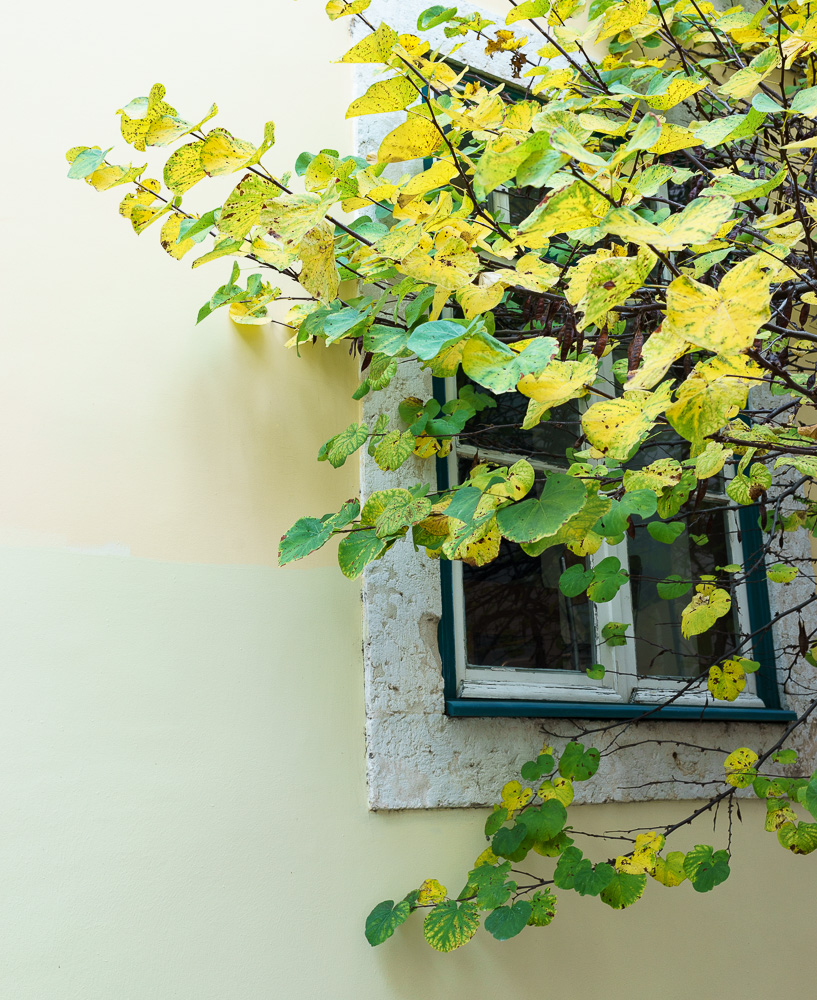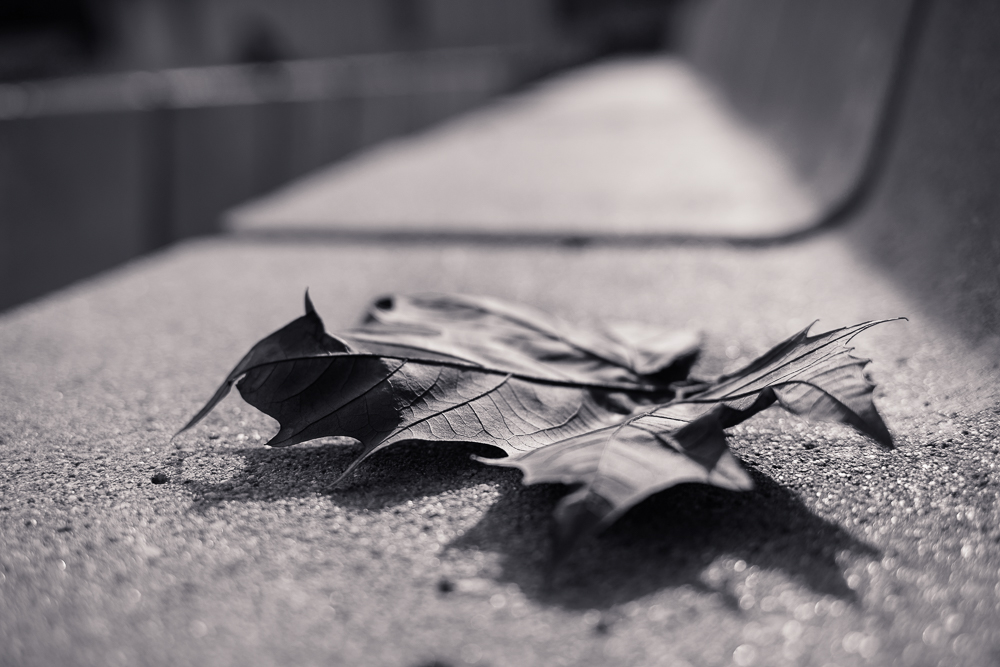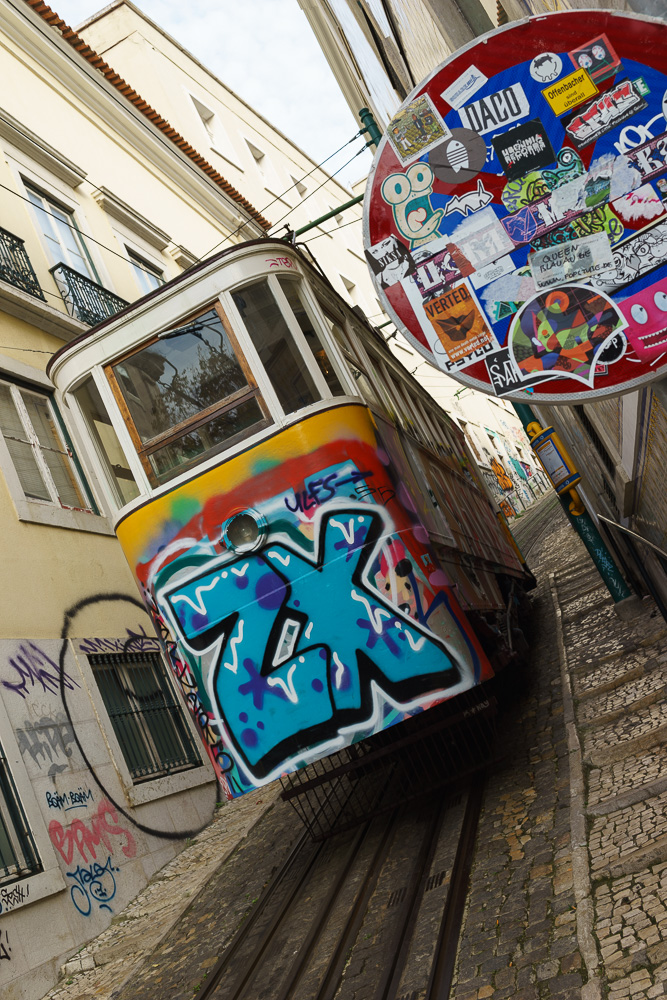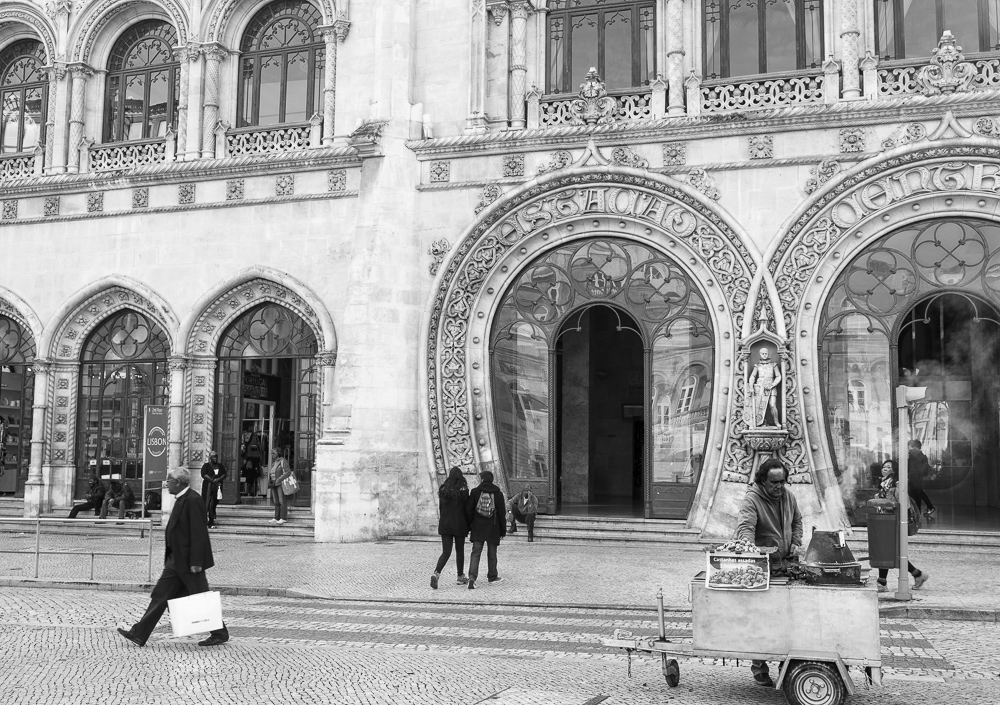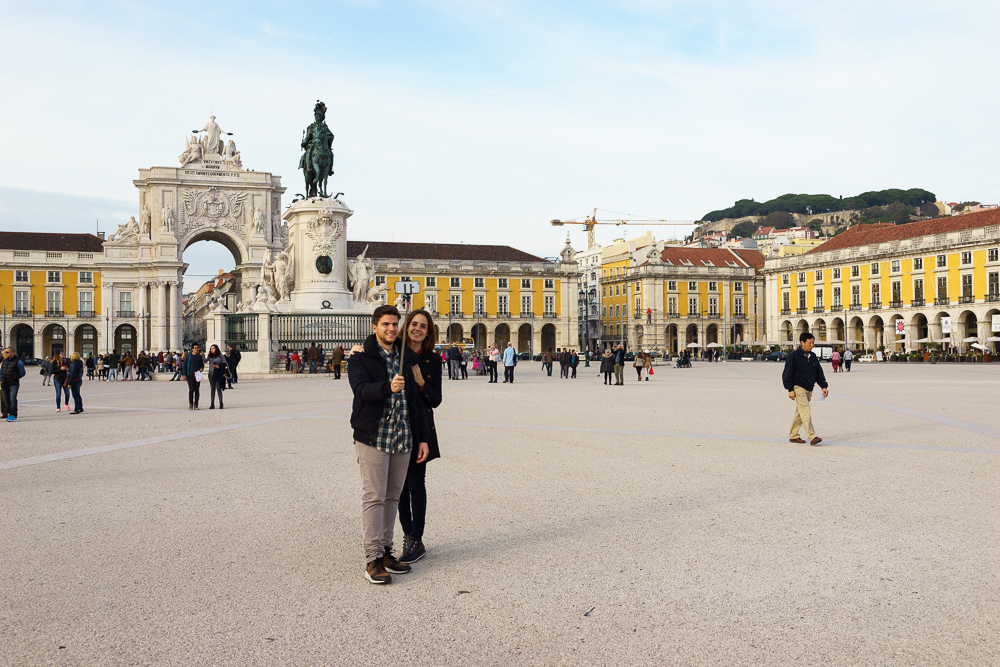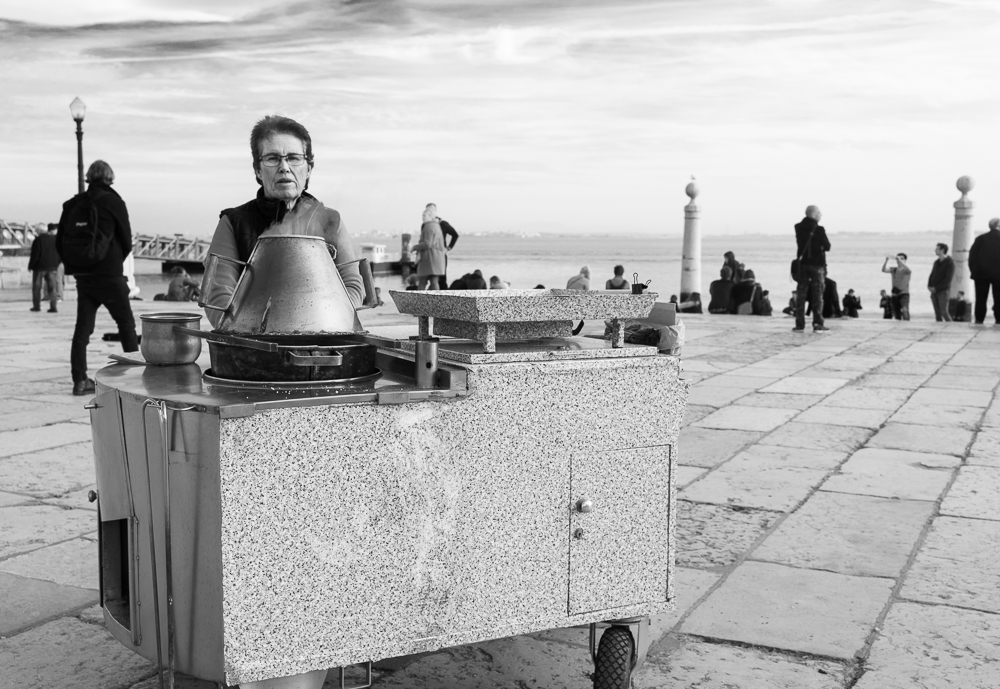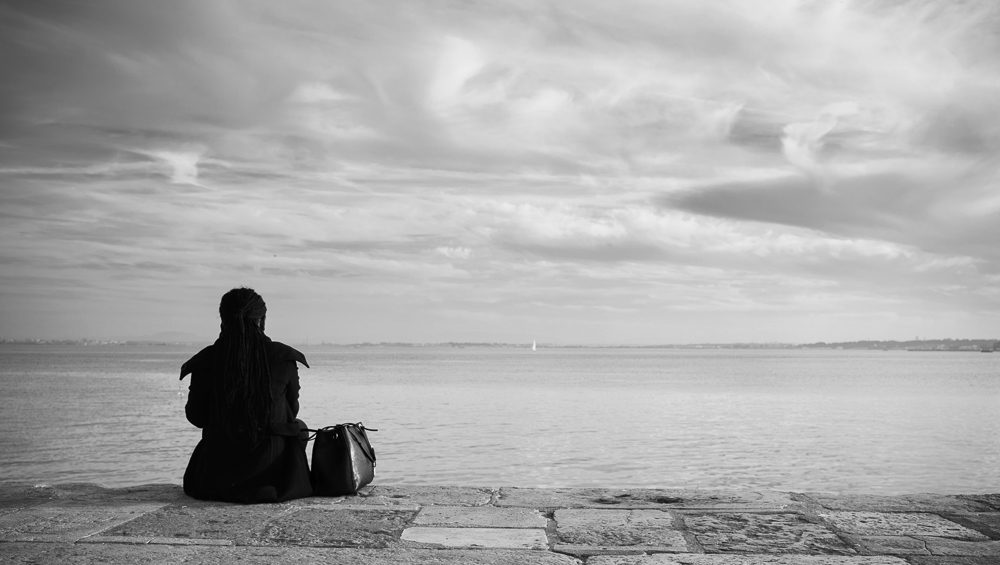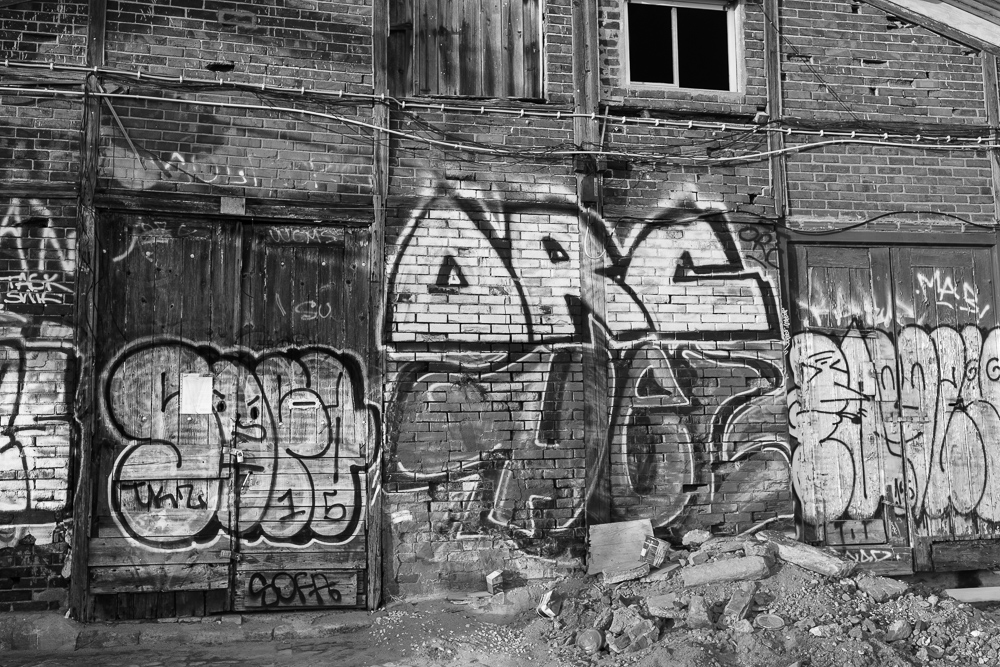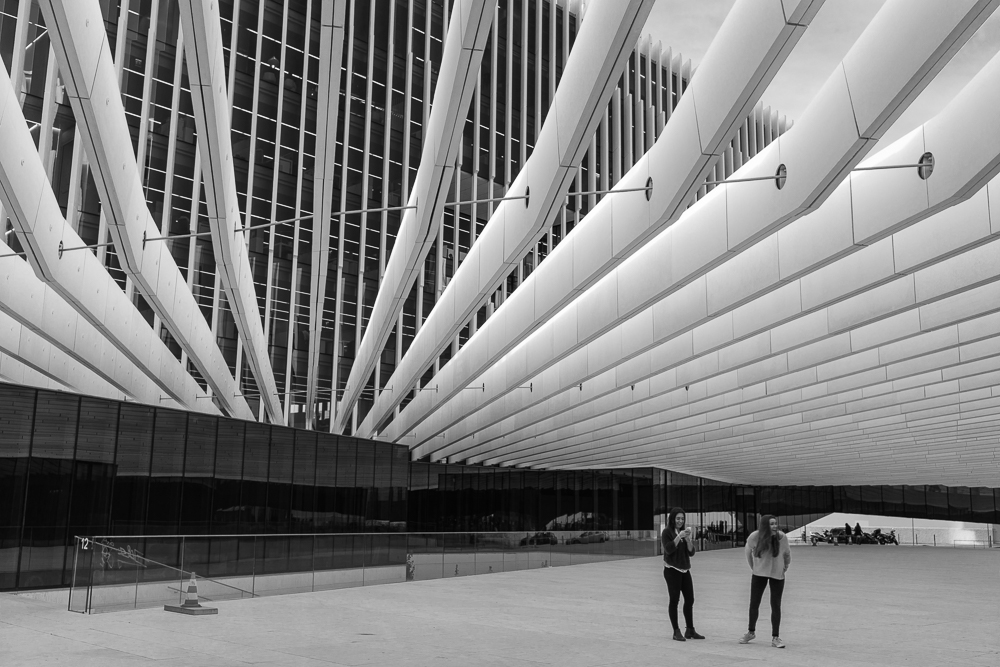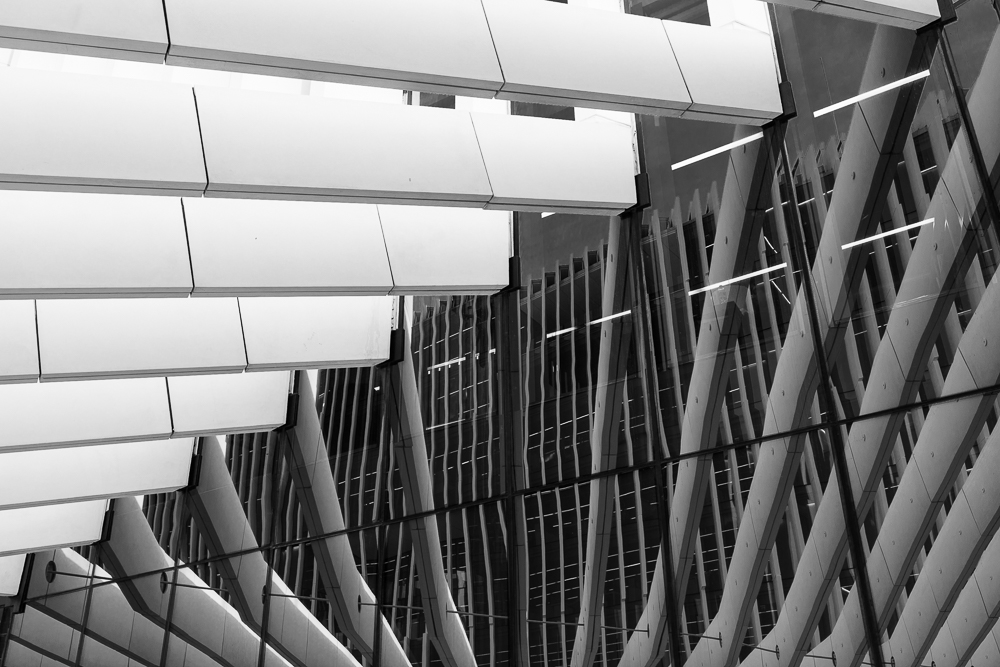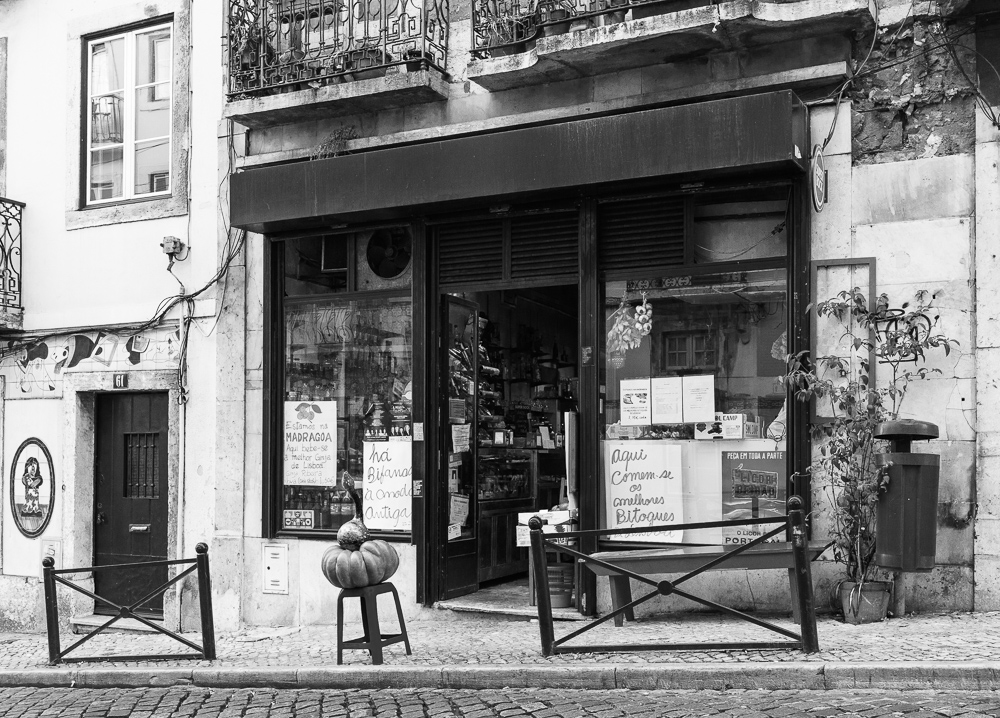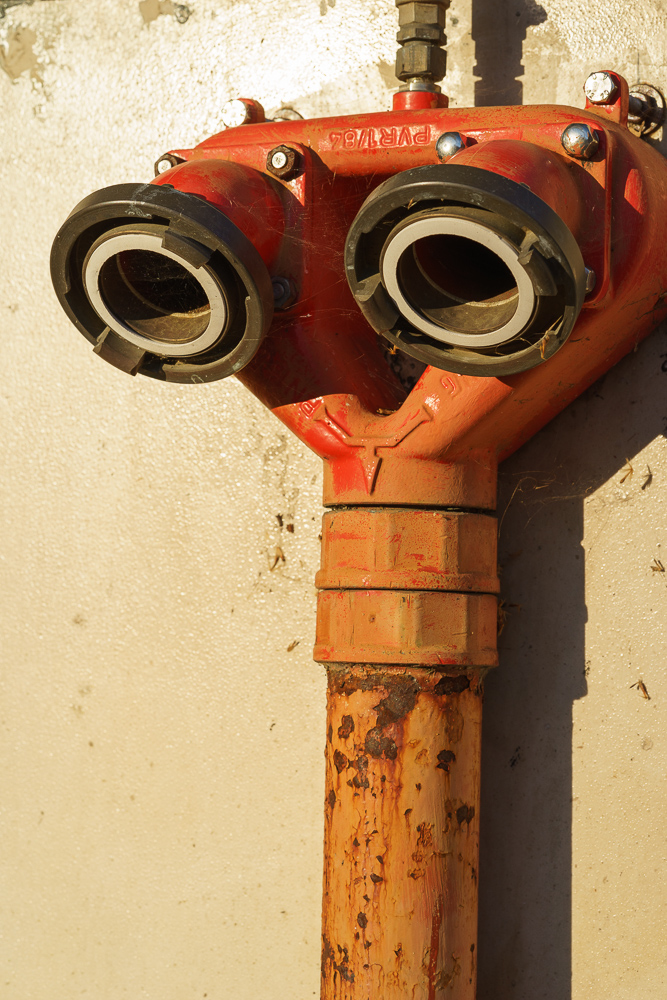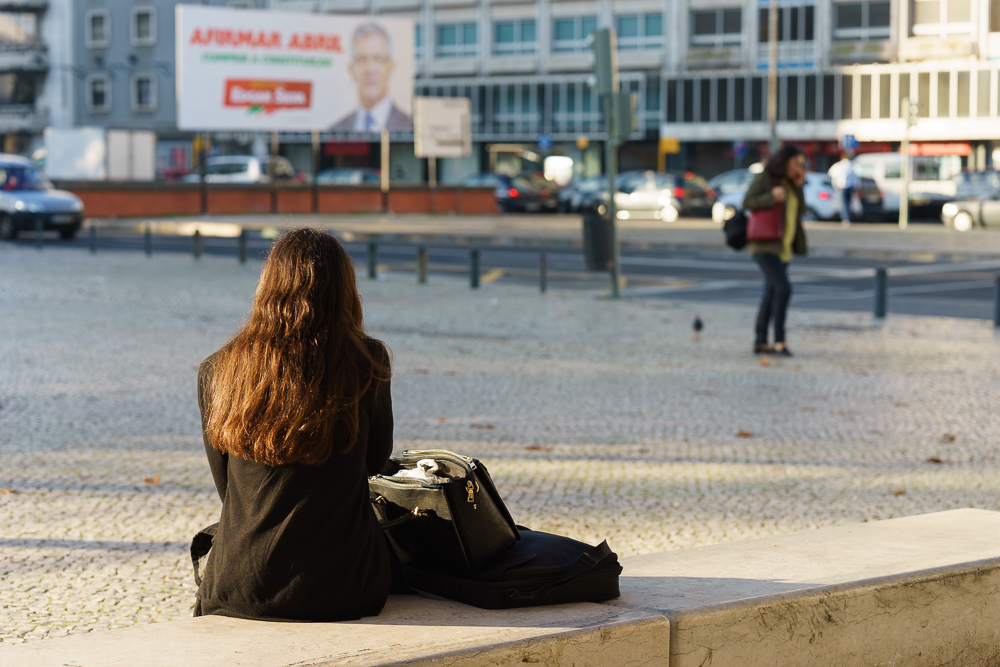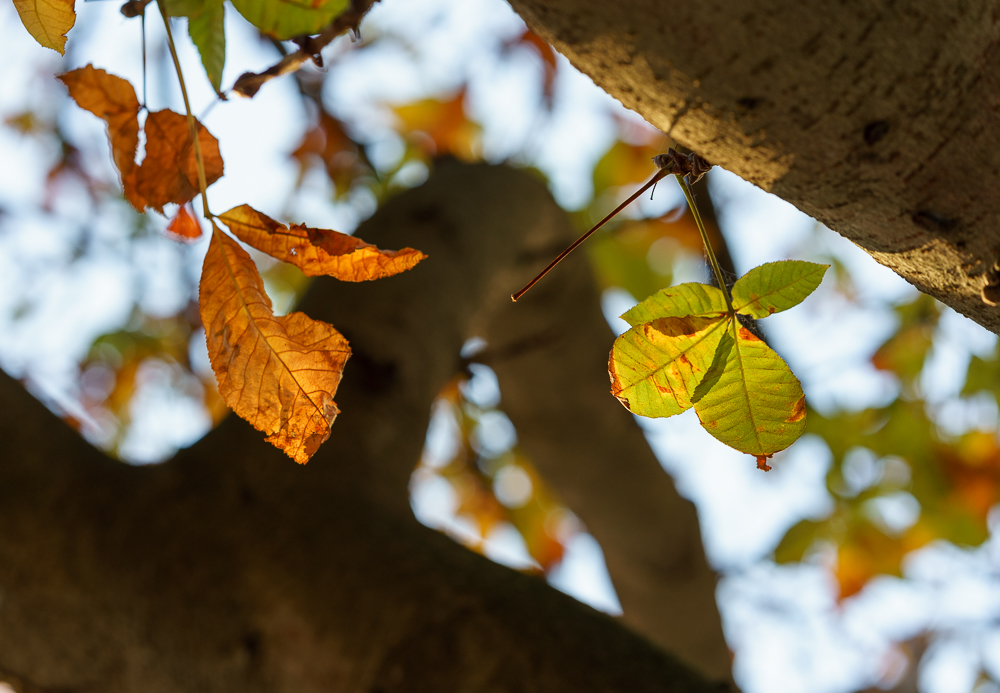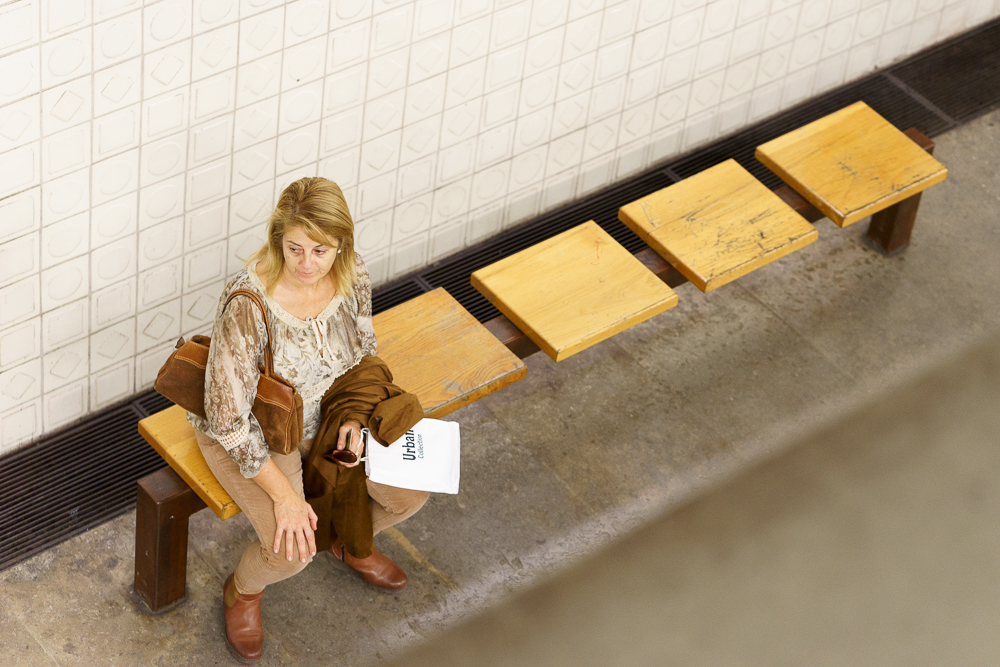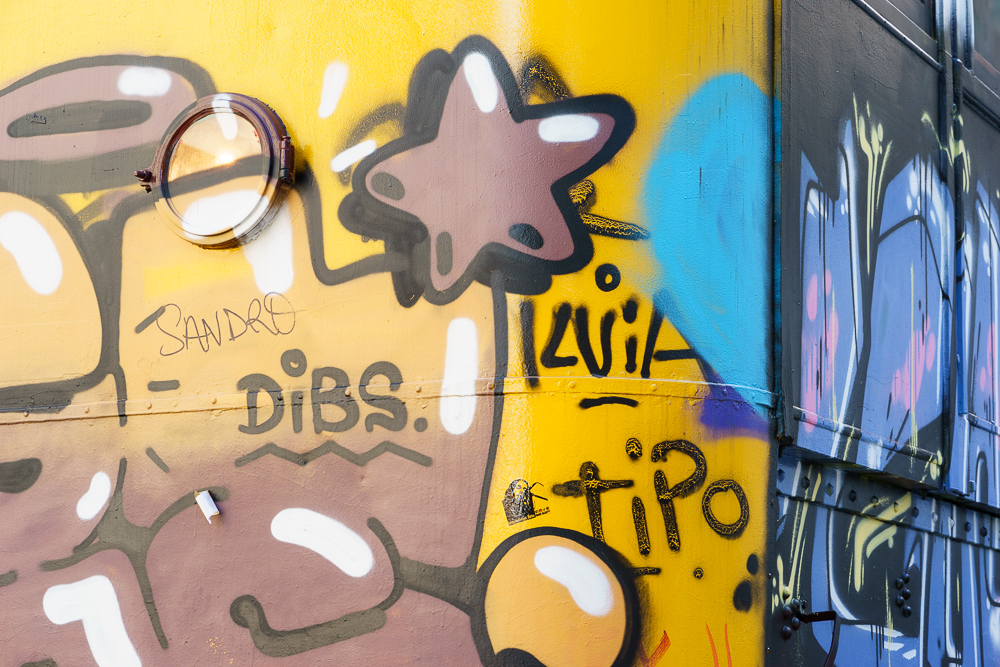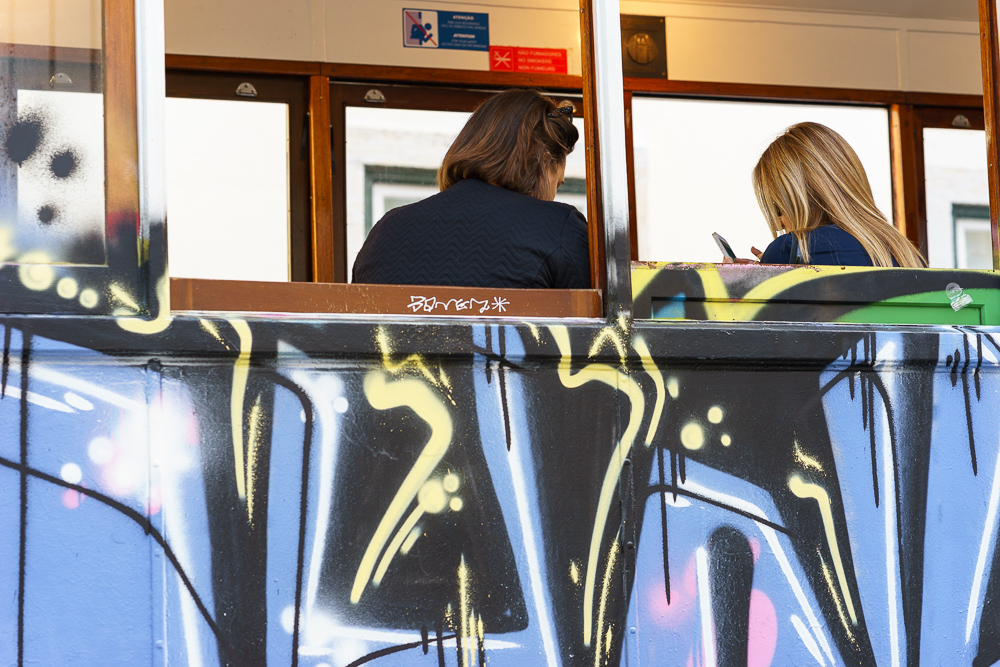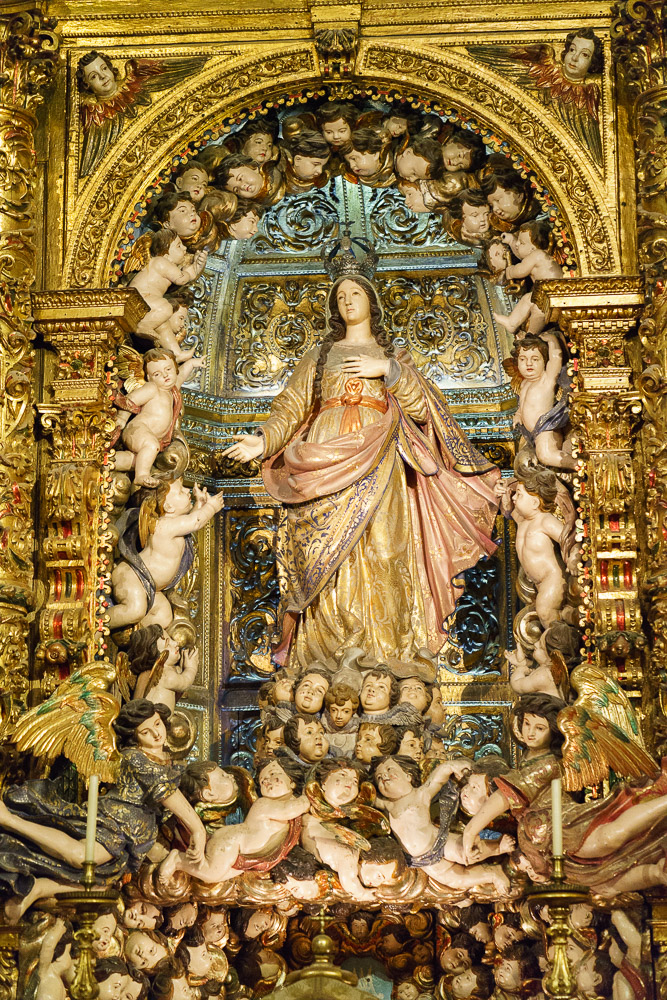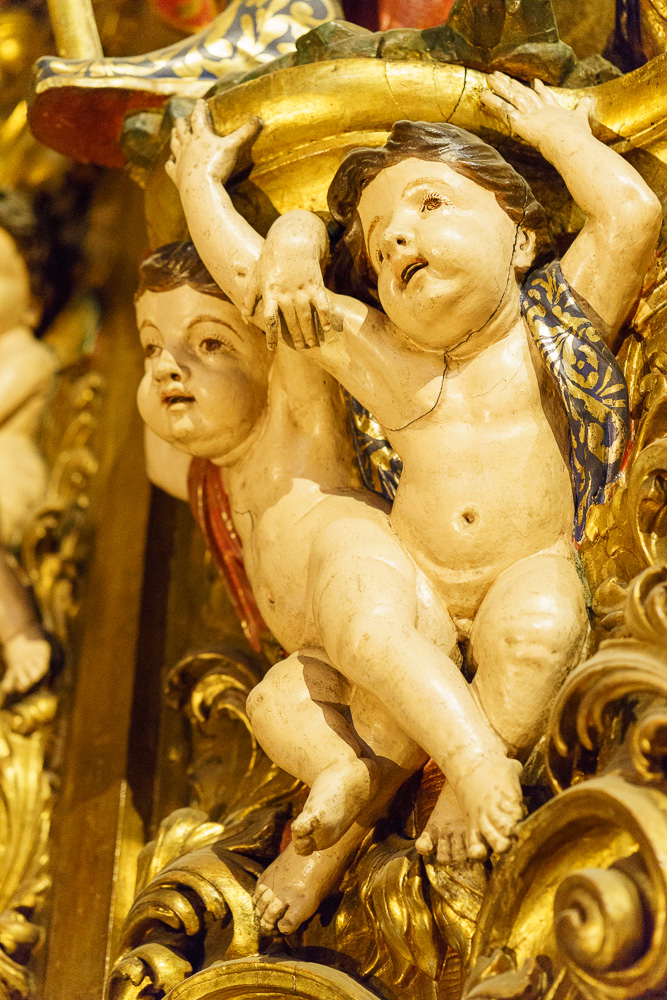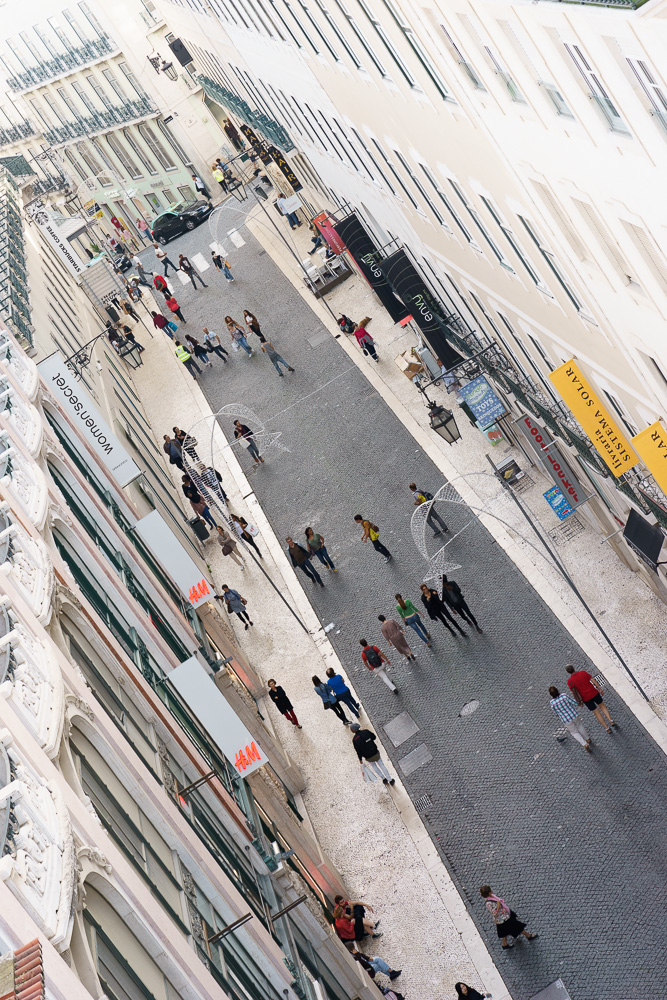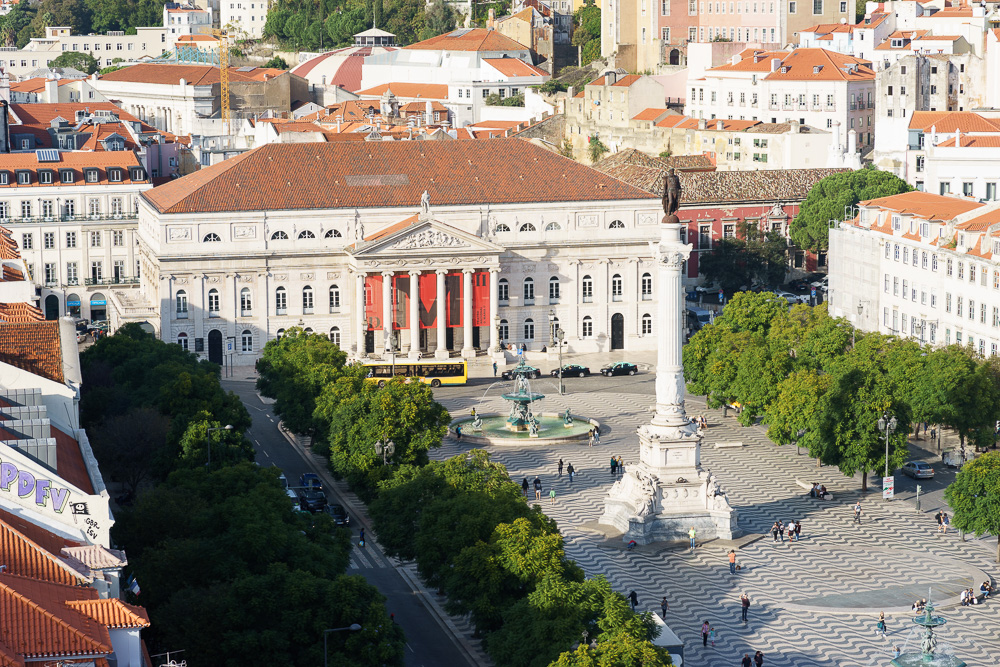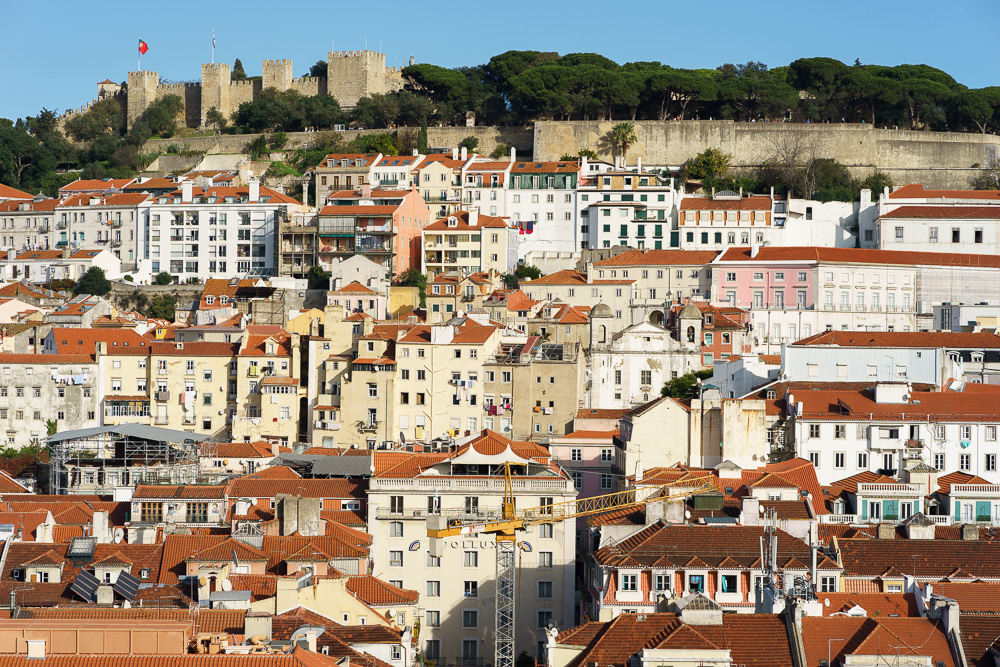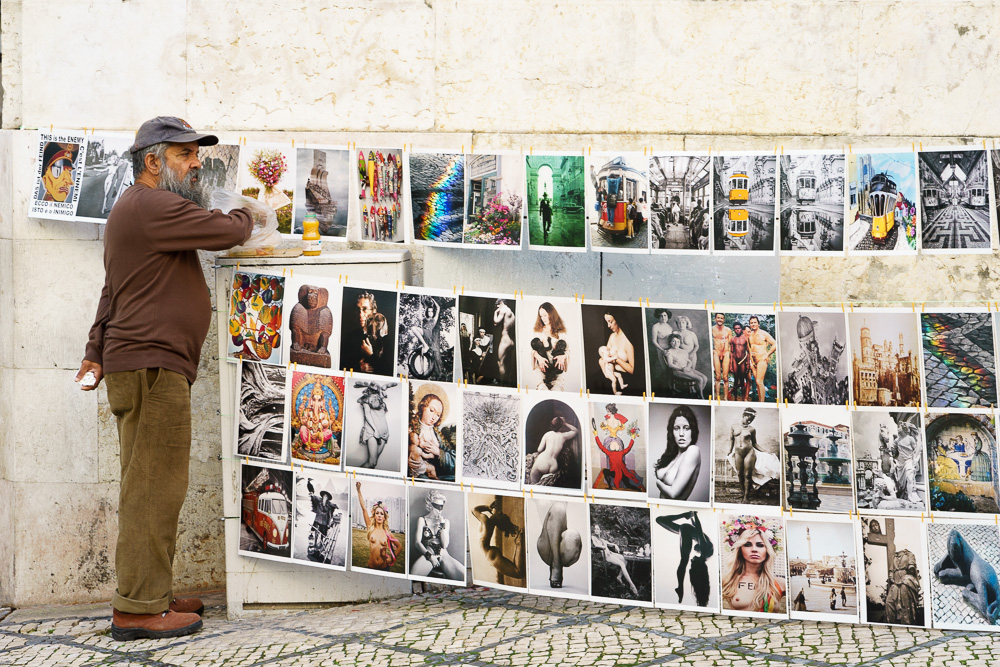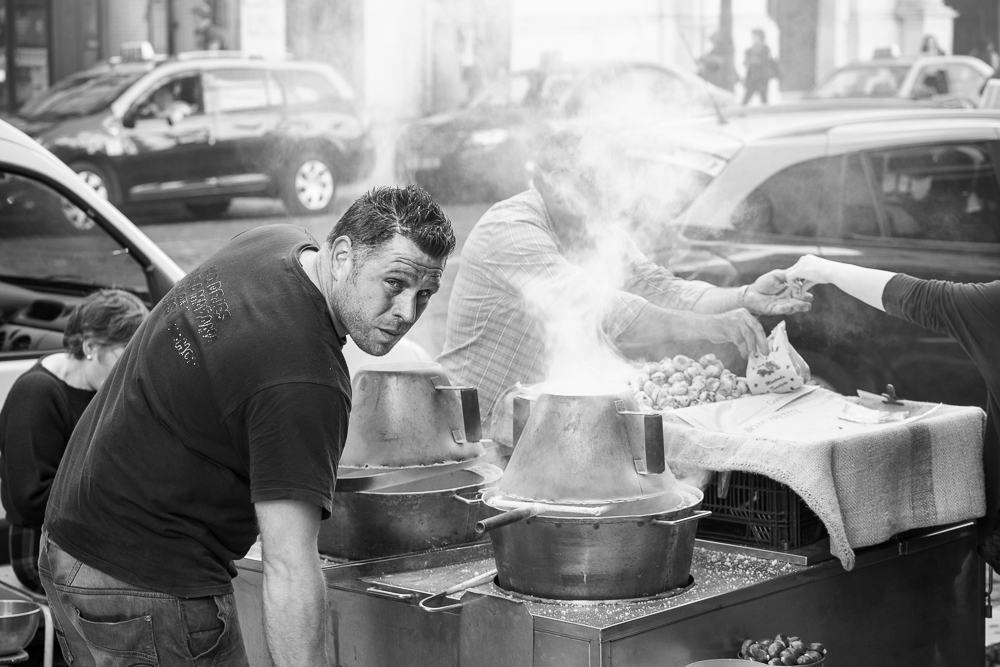About 1 km north of Cabo da Roca lies what the Michelin Guide has considered one of the most beautiful beaches in the world, Ursa. The name means “female bear” in Portuguese, and supposedly comes from the shape of one of the local sea stacks. Even though I live about a 40 minute drive away, I have not been to Ursa for many years. The area has become a tourist magnet, with countless buses stopping at Cabo da Roca, which is part of the Cascais – Sintra touring route. There are countless interesting places to visit in the region, with Cabo da Roca being the westernmost point in continental Europe.
Still, the place is indeed beautiful, so I planned for a visit when the tide would be low, just before sunset. Quite often such plans are challenged by the typical fog that covers the region of Sintra, but such is part of its charm. For this visit a few days ago, the sky was a nice clear blue, which is actually not very interesting for photography, but as photographers we have to adapt to any conditions. It was also nice to have my daughter for company, so I considered myself lucky. While I had my 2 cameras and 2 lenses, she carried her smartphone; sign of the times.
Stopping at Cabo da Roca is mandatory, and I took the opportunity to make a panorama of the amazing view over the mountains and sea.
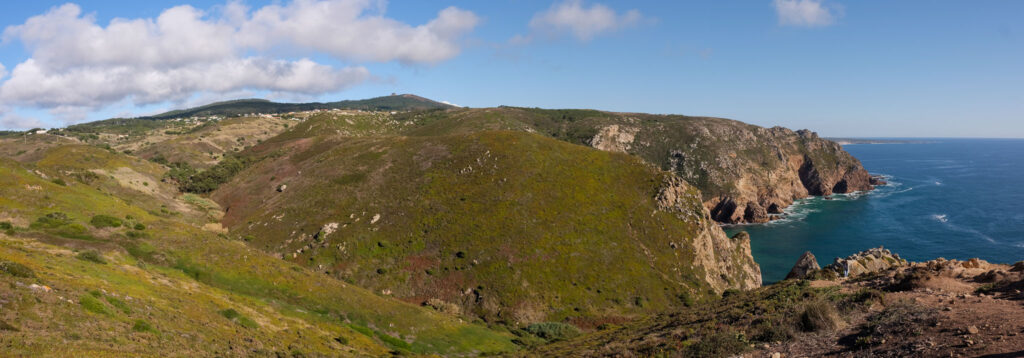
From there, we made our way to the beginning of the trail to Ursa; for the first few hundred meters, the path is generally flat, following along the plateau. After reaching the edge of the cliffs, it steepens considerably, and due care is necessary. Do not rush, because the view over Ursa is really nice. Given that the access is difficult, this beach is never crowded, and such was the case on this afternoon. Still, there were people around, many taking photos, and also enjoying the sunshine and the surf. I walked around for a while, exploring the area and looking for interesting compositions. The famous sea stacks are the obvious subjects, but other smaller details are also worth your attention. Like the dark vertical volcanic lodes that have intruded into the surrounding rocks, during the opening of the Atlantic ocean.
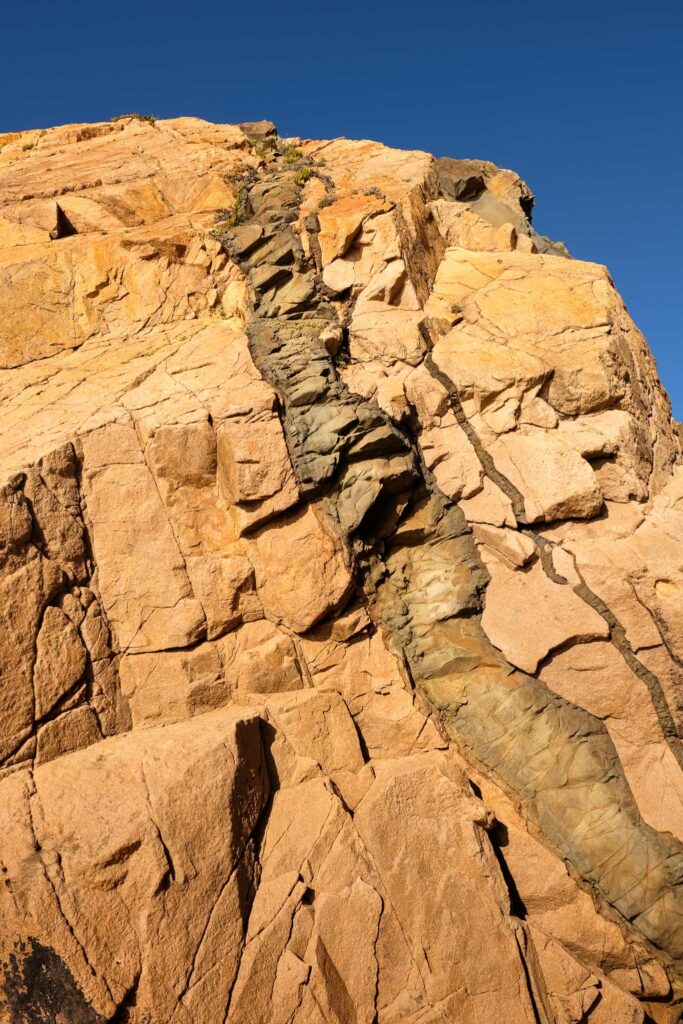
As the tide was going down, other parts of the beach became accessible, so I headed into its southern part and made a few more photos. The sunset was approaching, so the light was quite good. I used my 10 stop neutral density filter to smooth the water, and to really make the rock formations stand out; one added benefit was to also make the people disappear in the long exposure. The conspicuous lighter sea stacks make a good contrast with the surrounding darker and orange rocks.
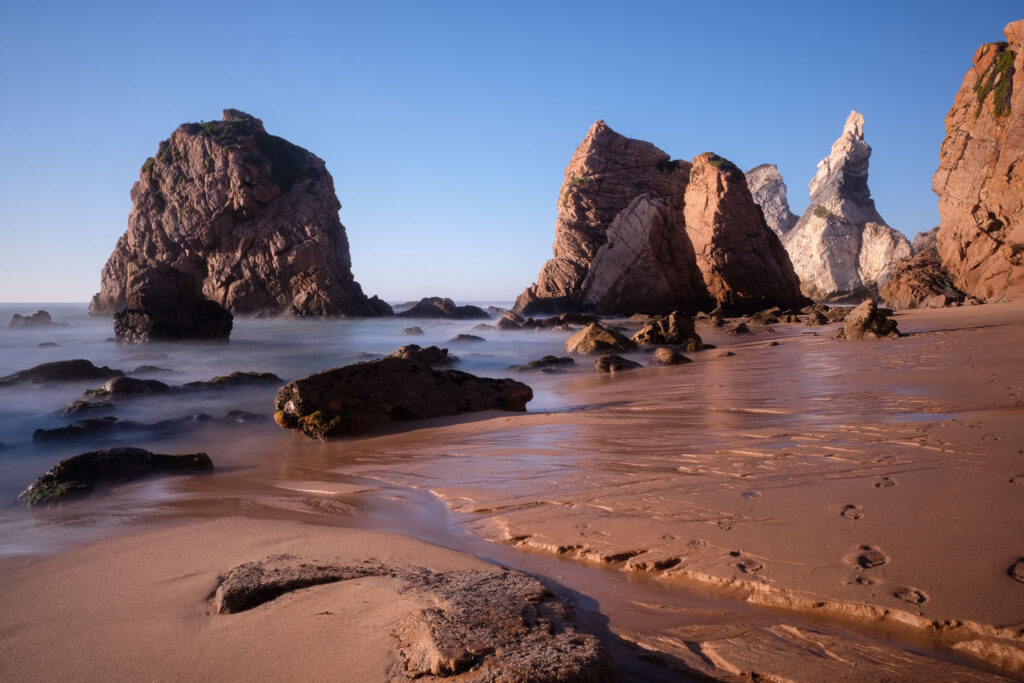
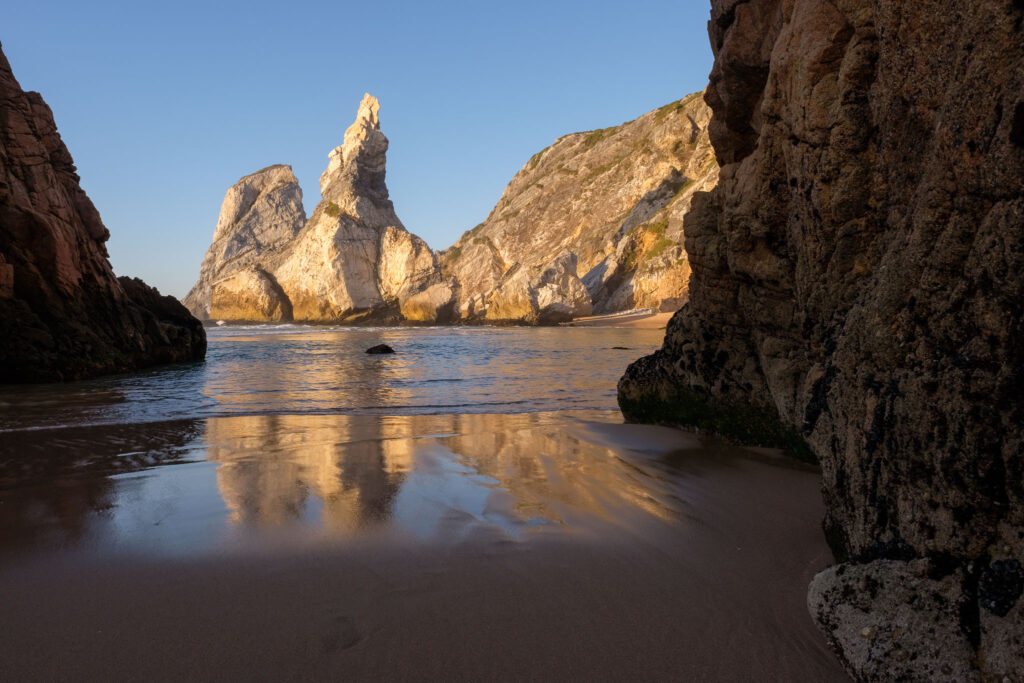
Looking around, I noticed a cormorant perched on a rock, silhouetted against the sun.
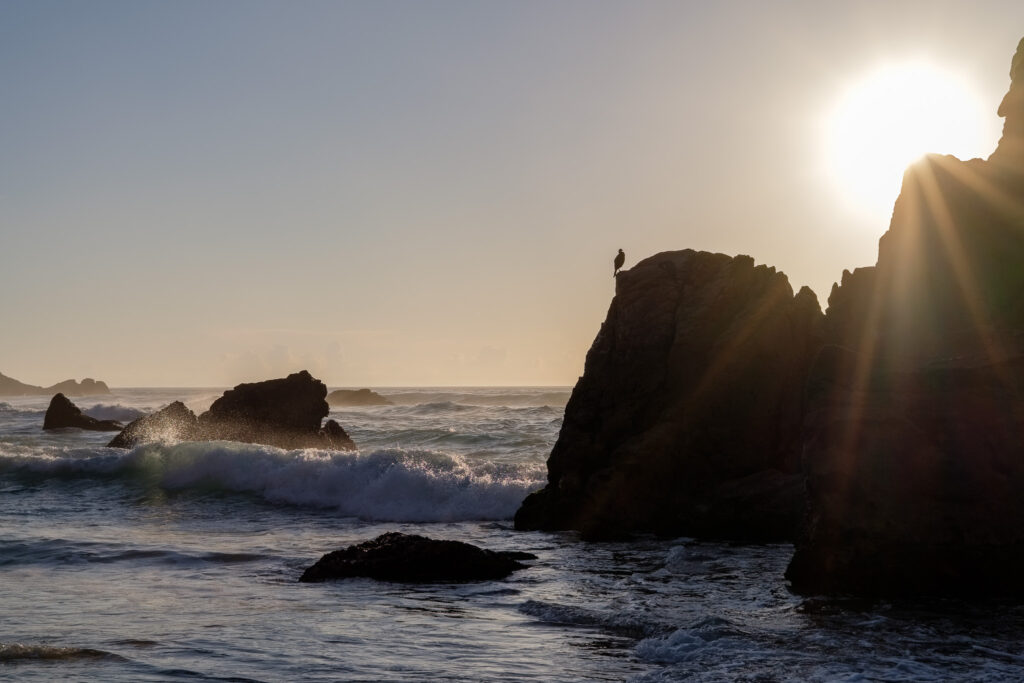
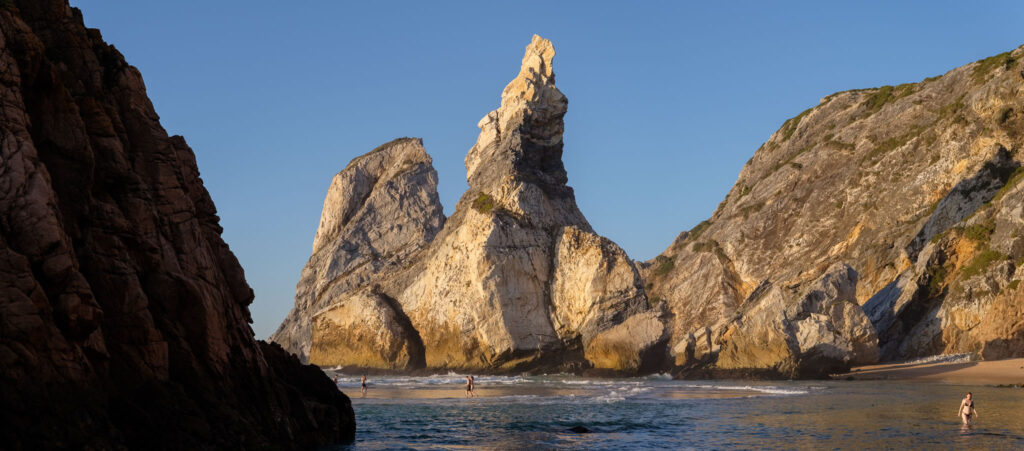
I wanted to be back on the top of the cliff to watch the sunset, so after a couple of hours, it was time to head back. Again, it is impossible not to stop and make a few more photos. Especially as the light was getting really good, changing fast from golden into softer mauve tones.
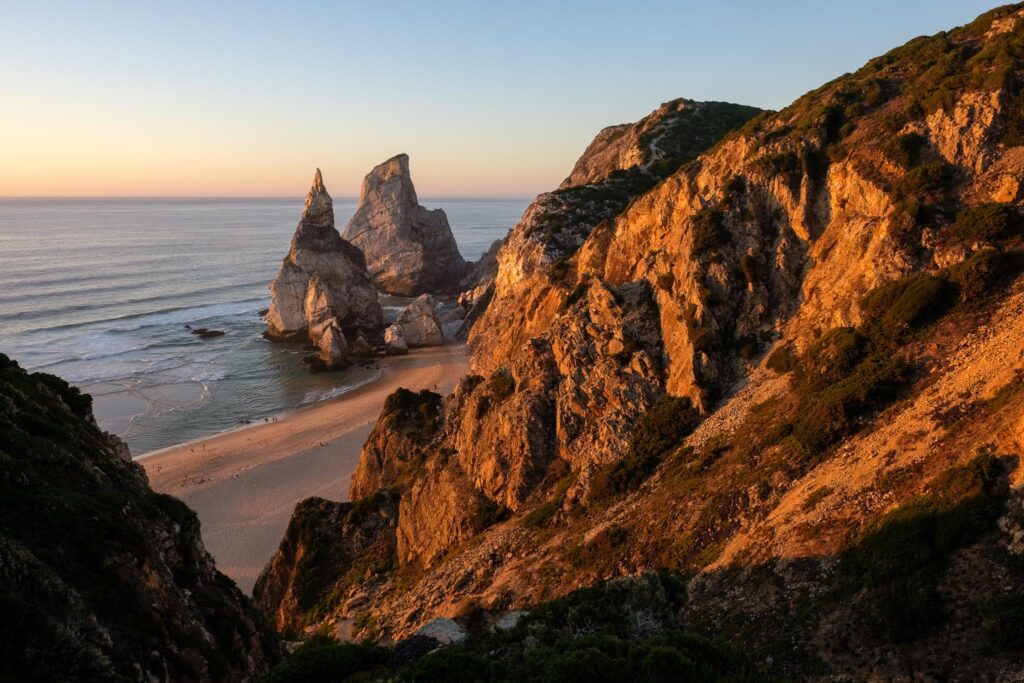
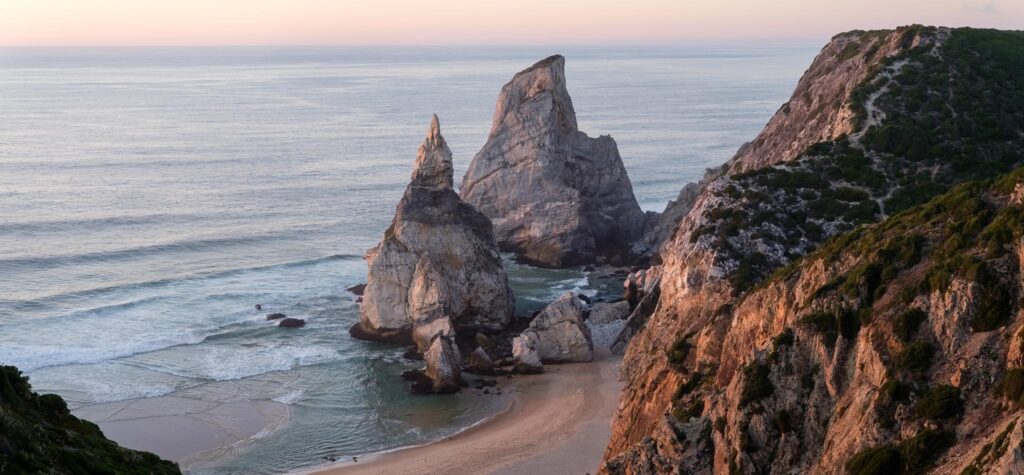
And there was also time to see the light being turned on in the Cabo da Roca lighthouse, framed against the early night. What a great way to end this nice afternoon.
